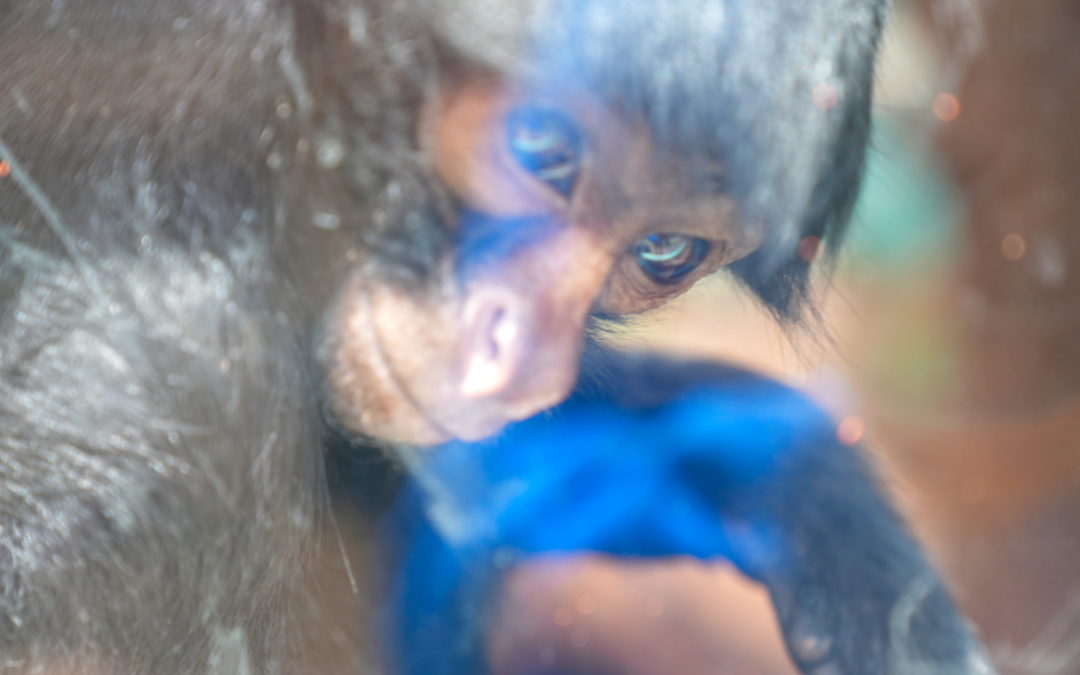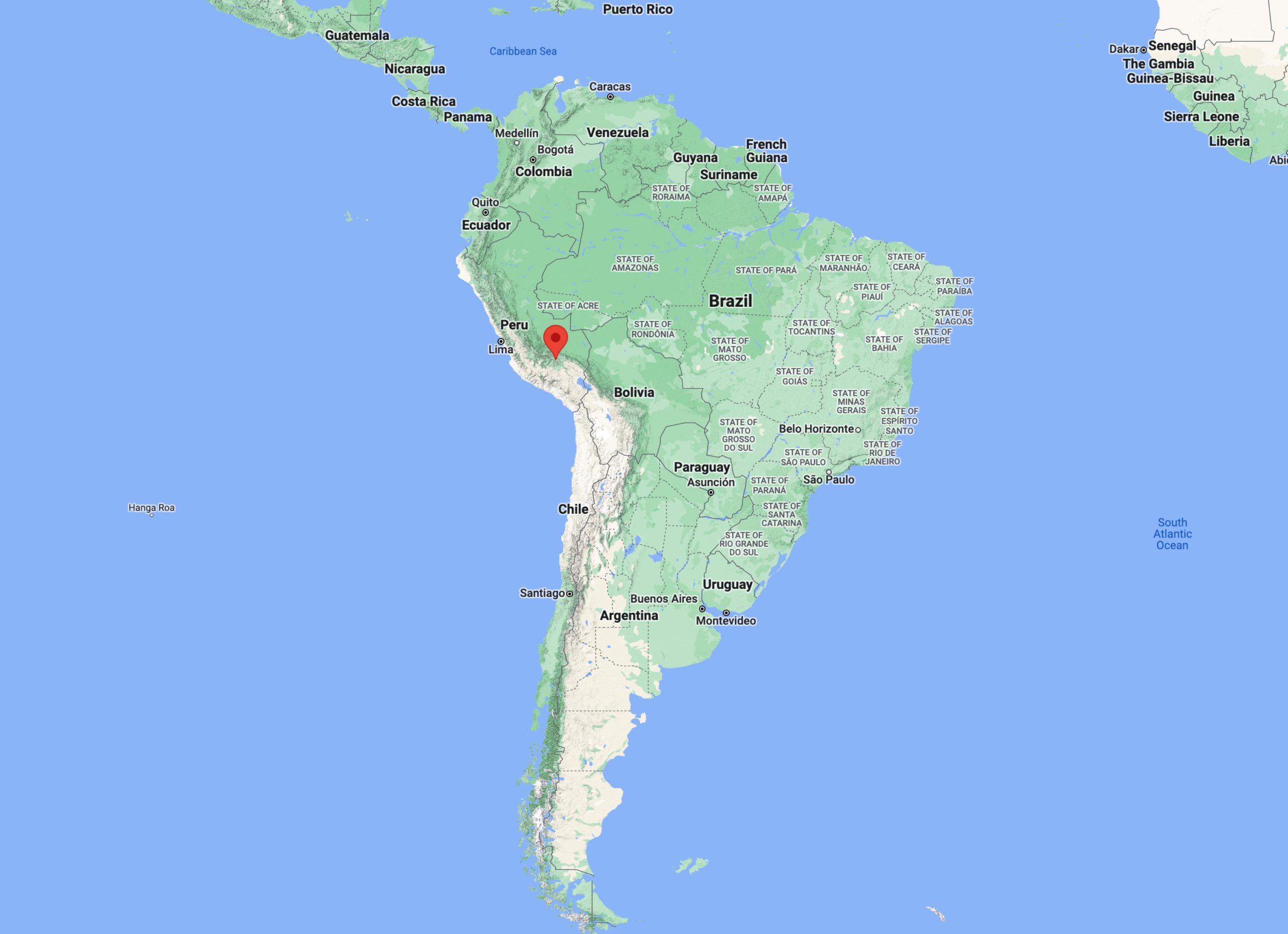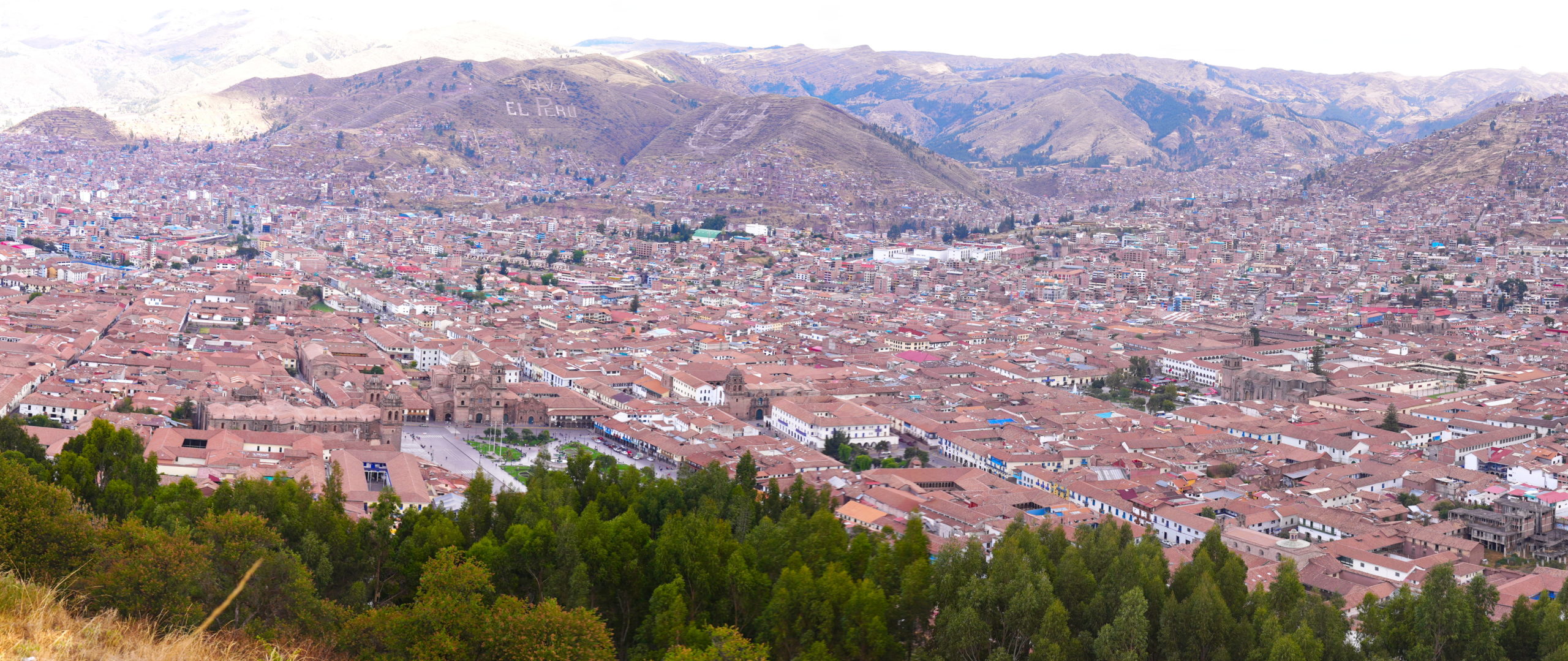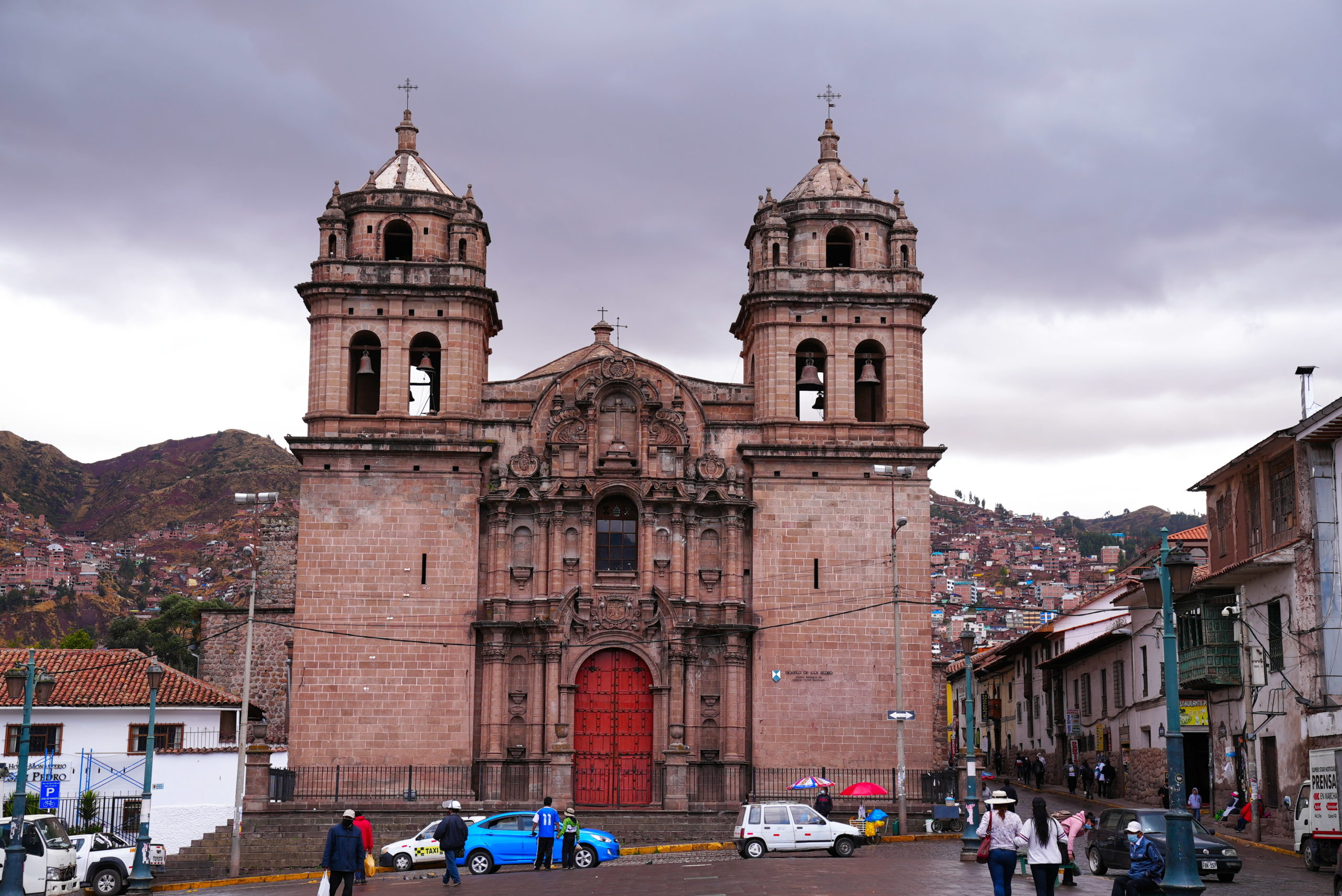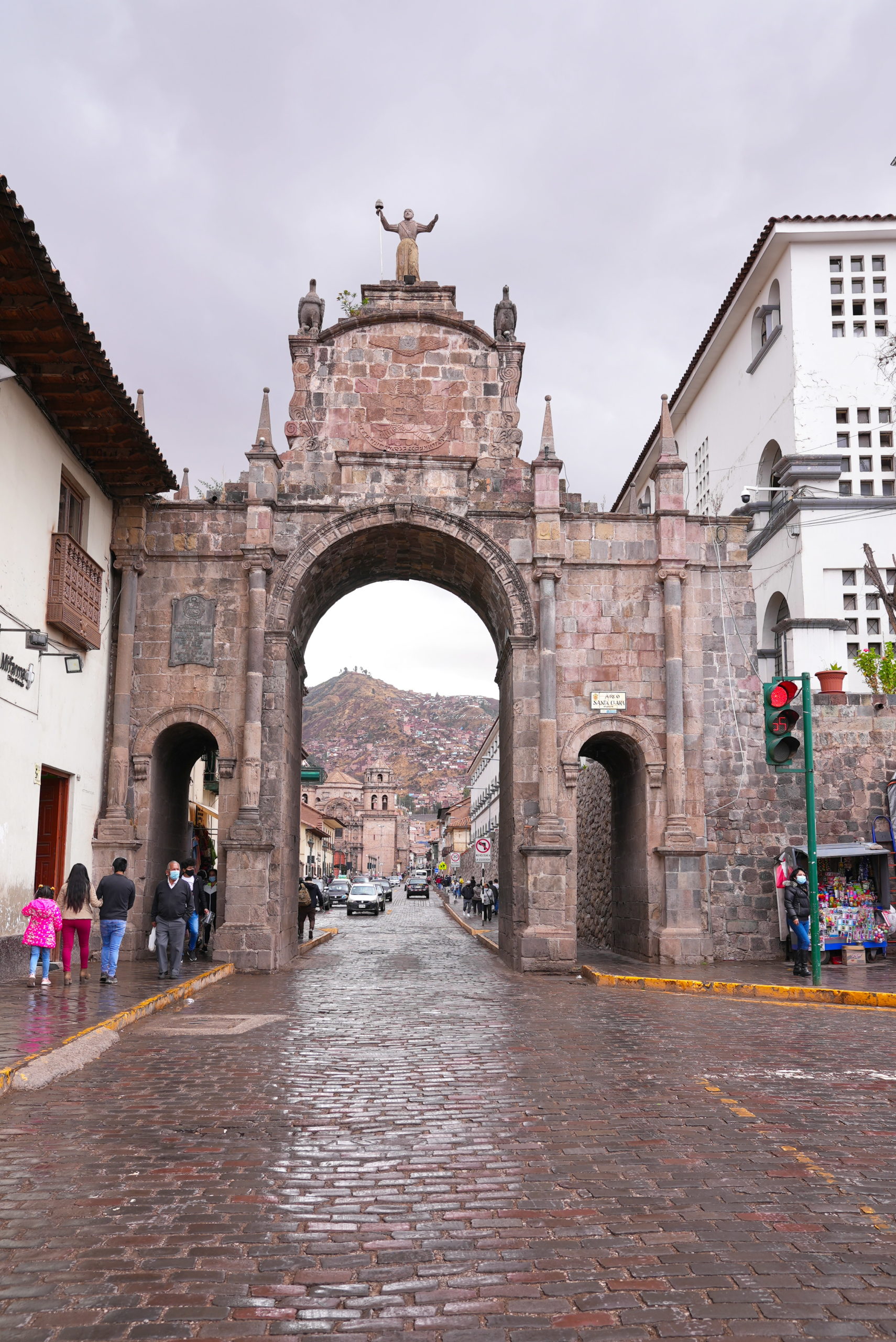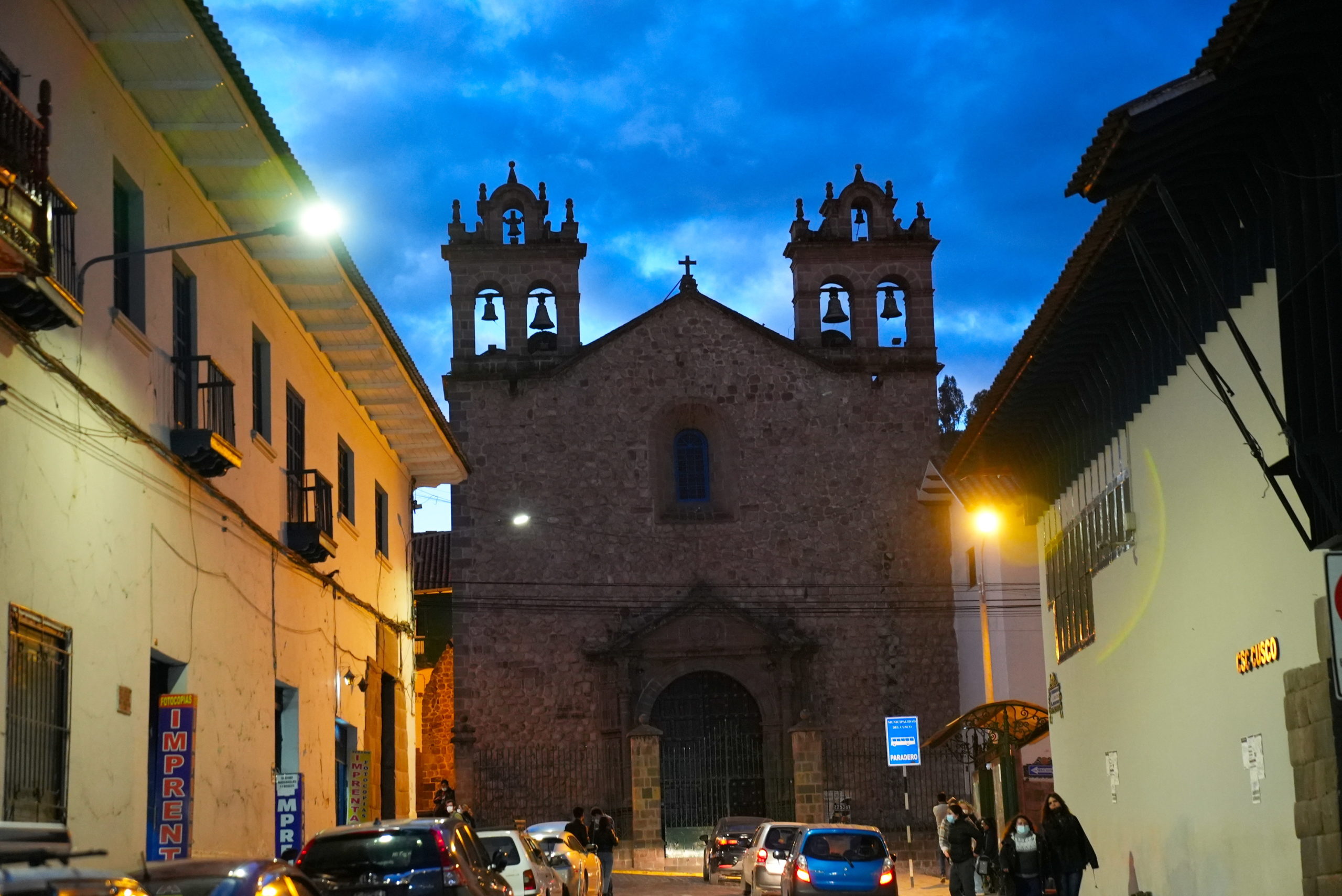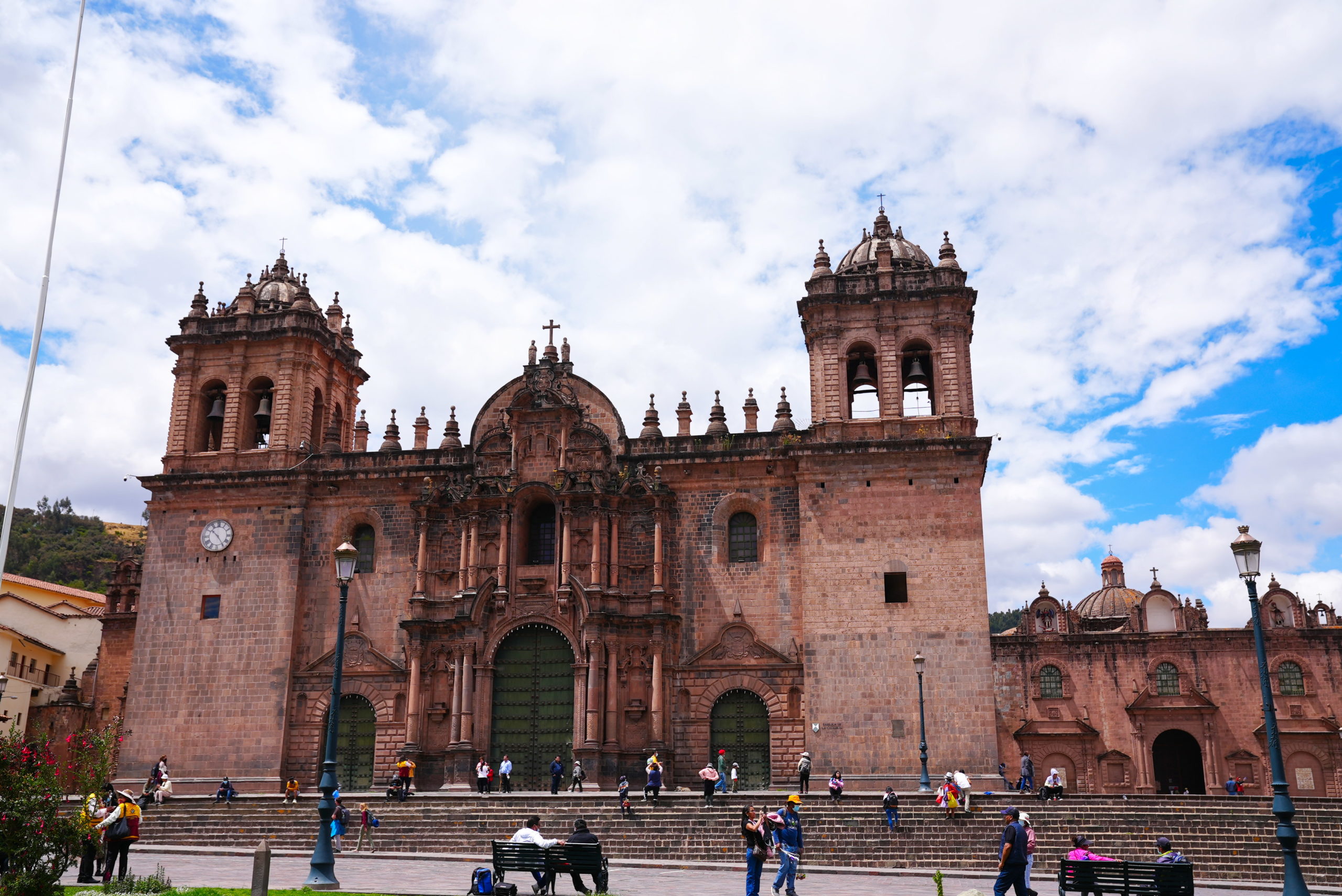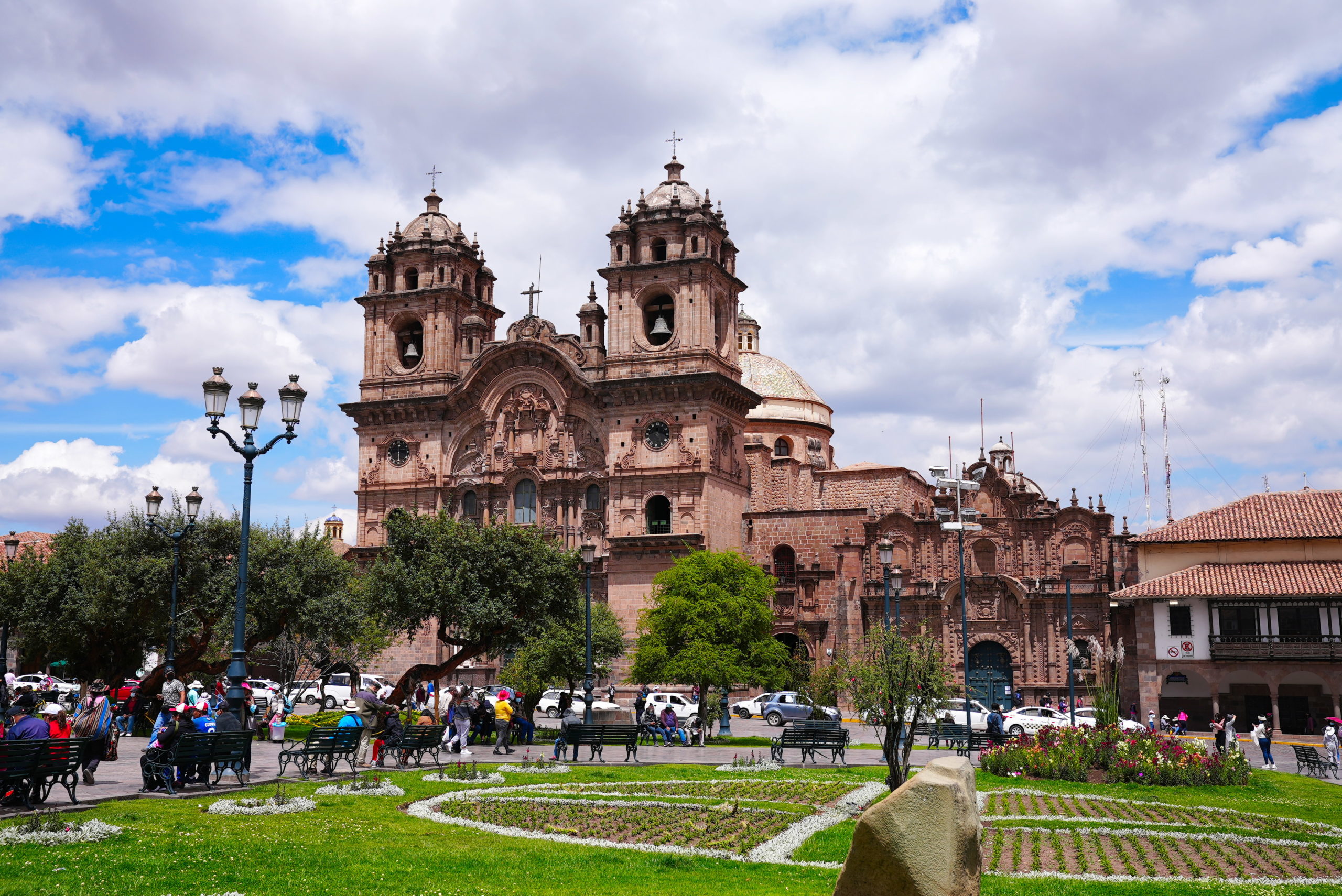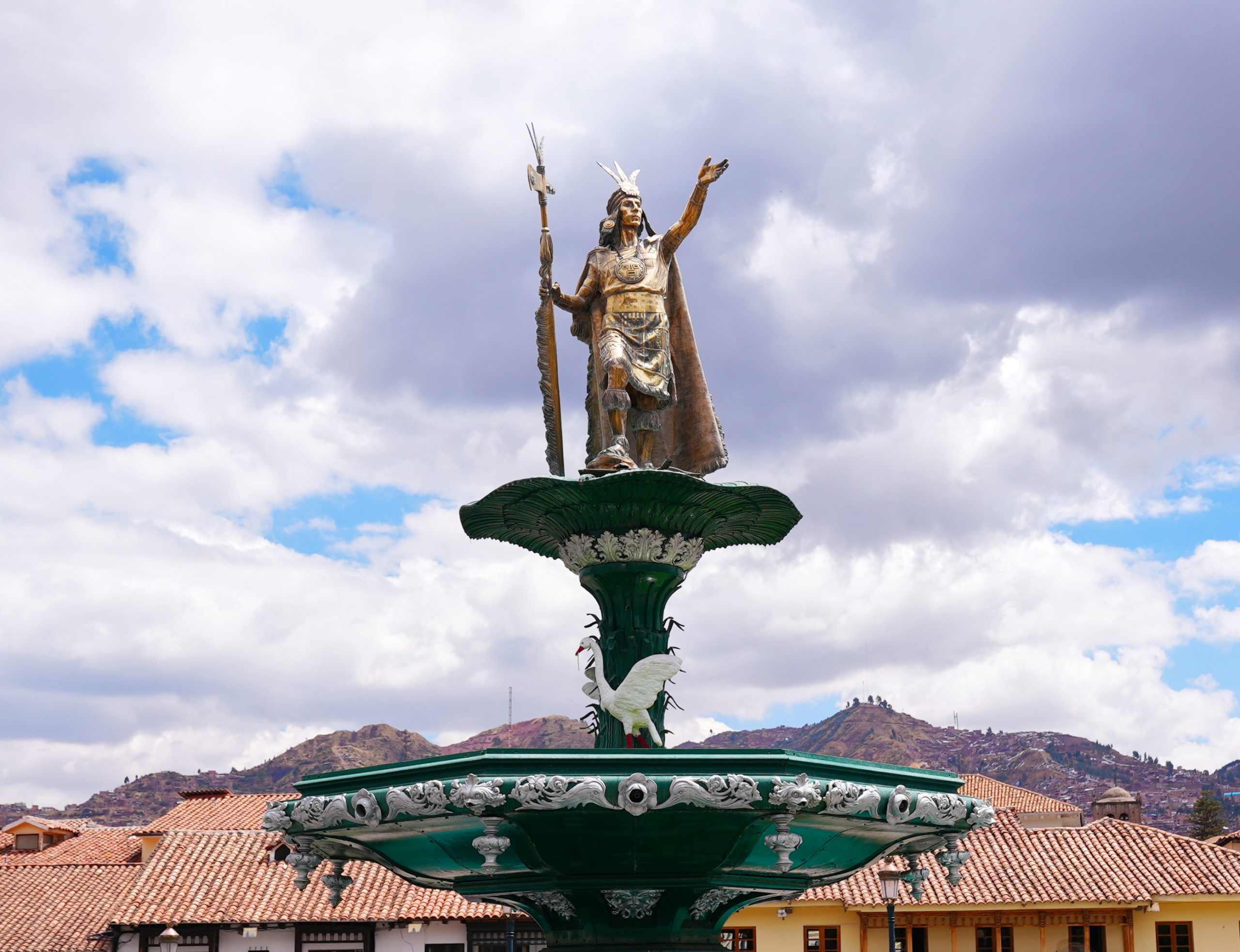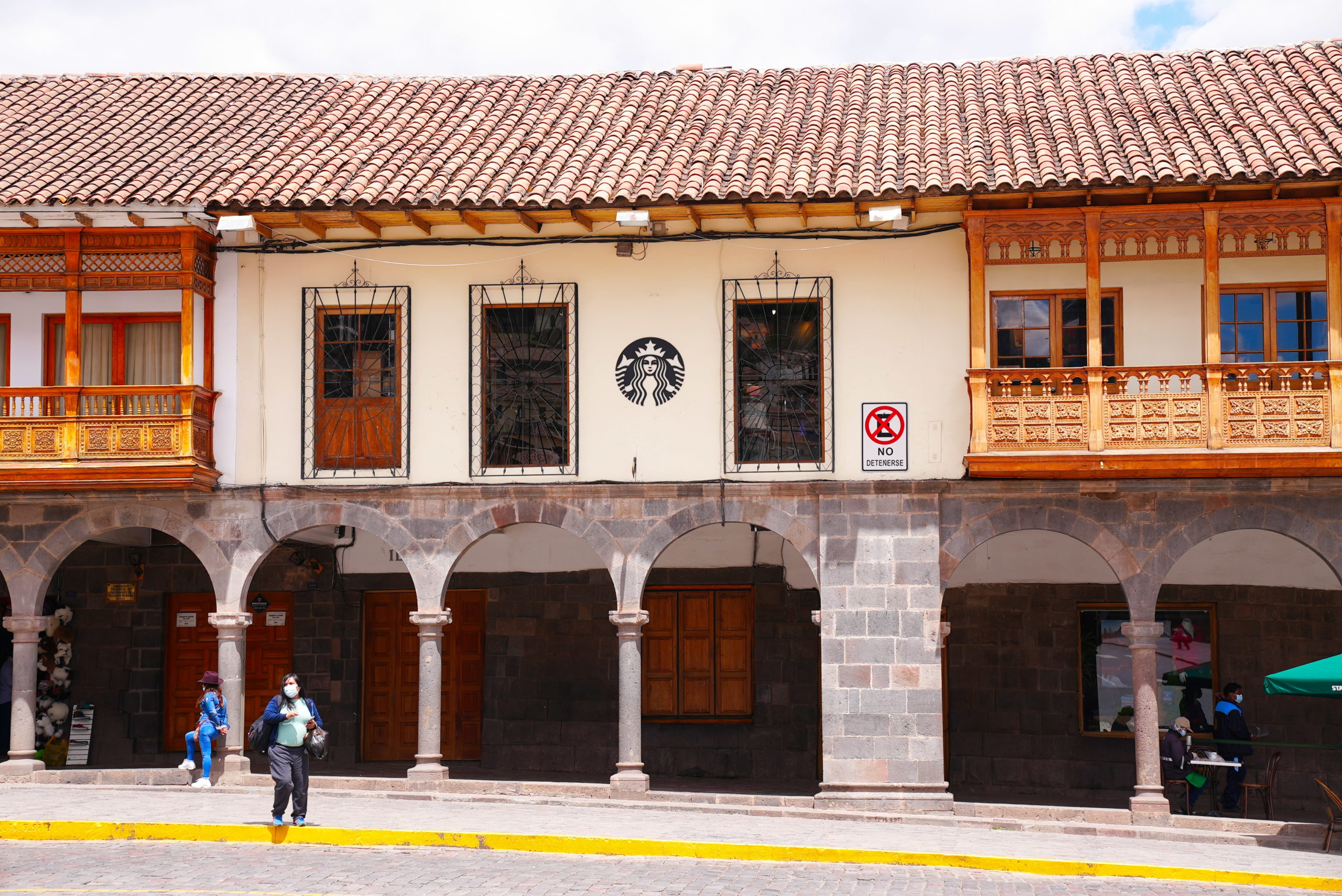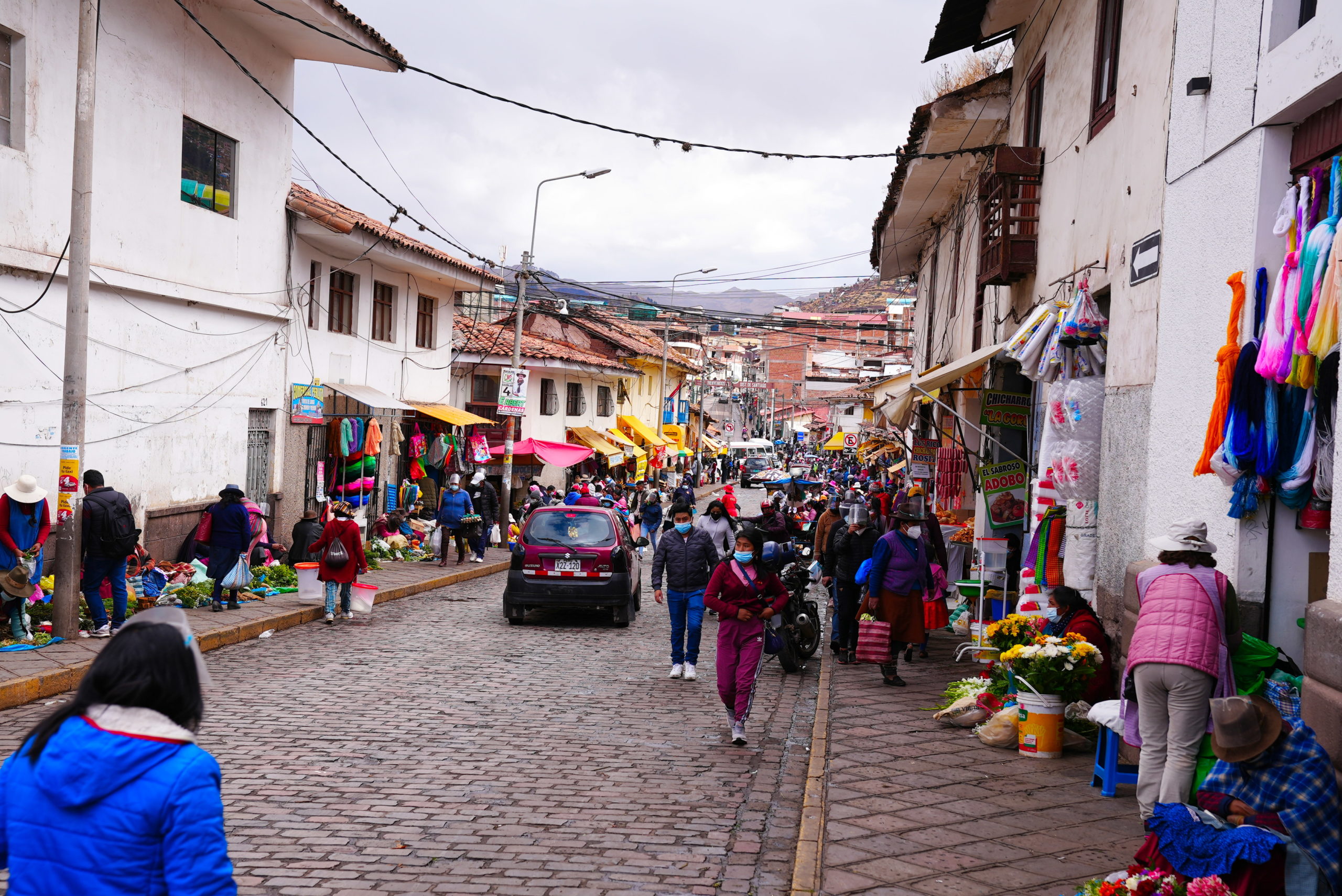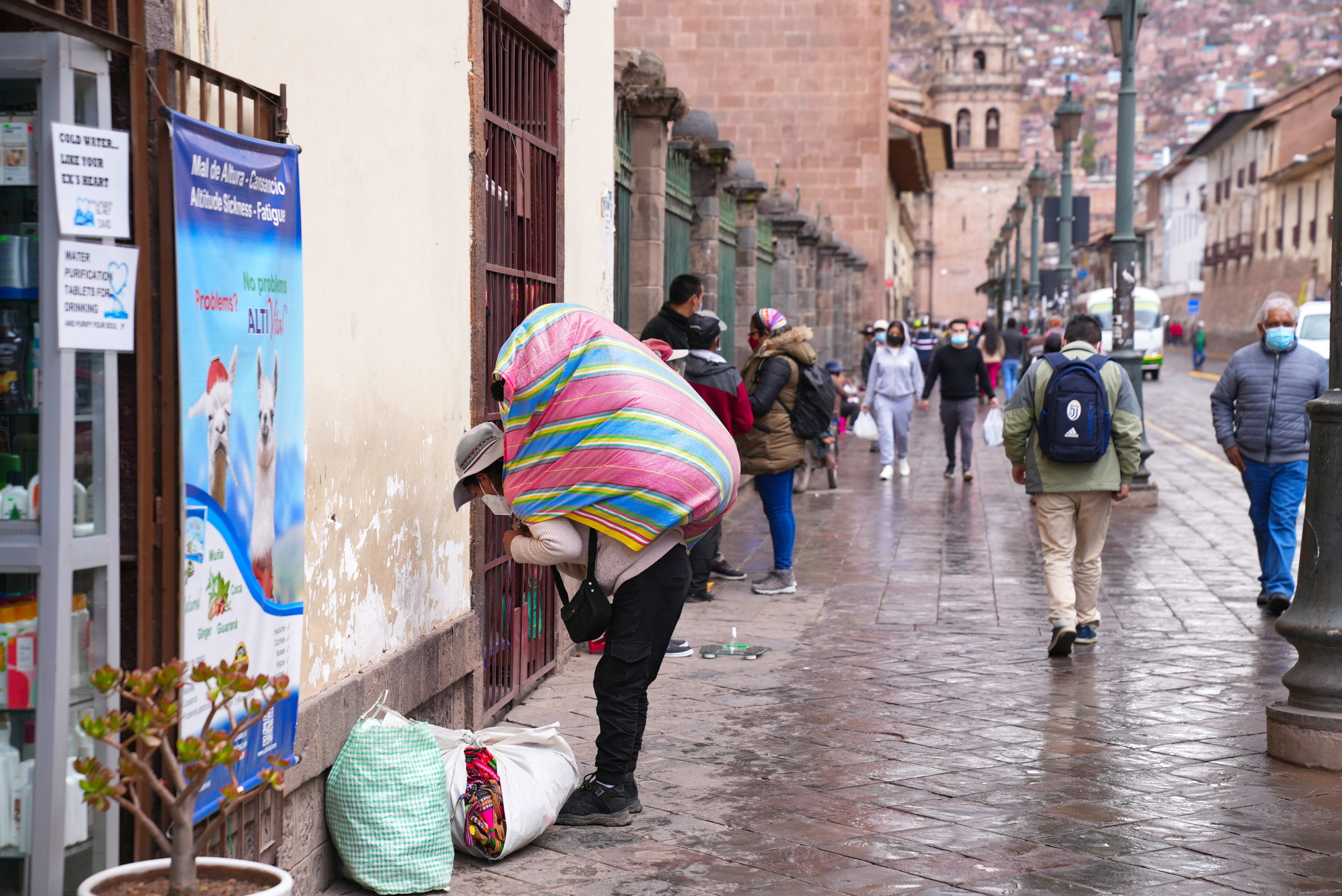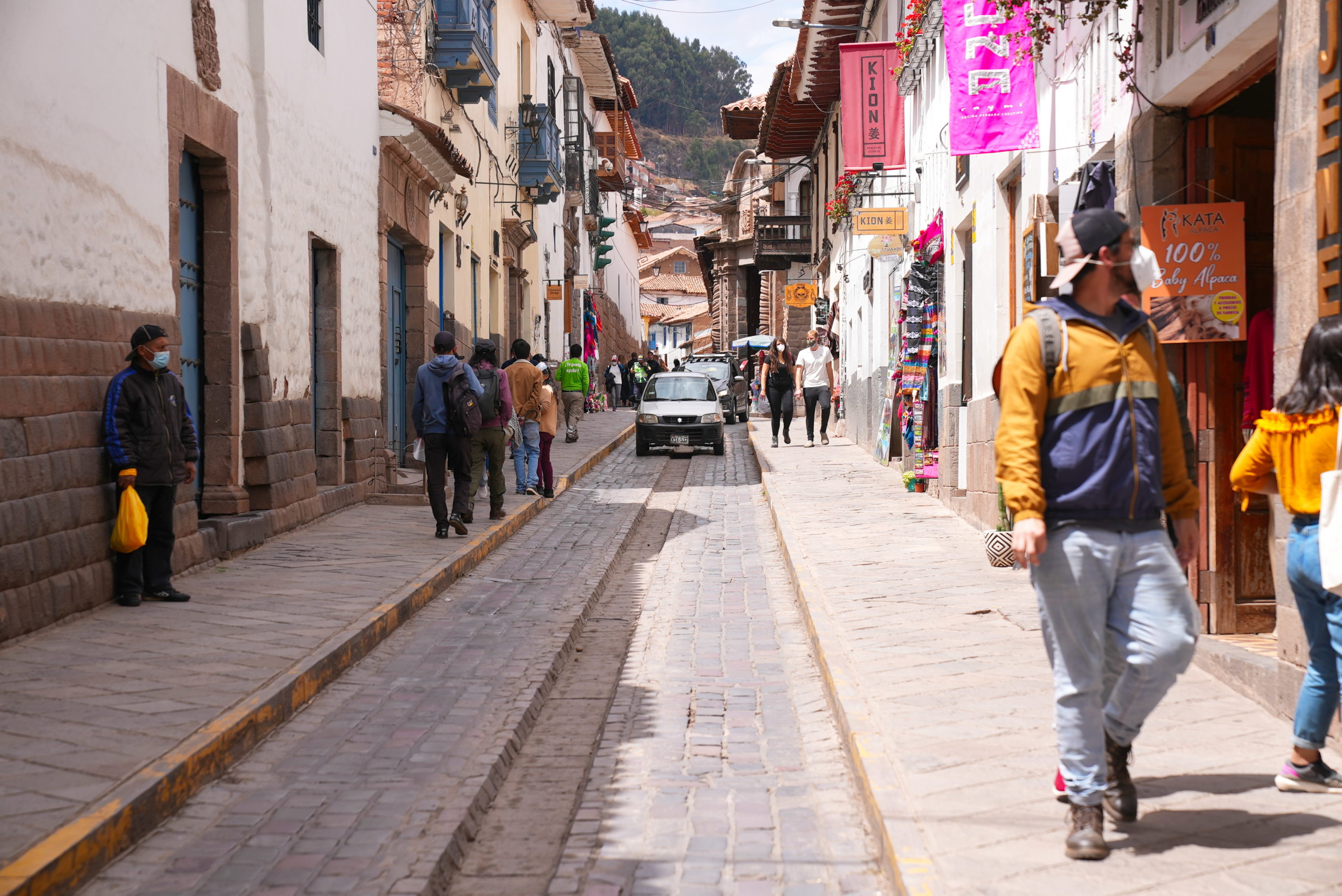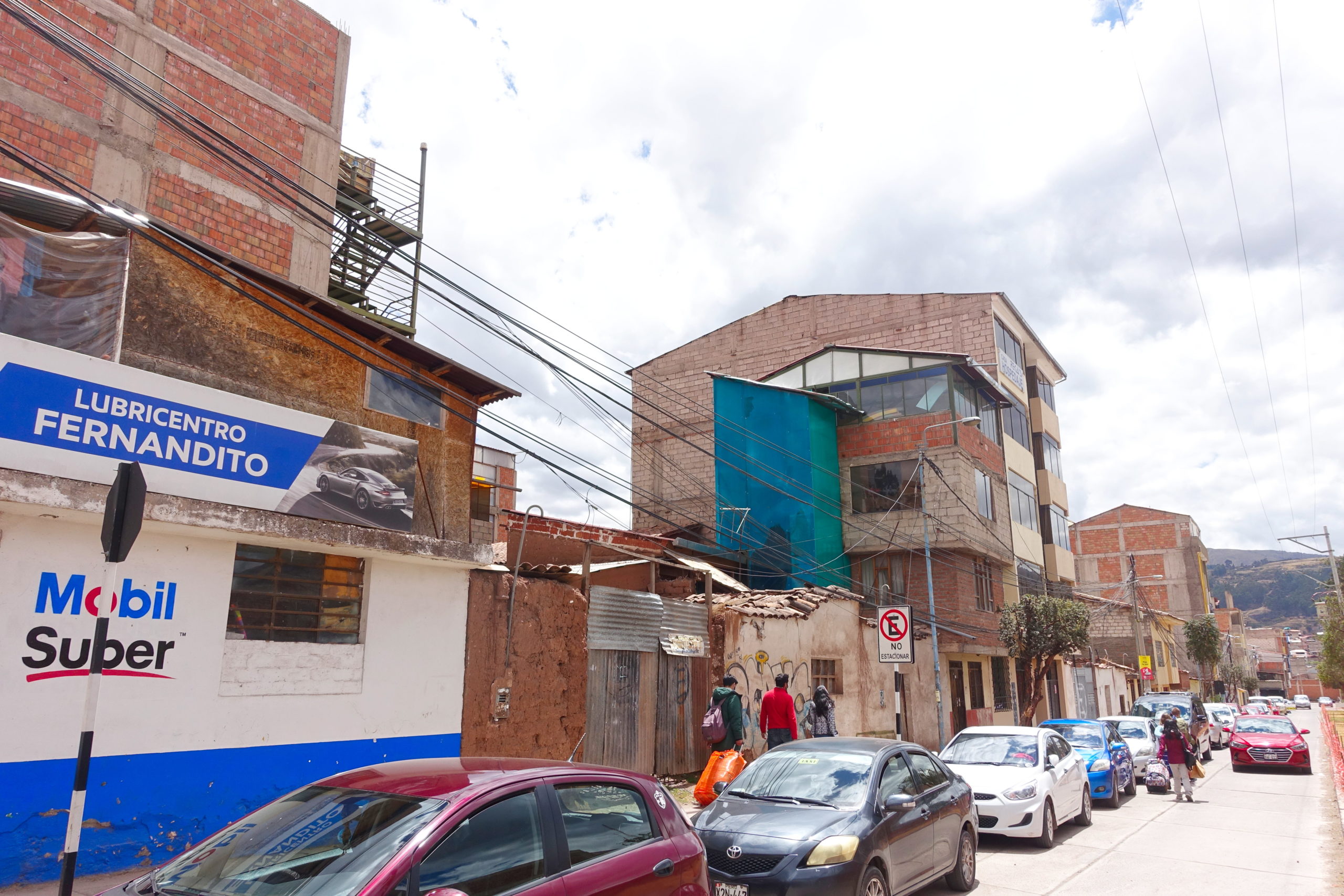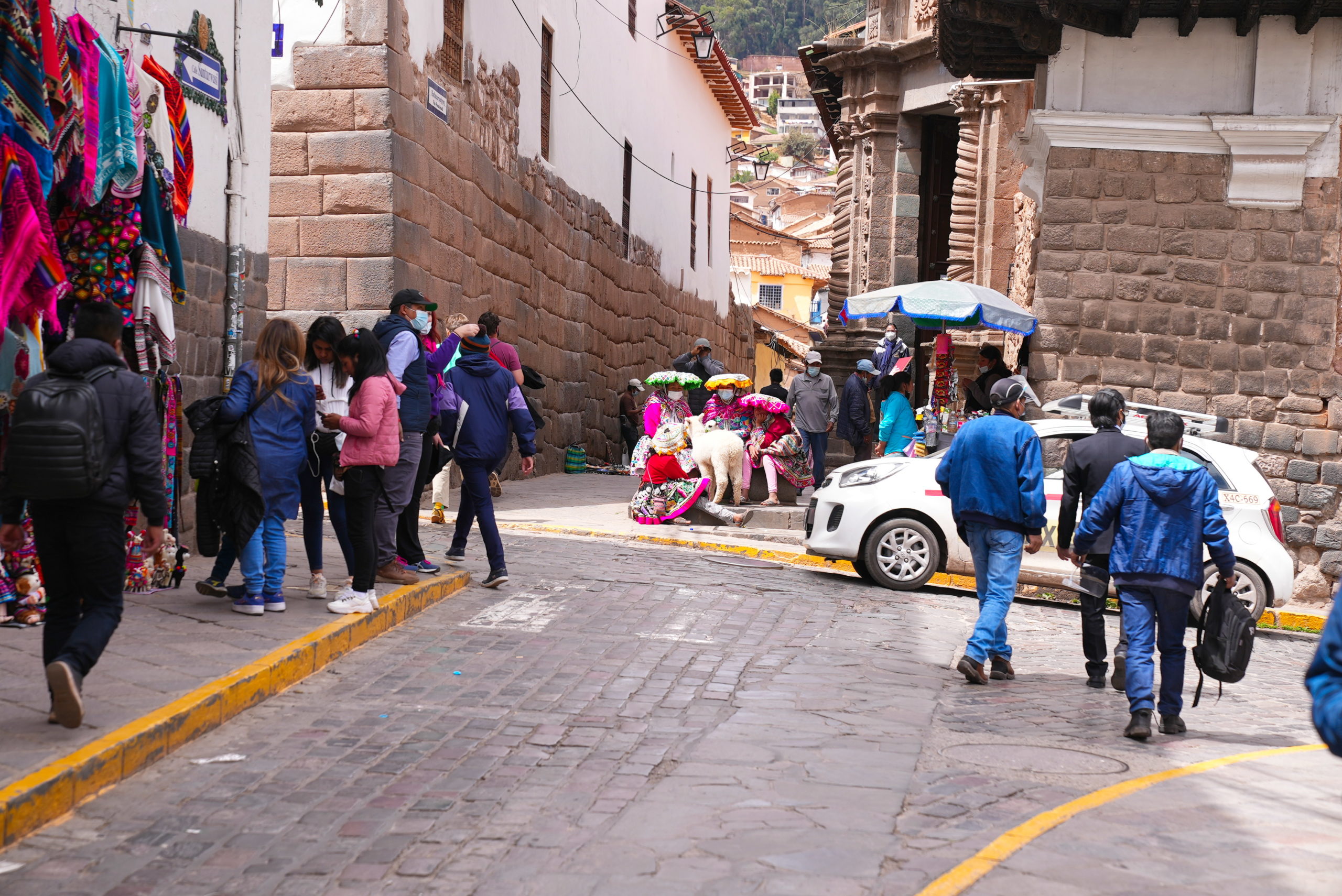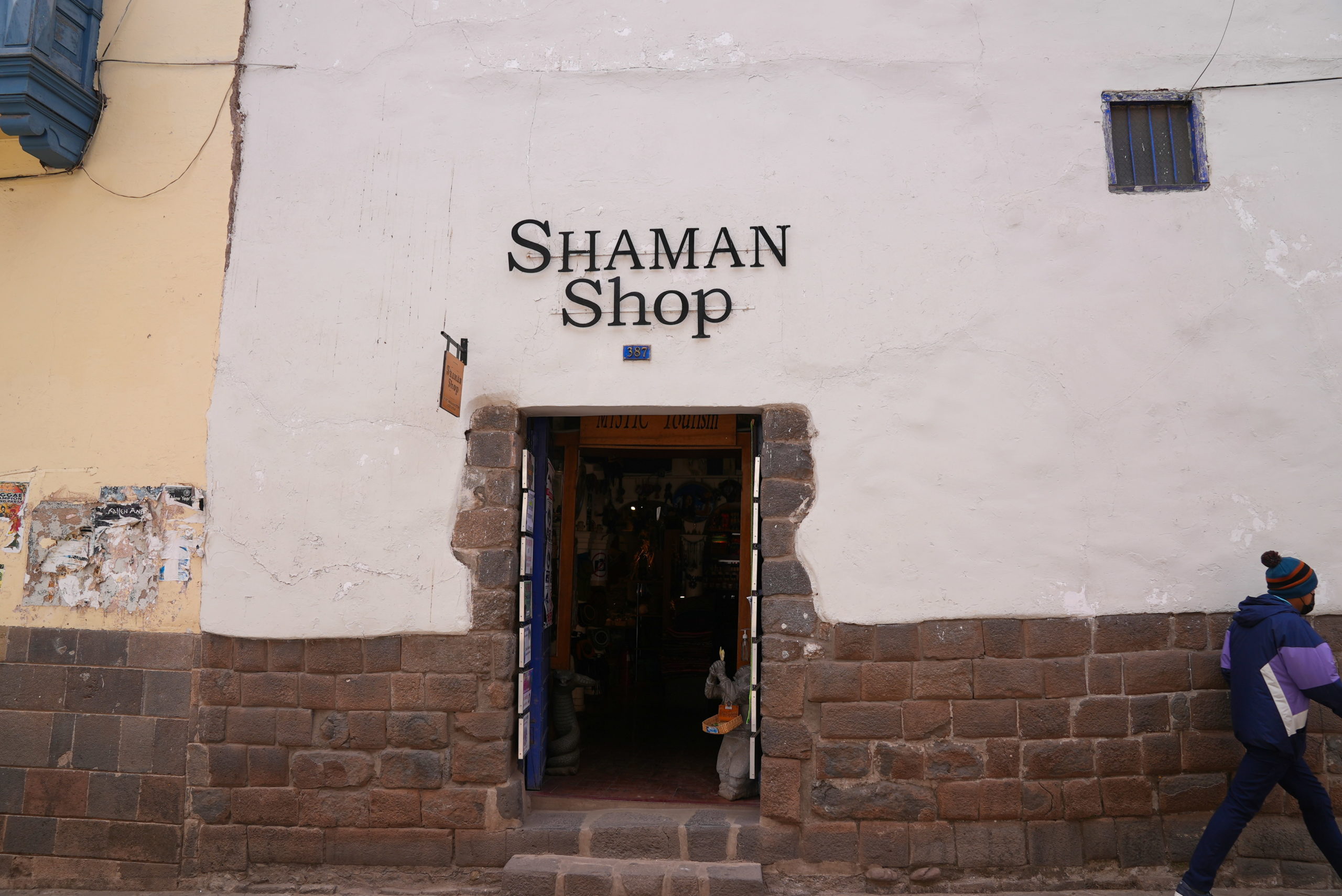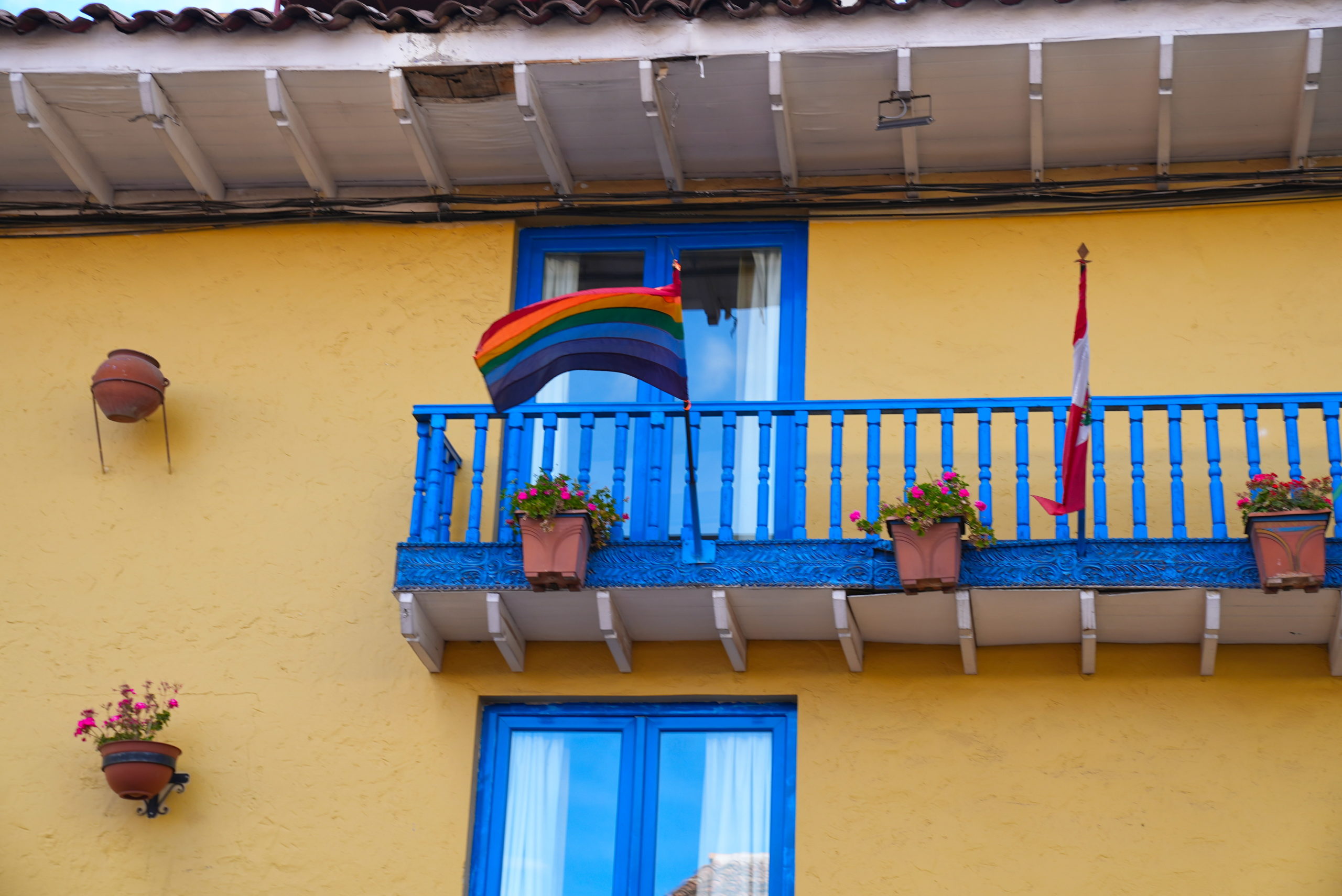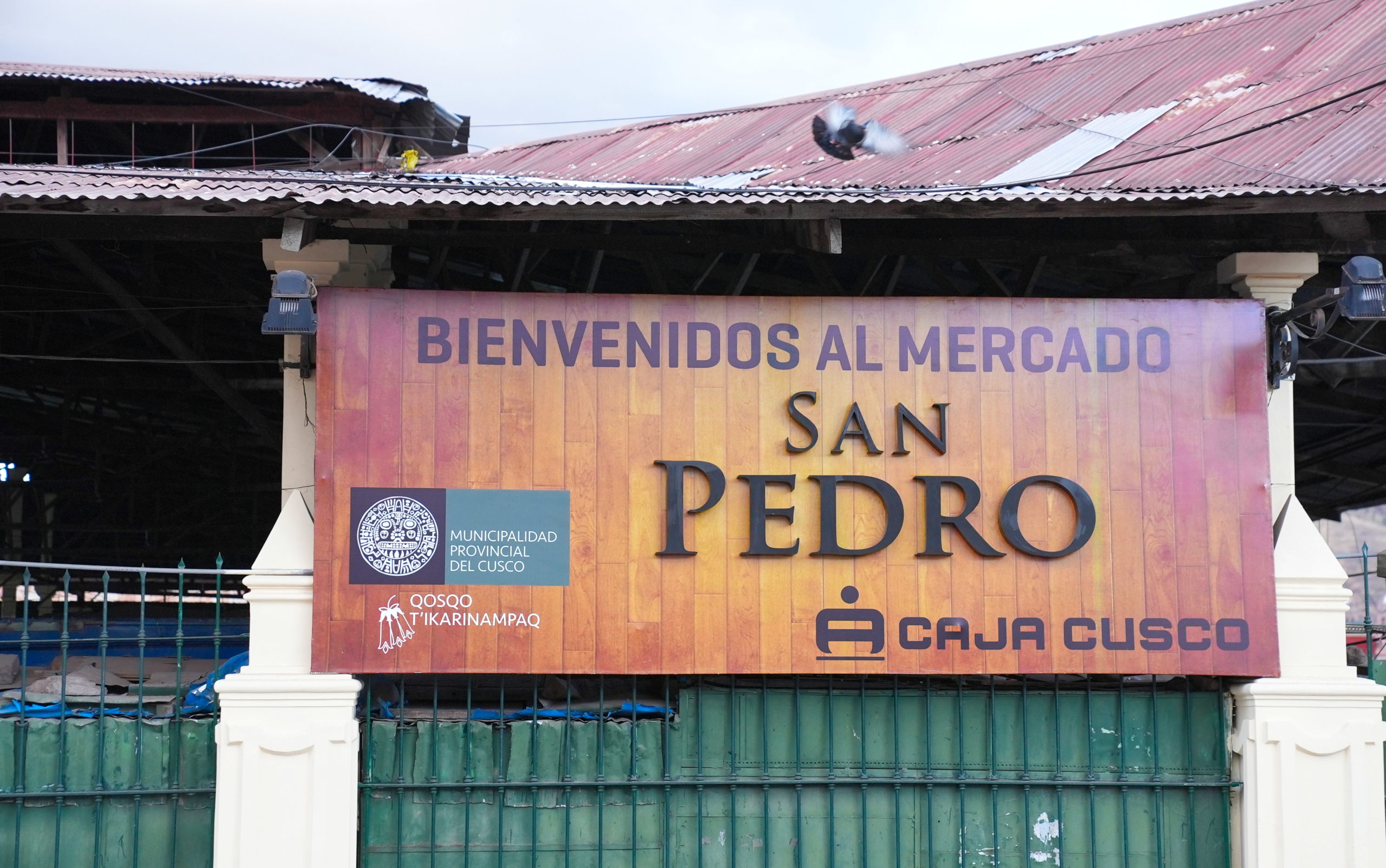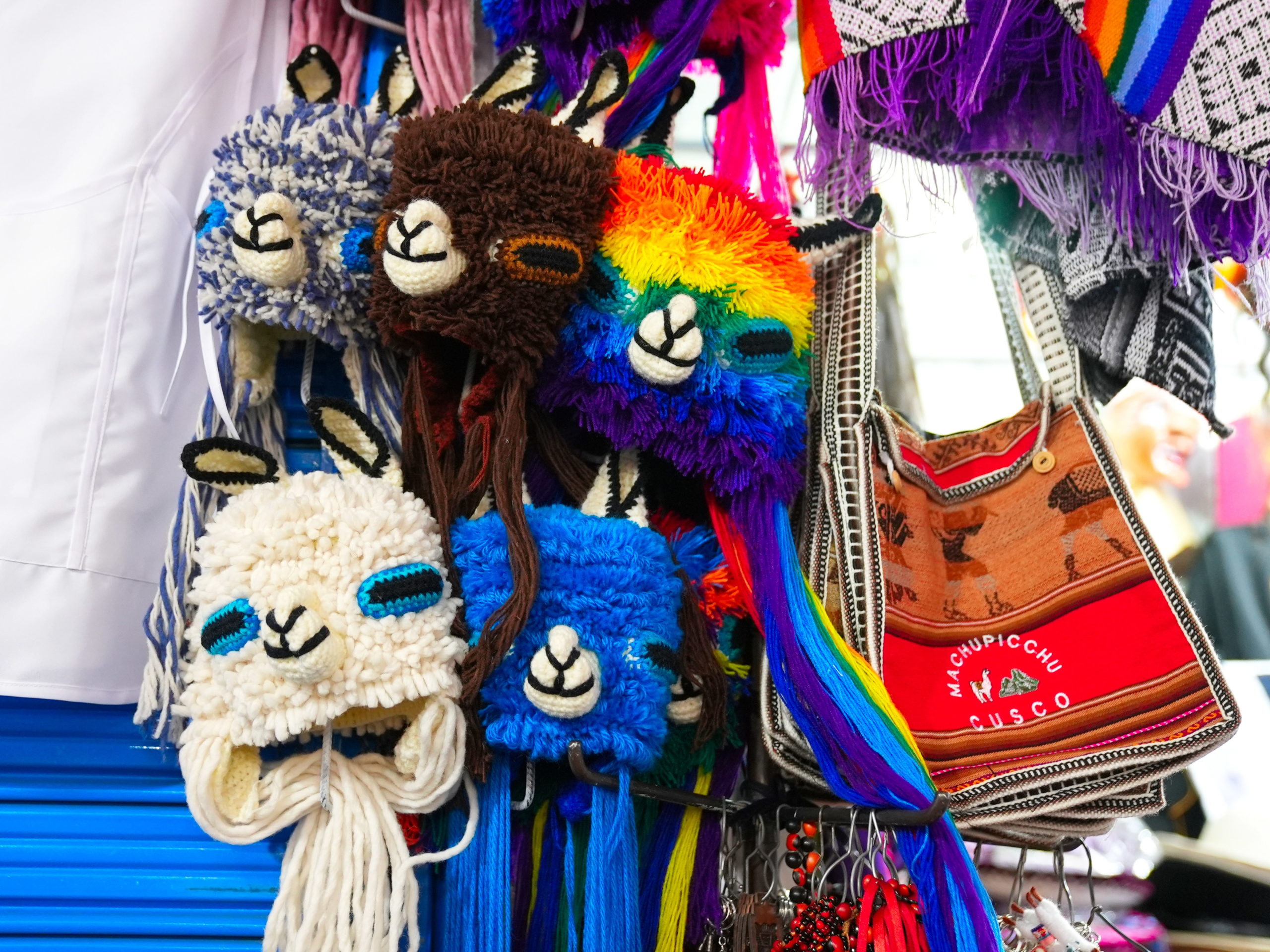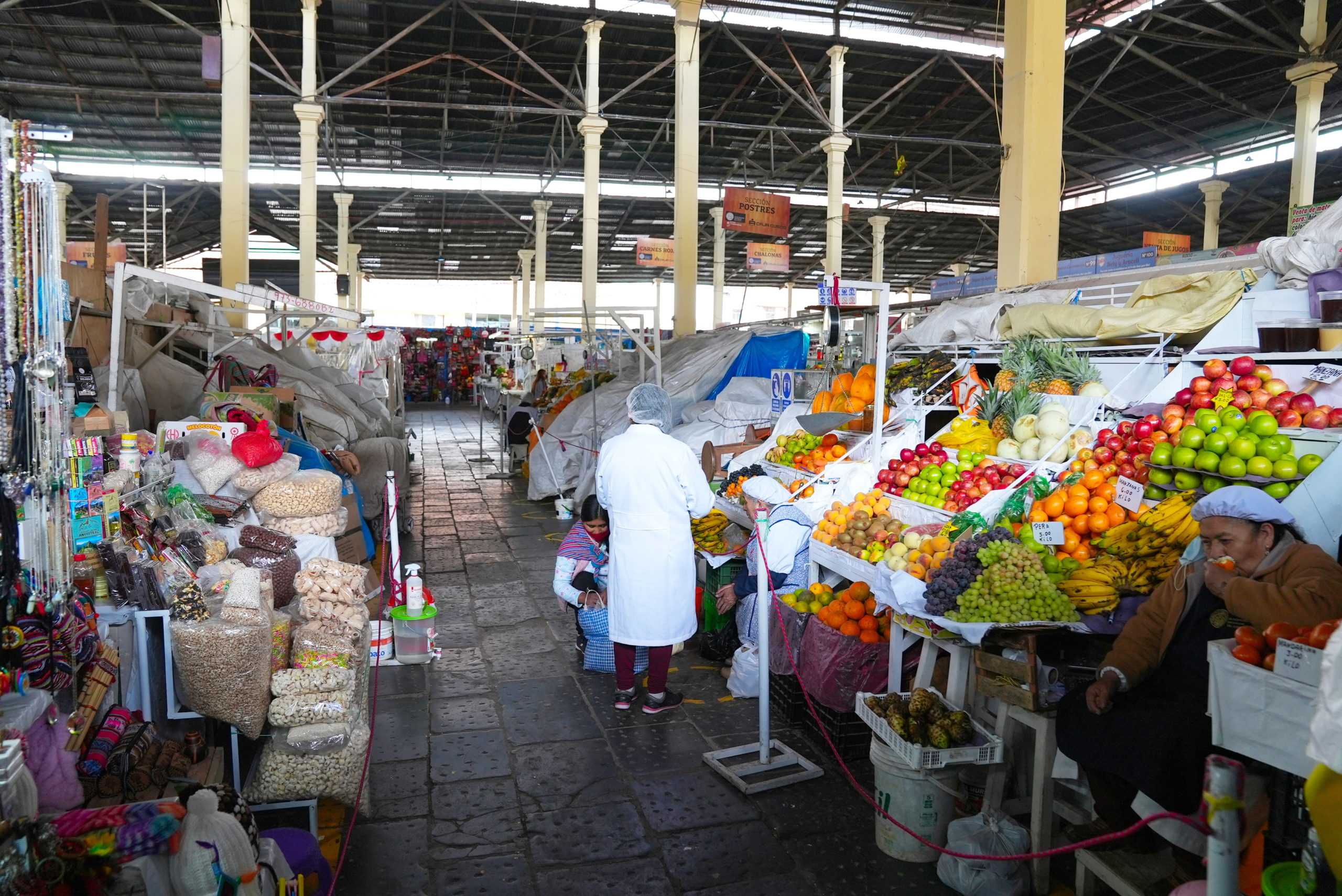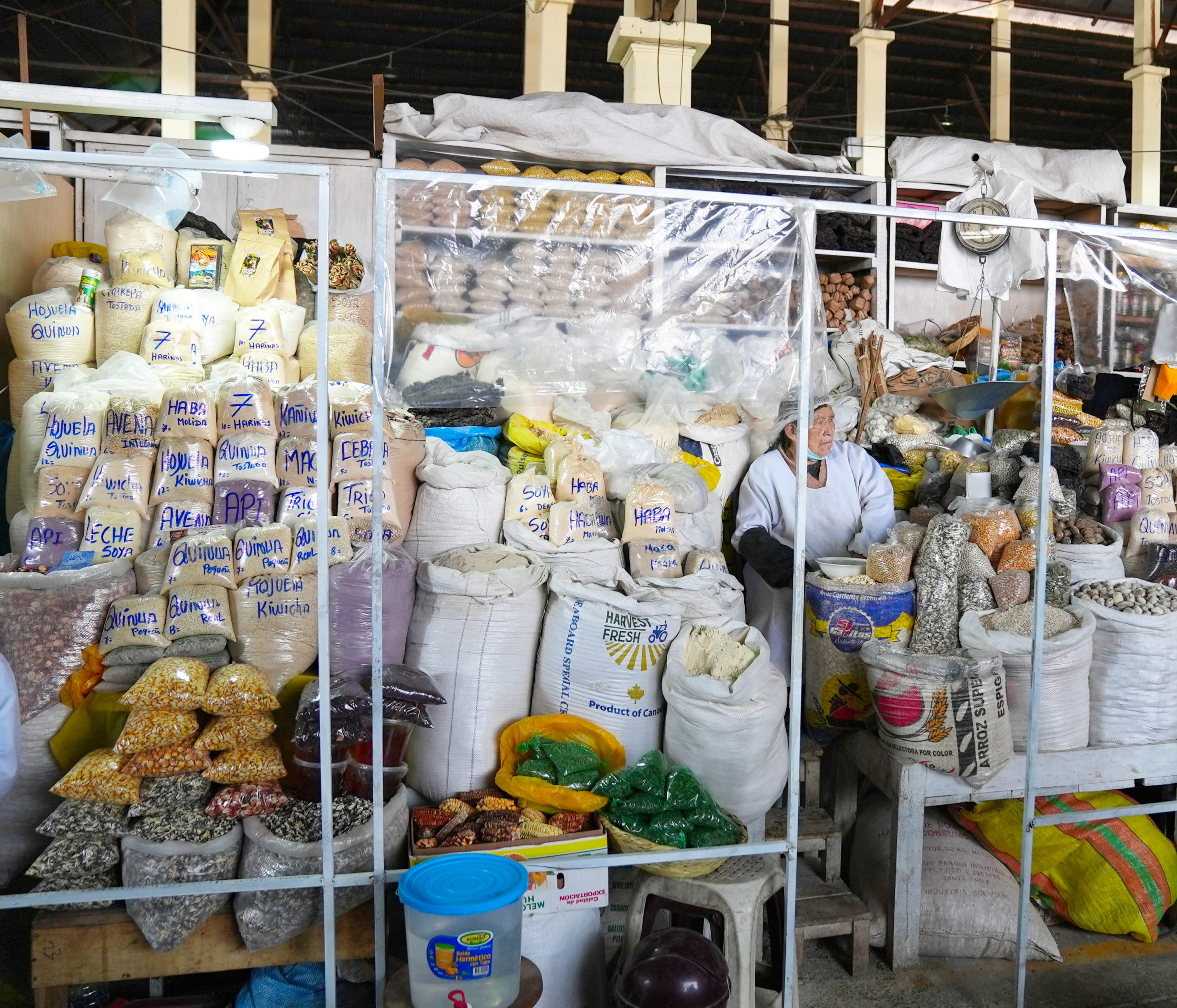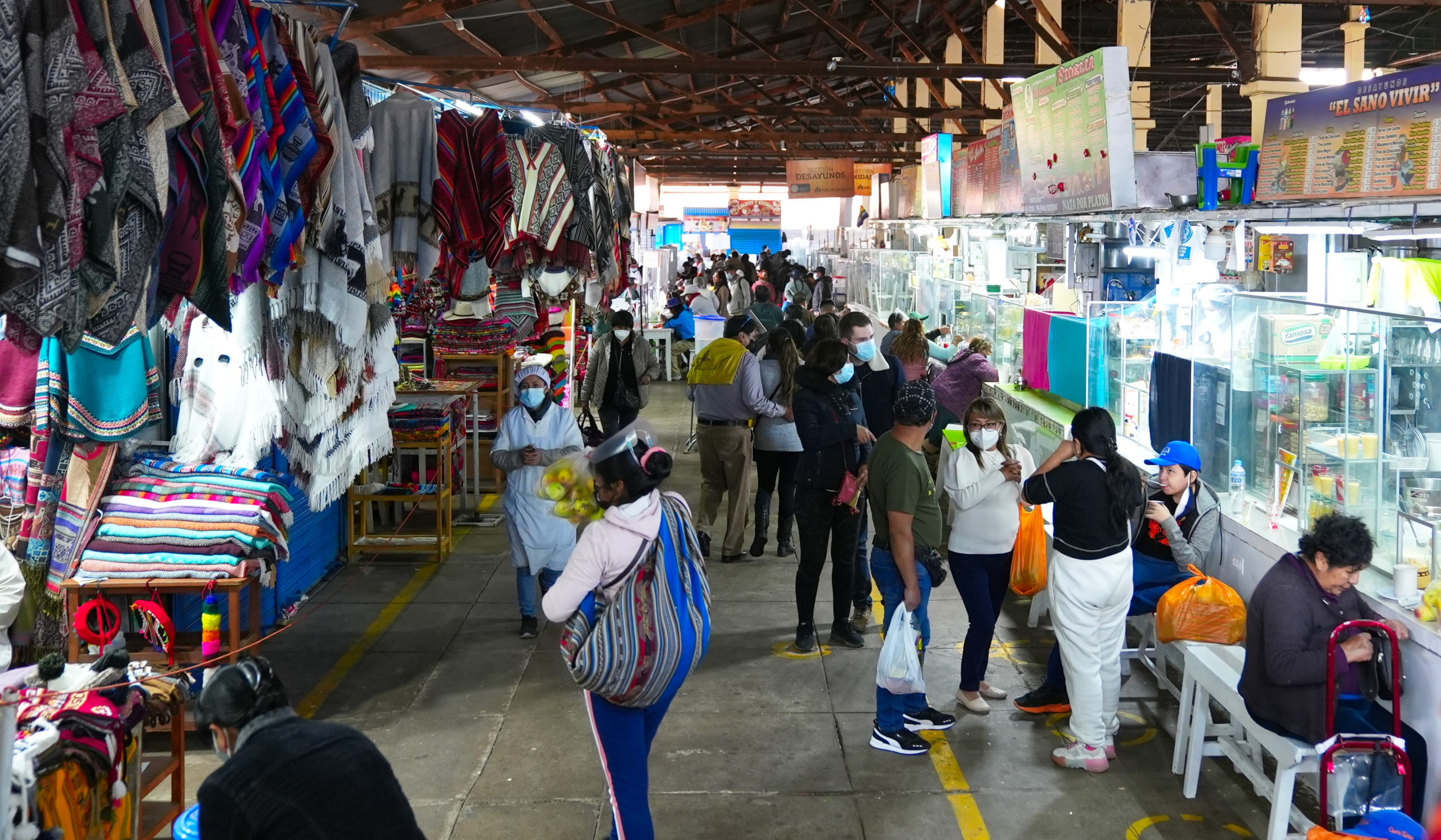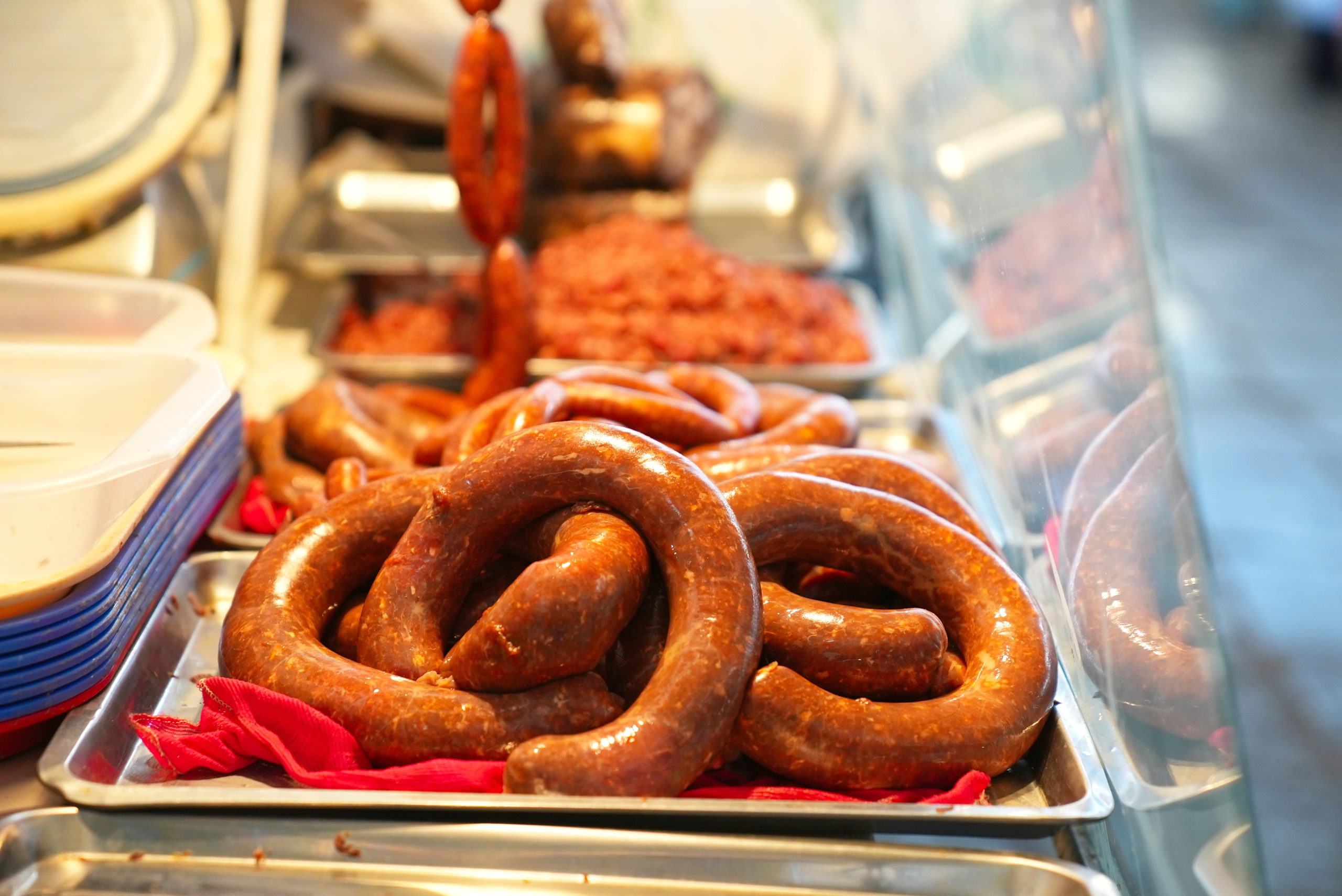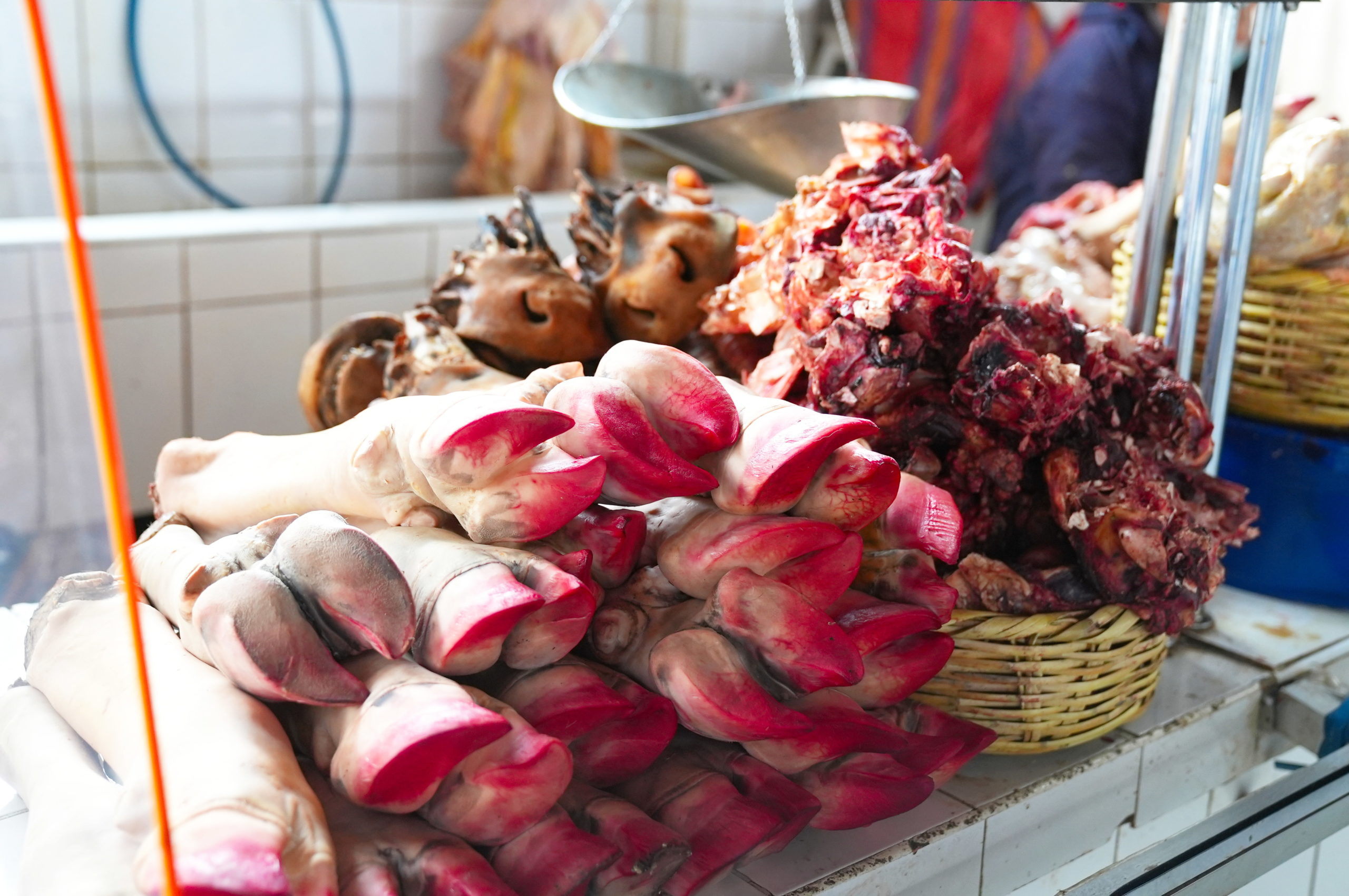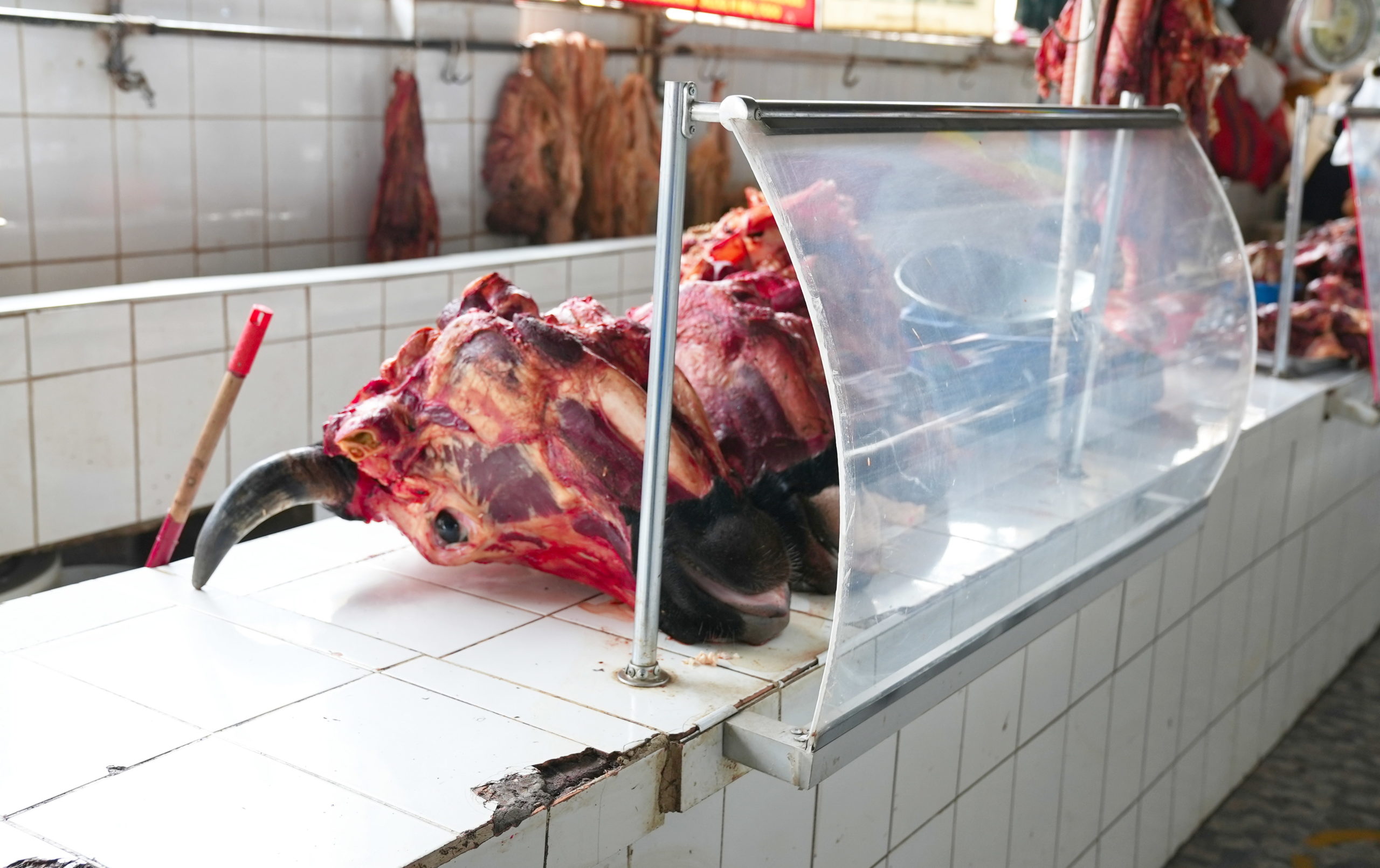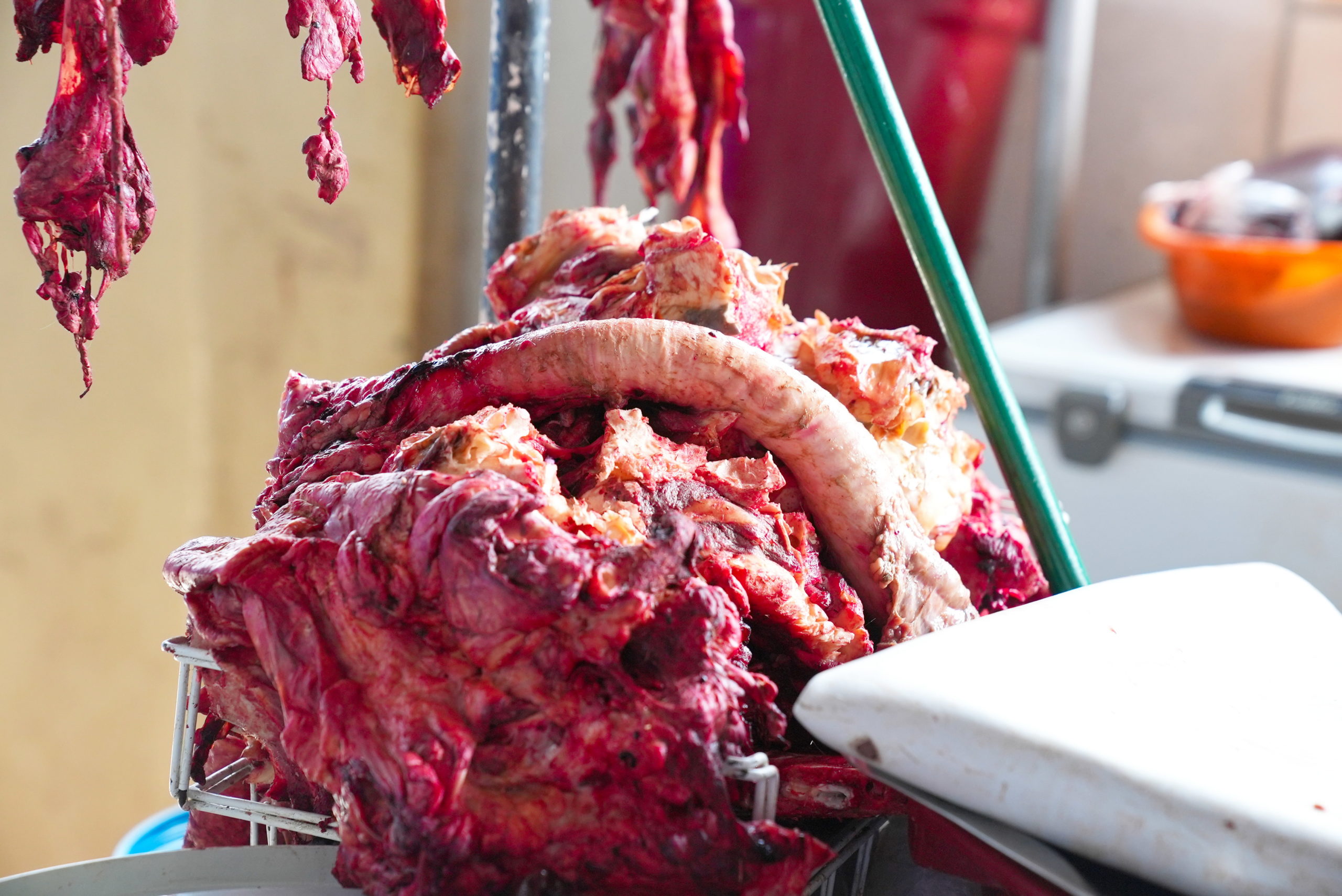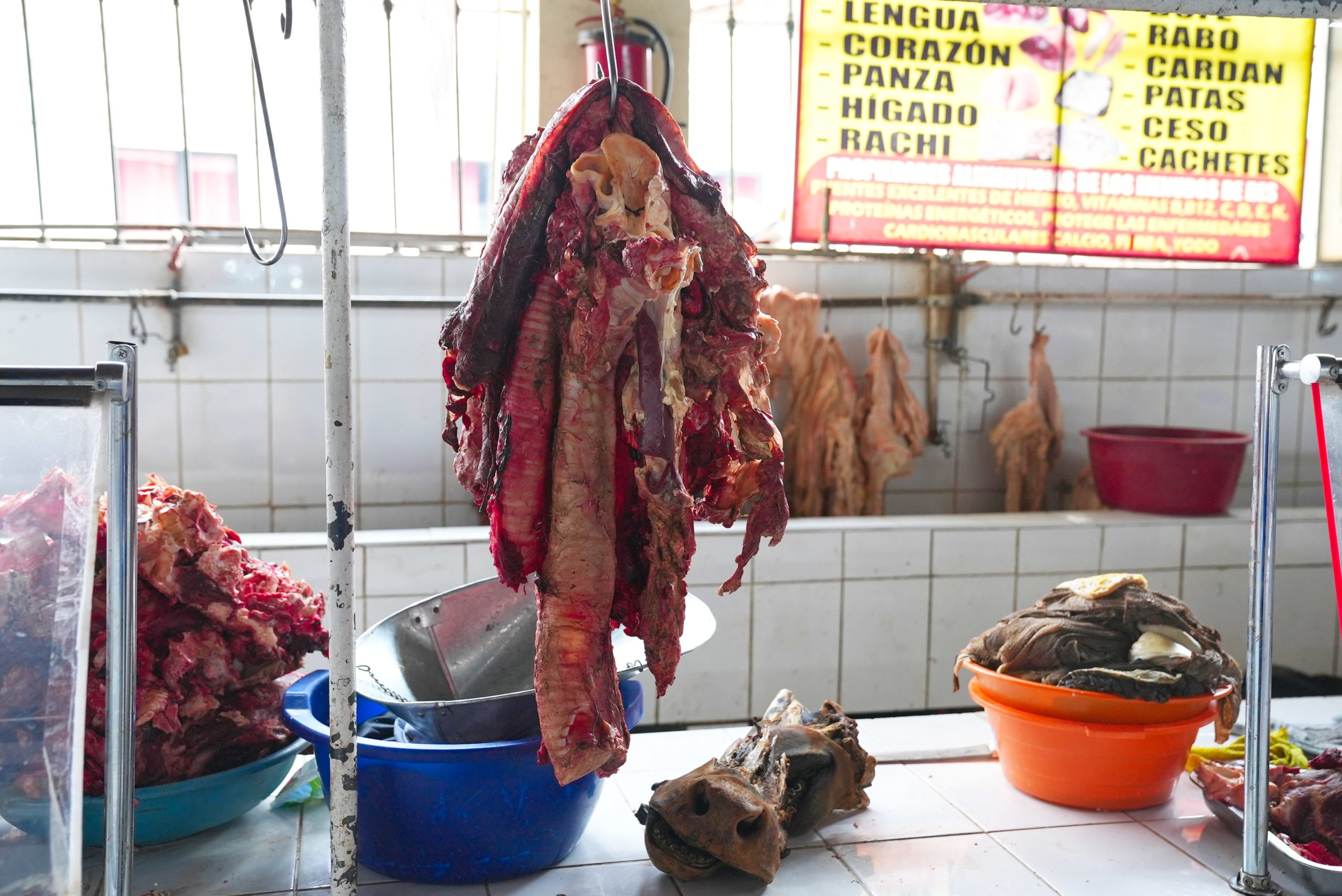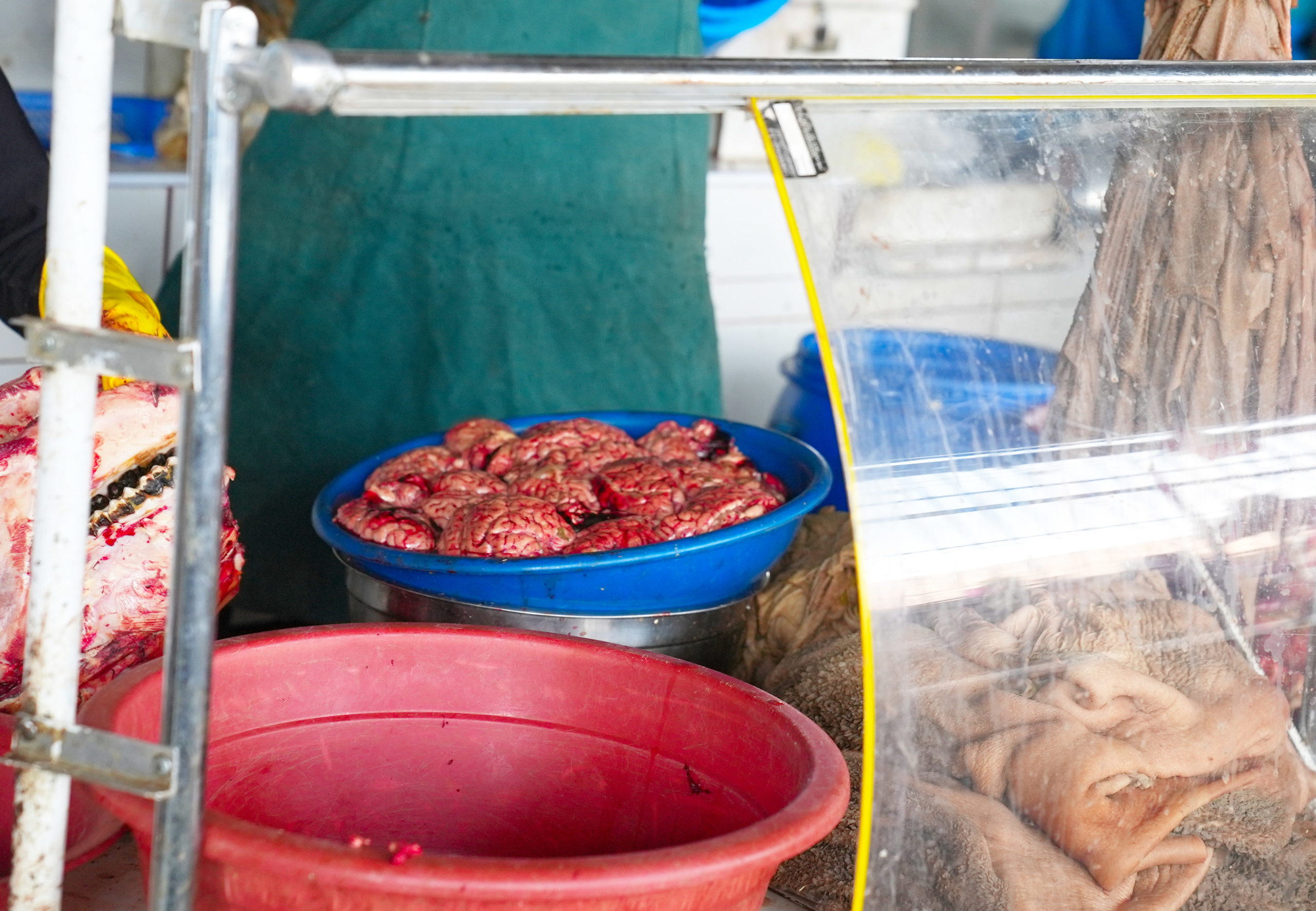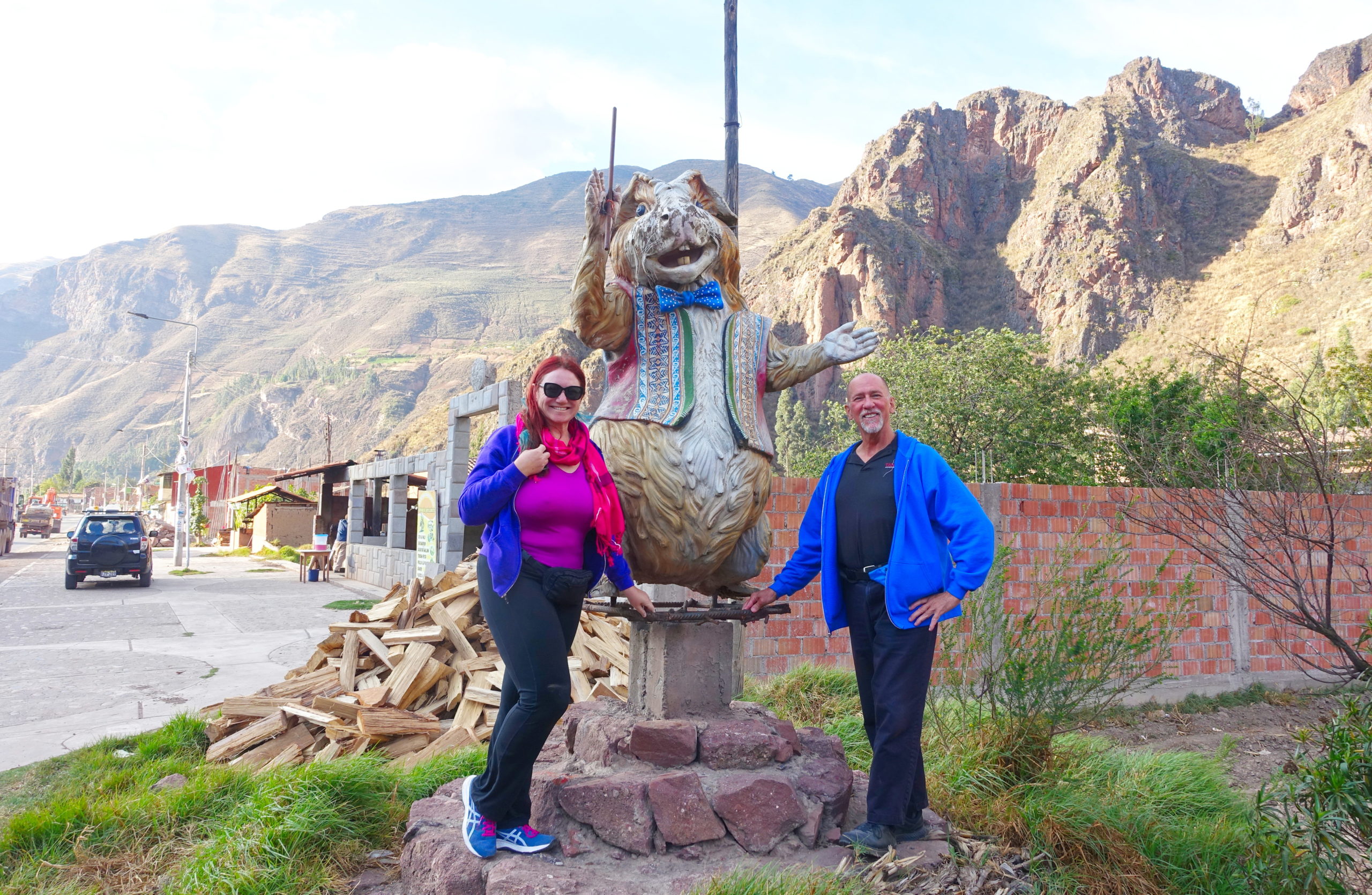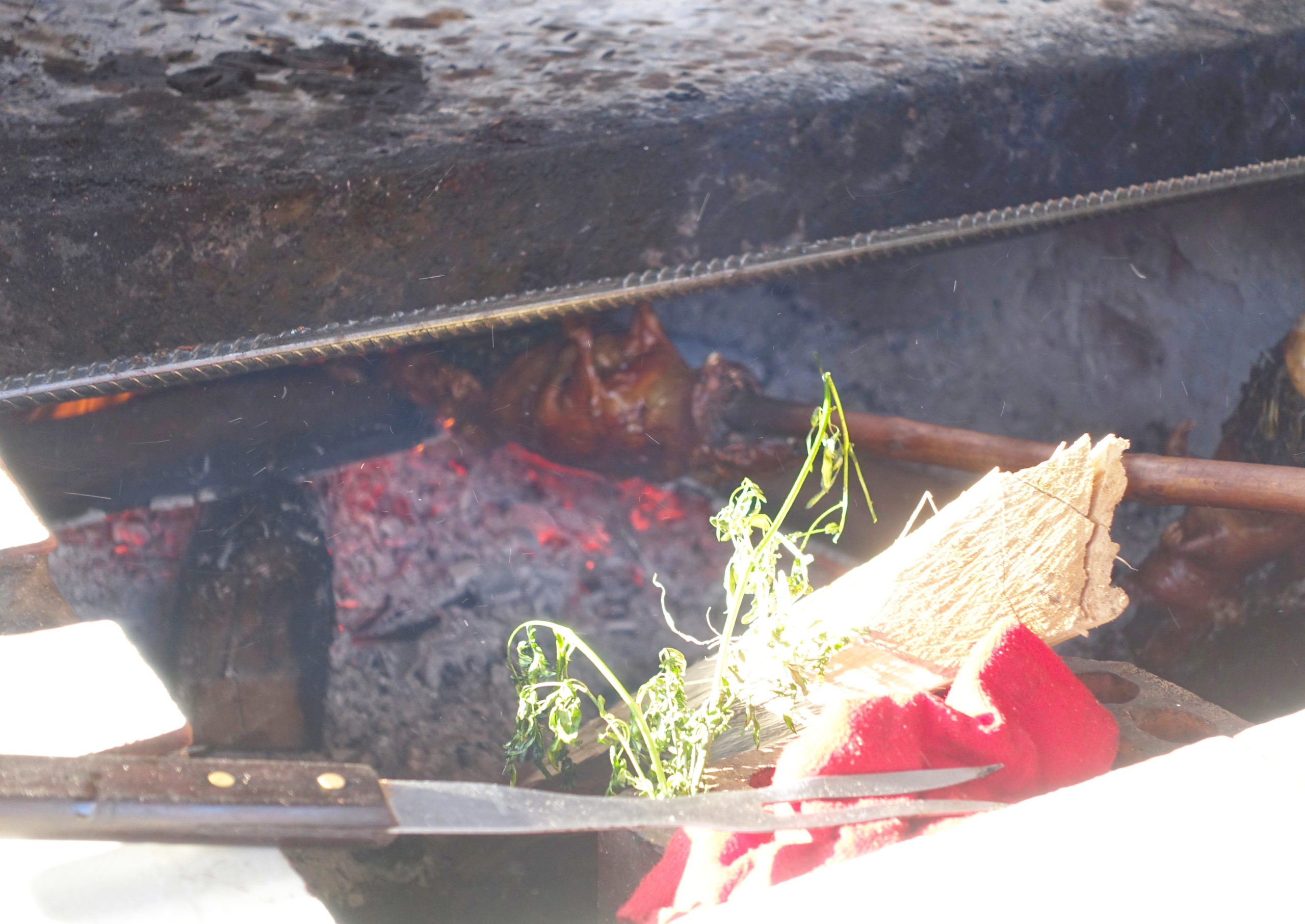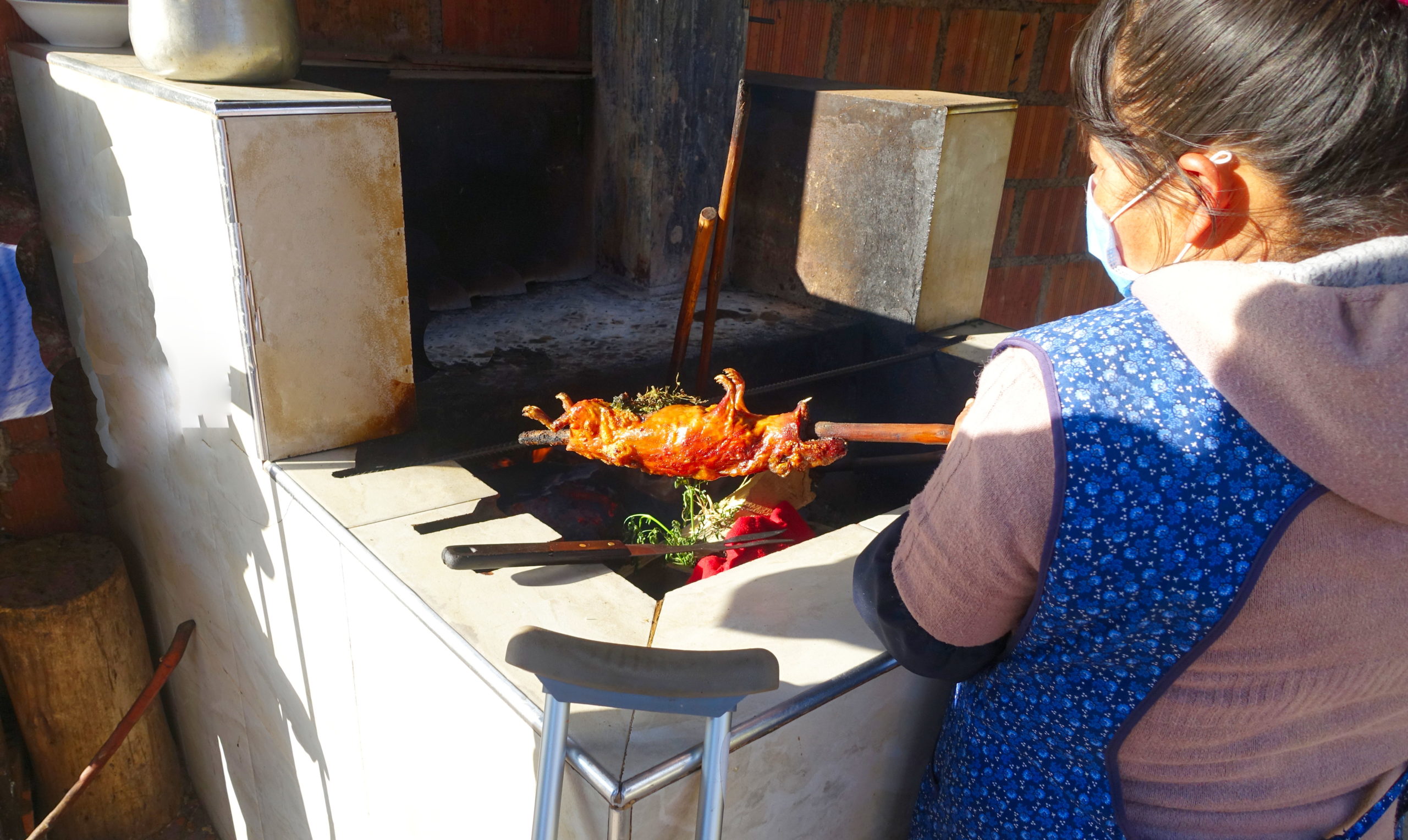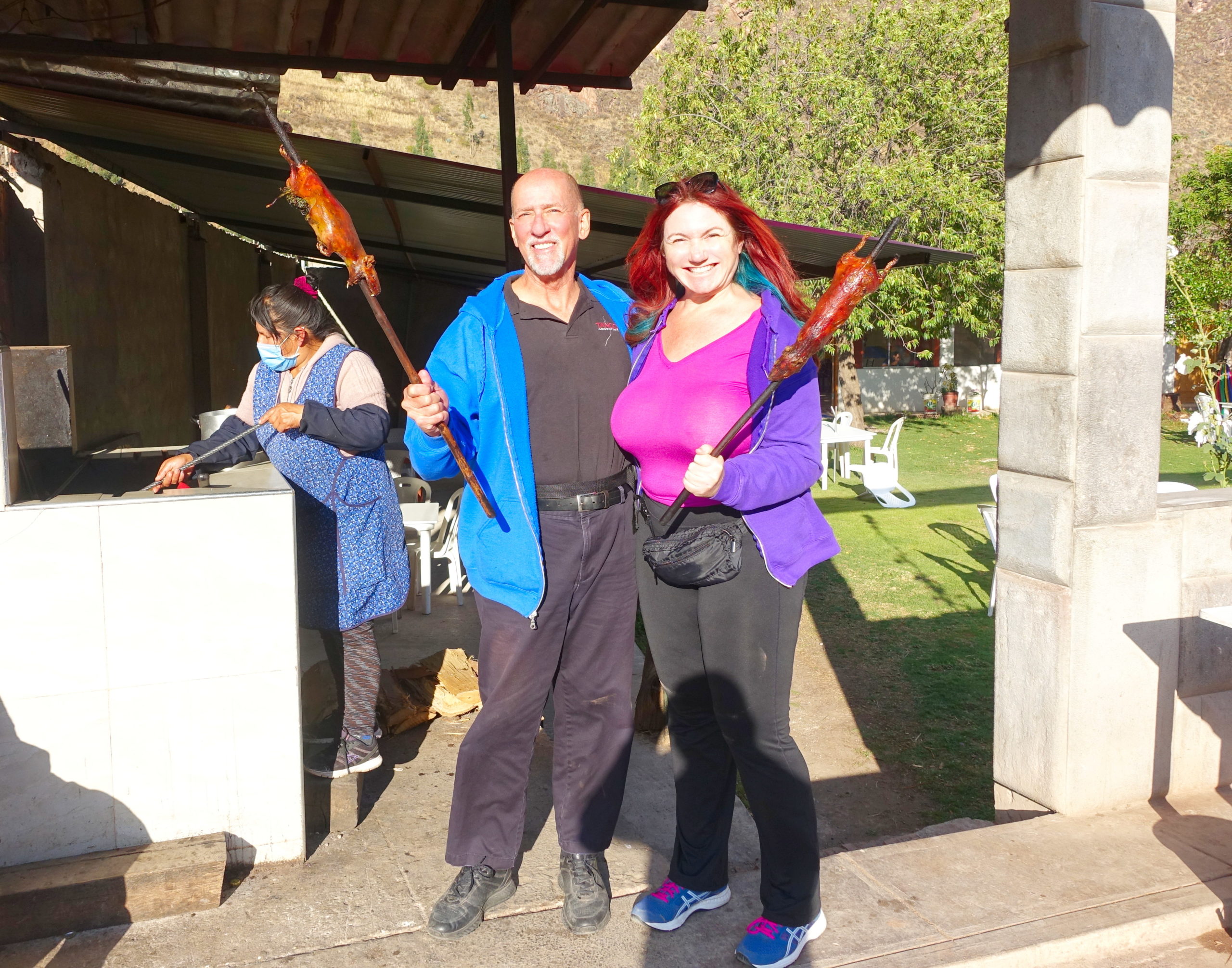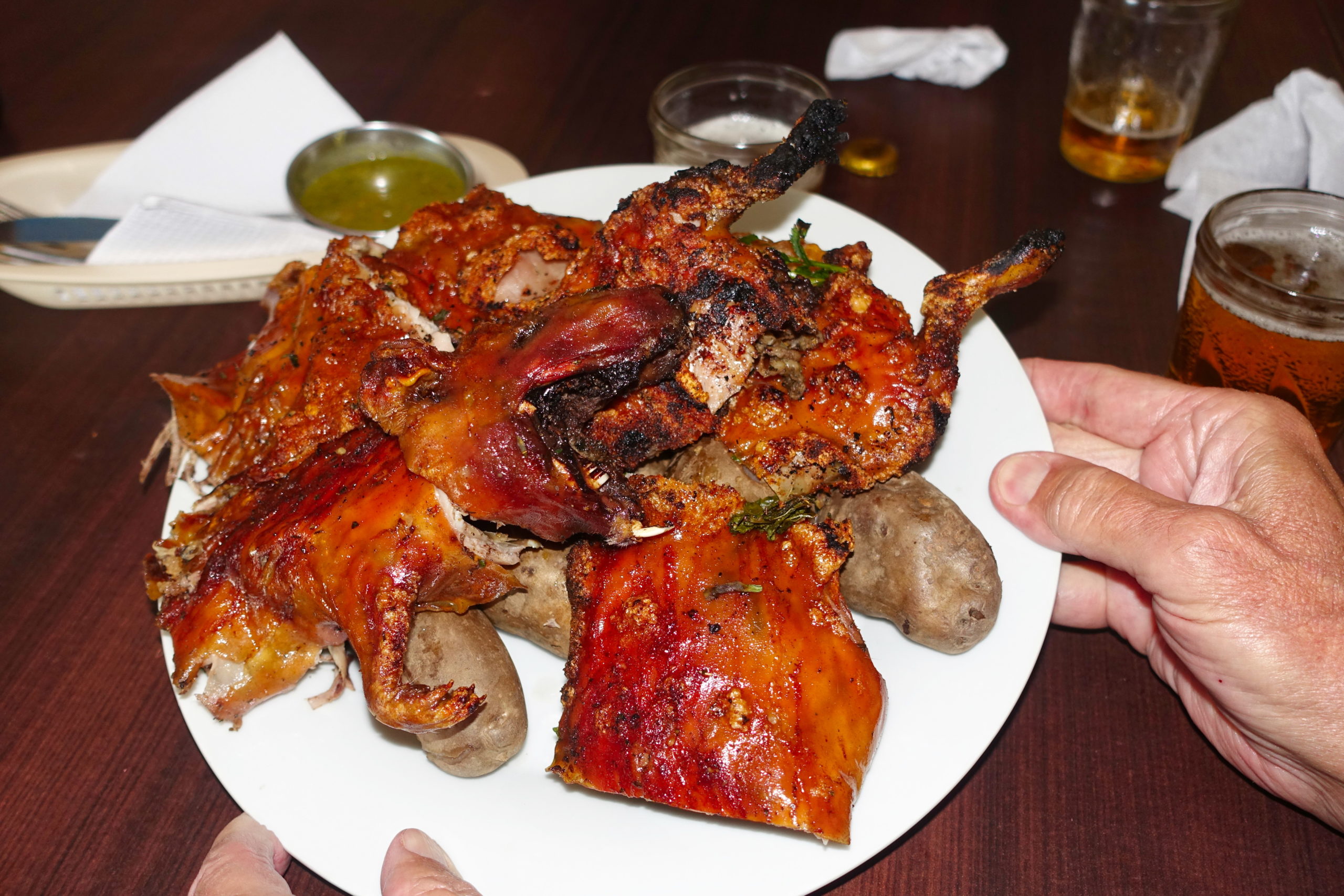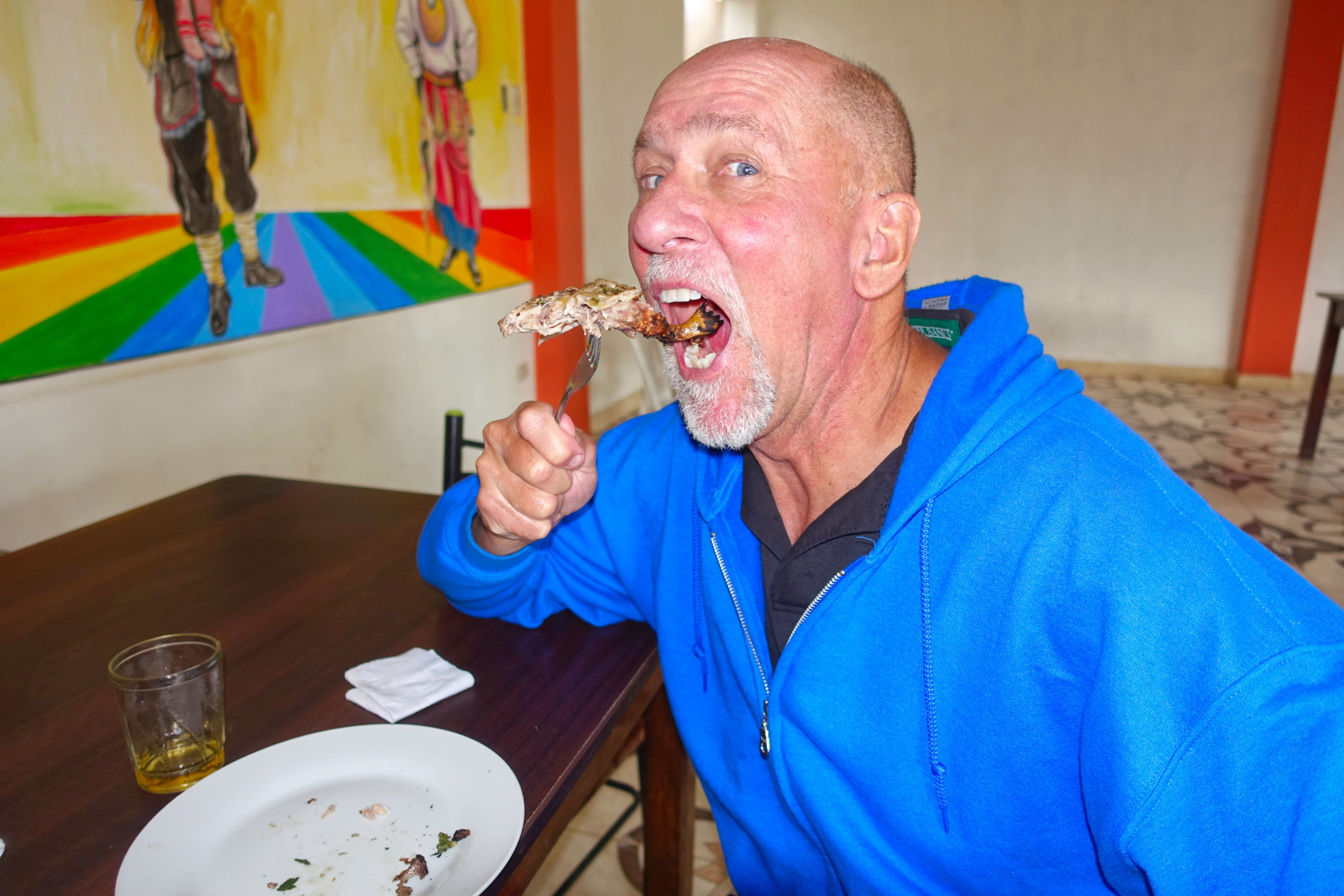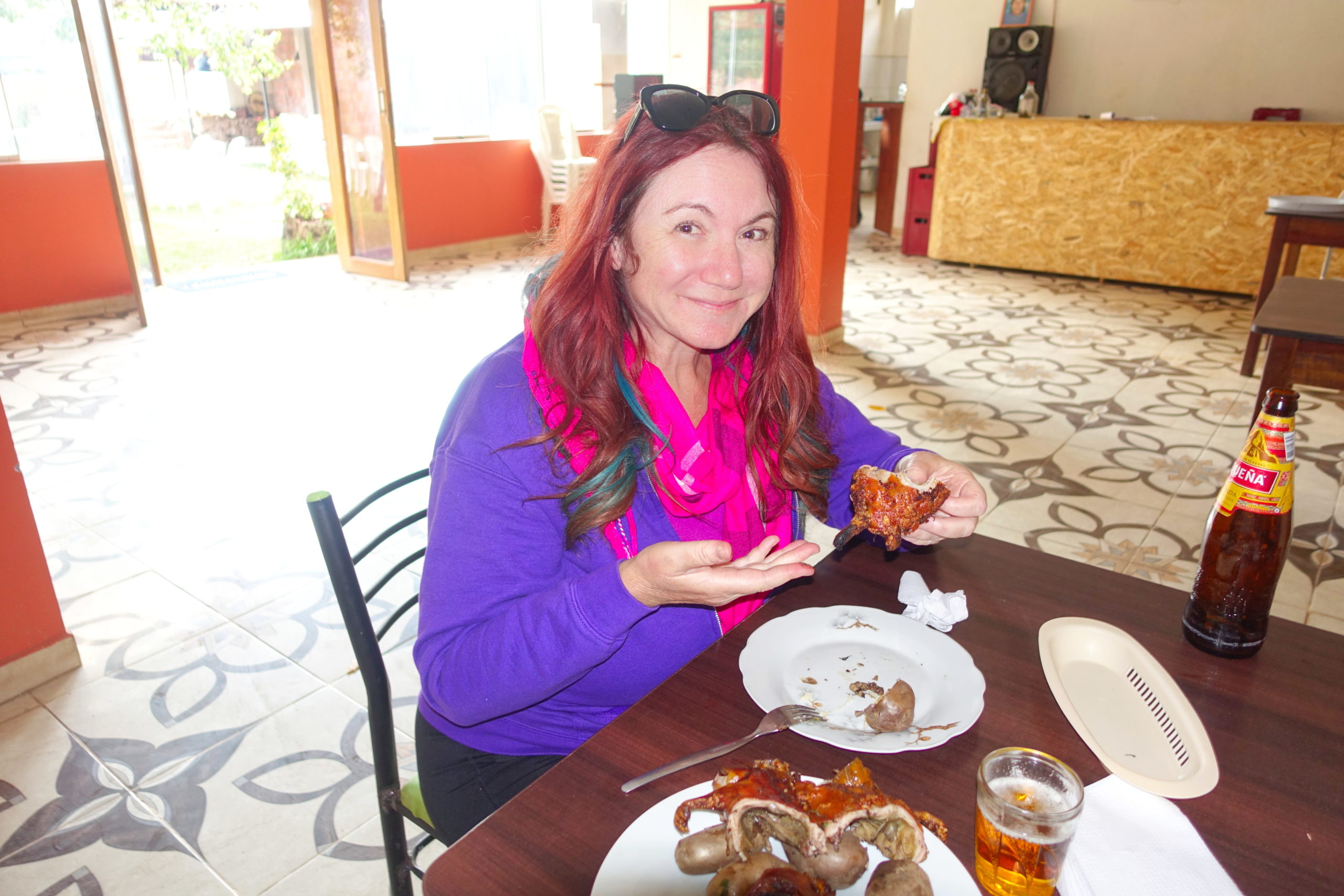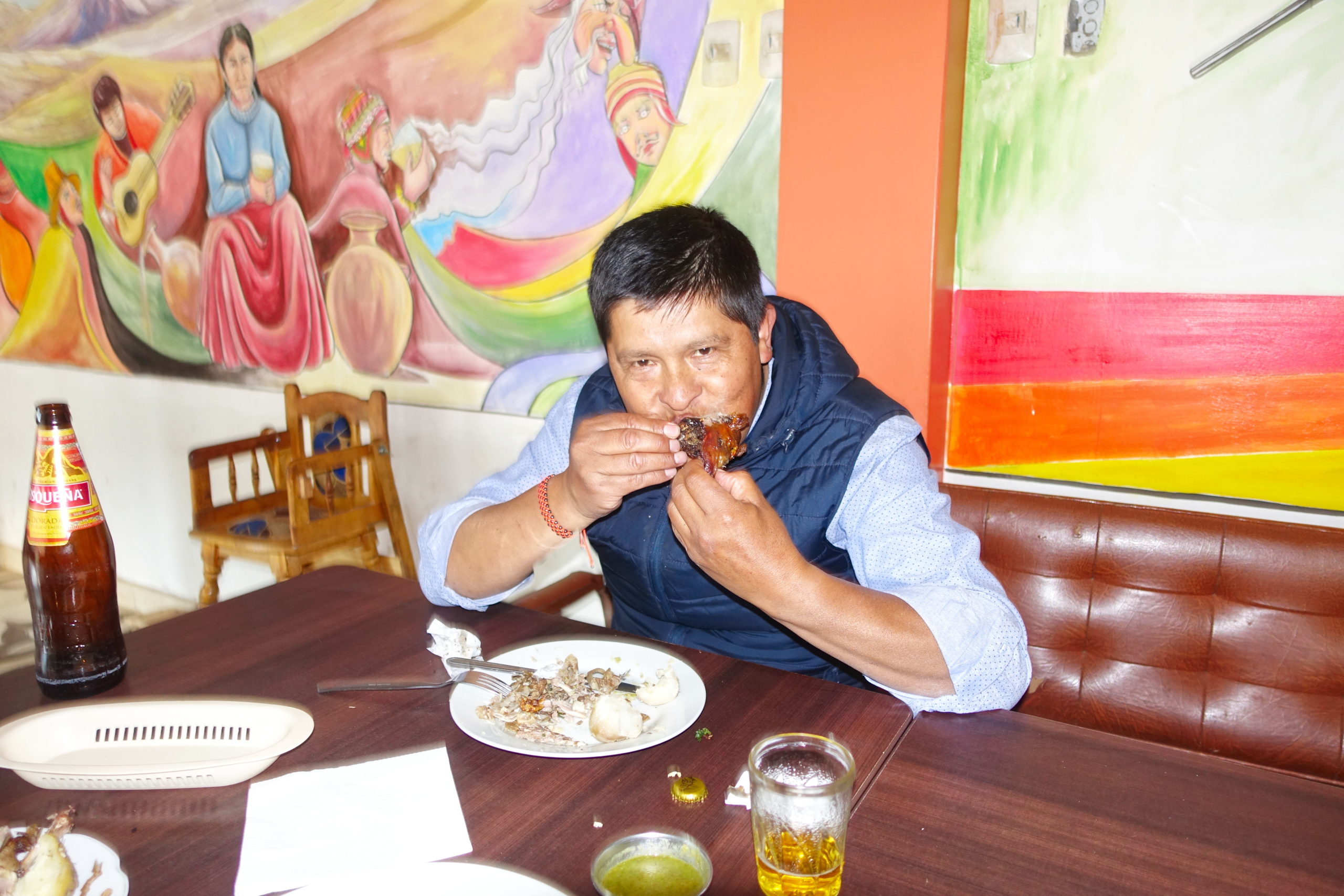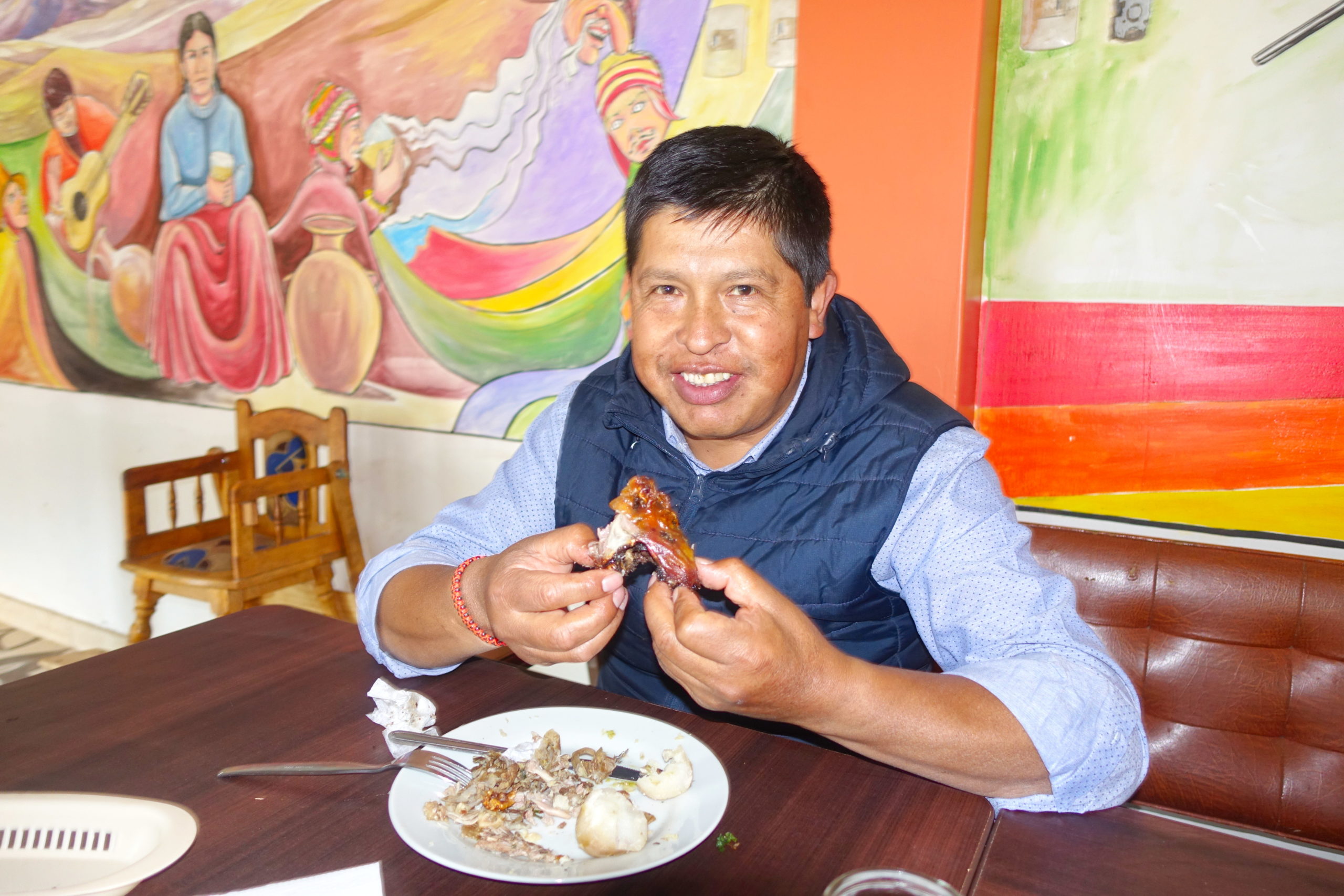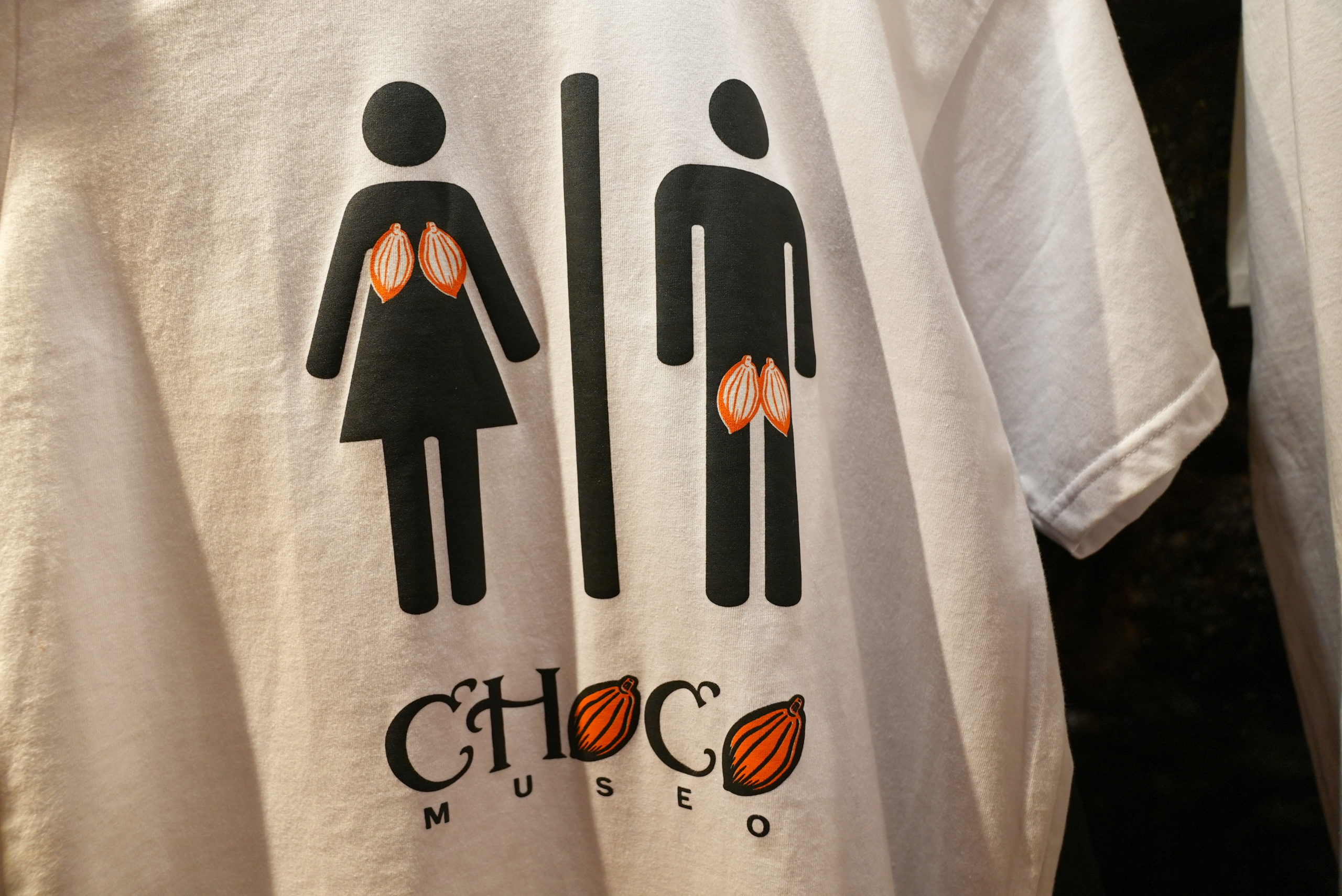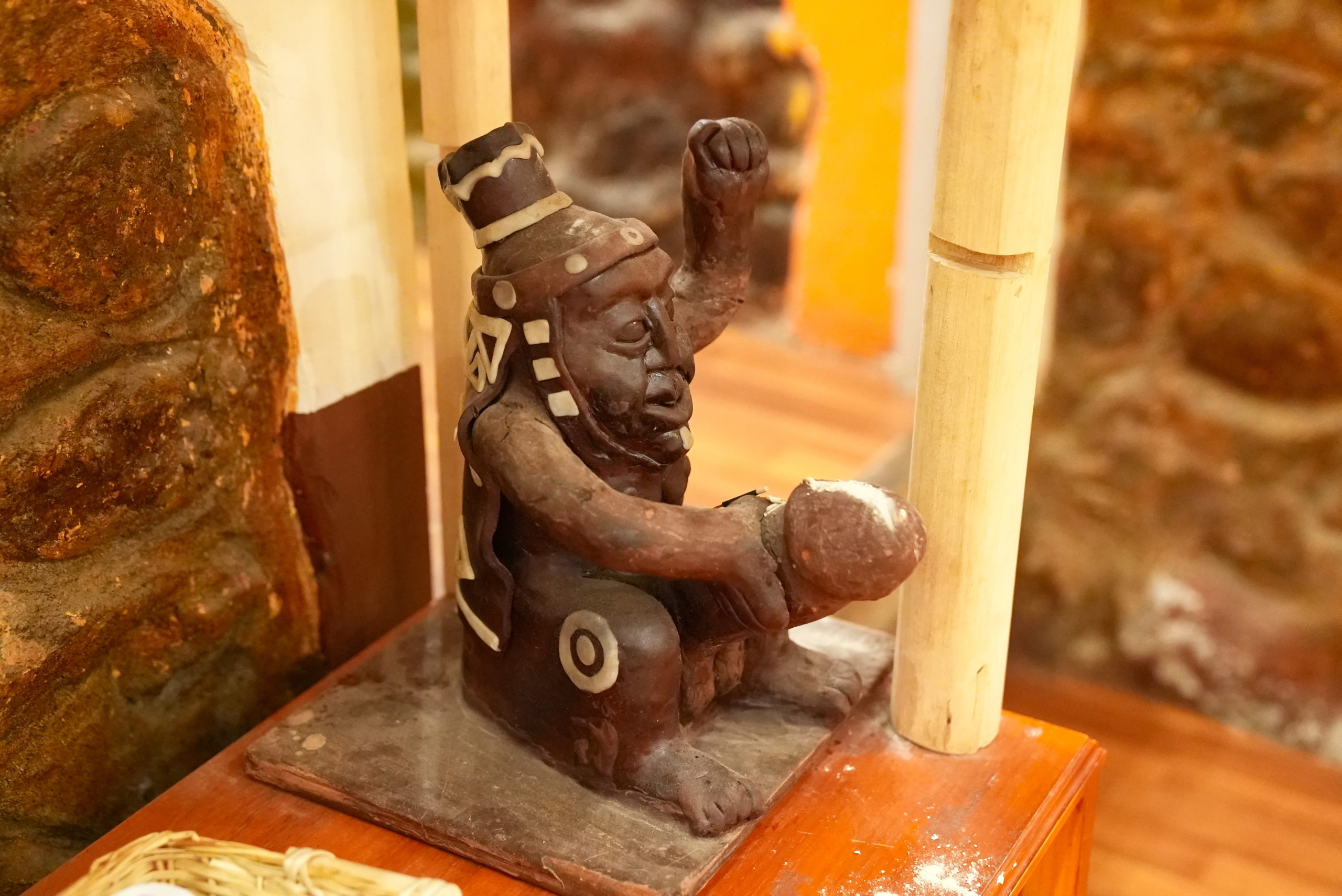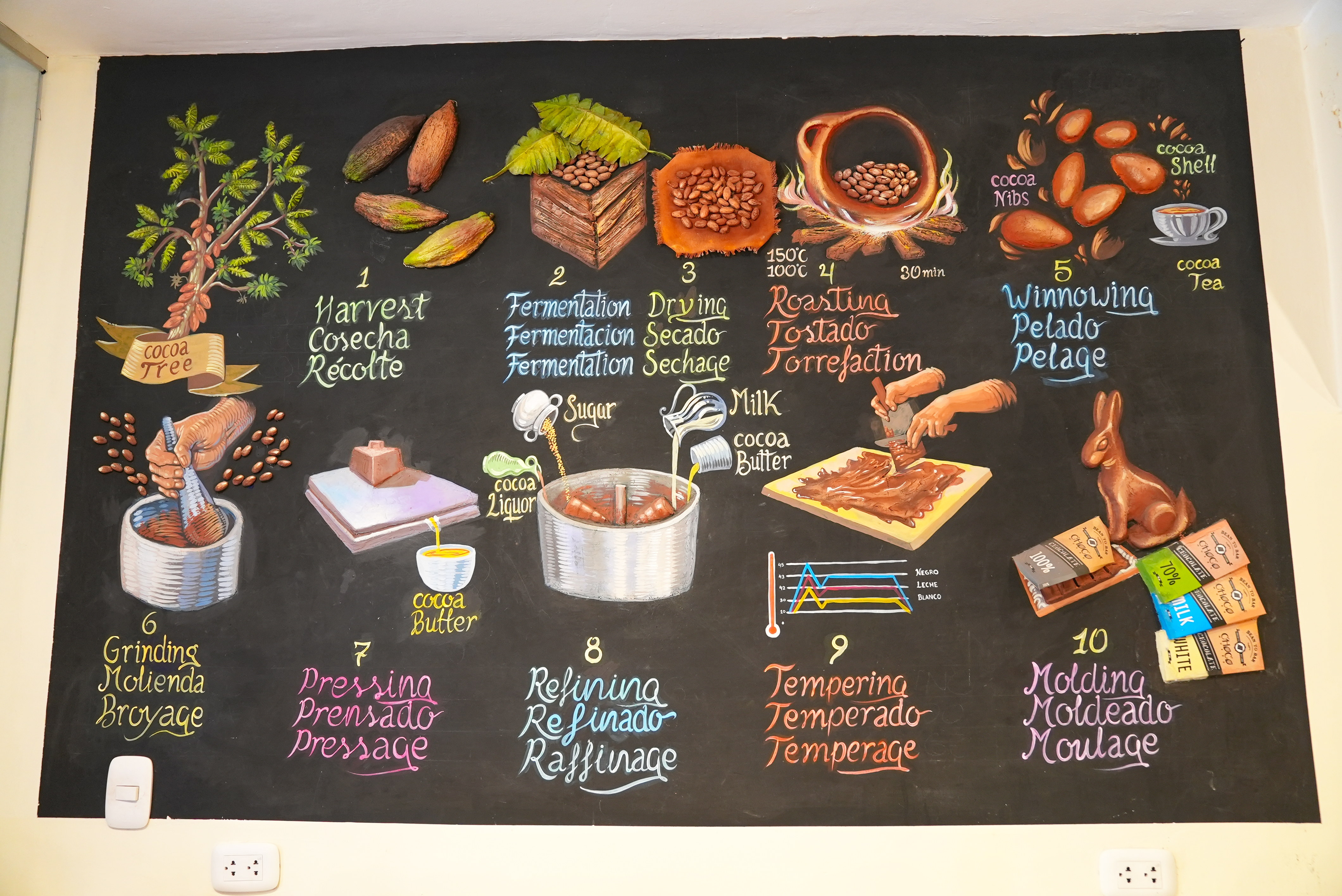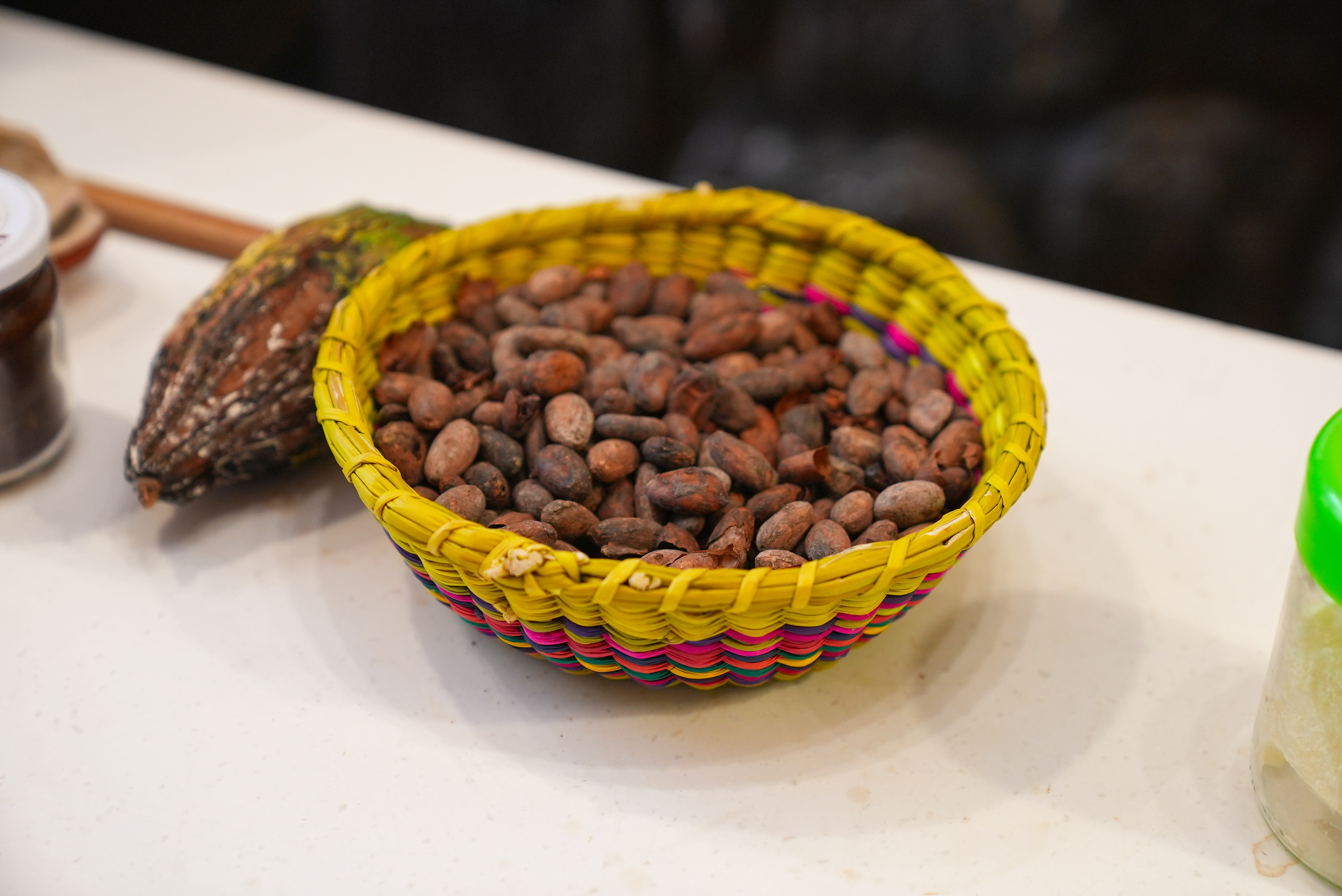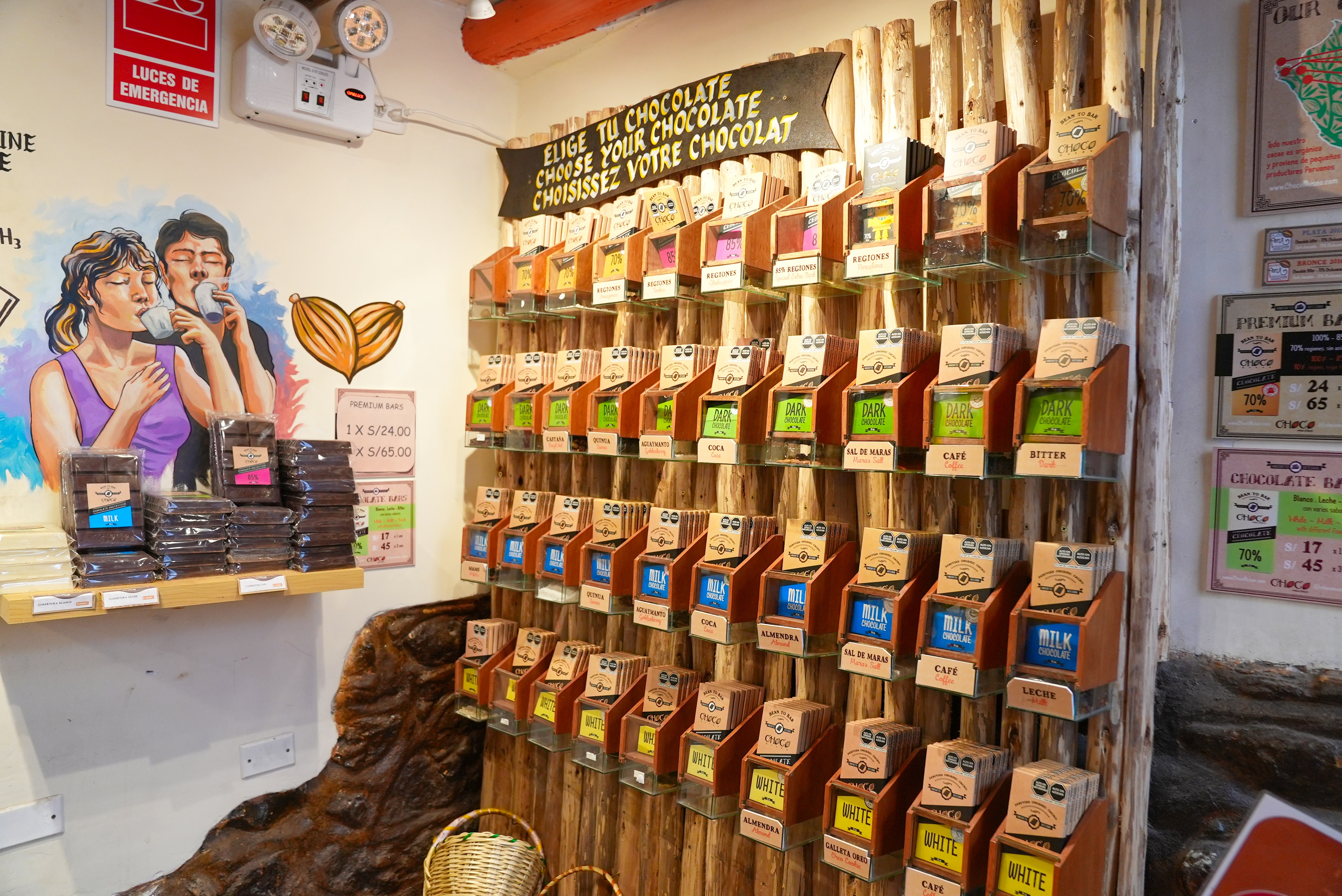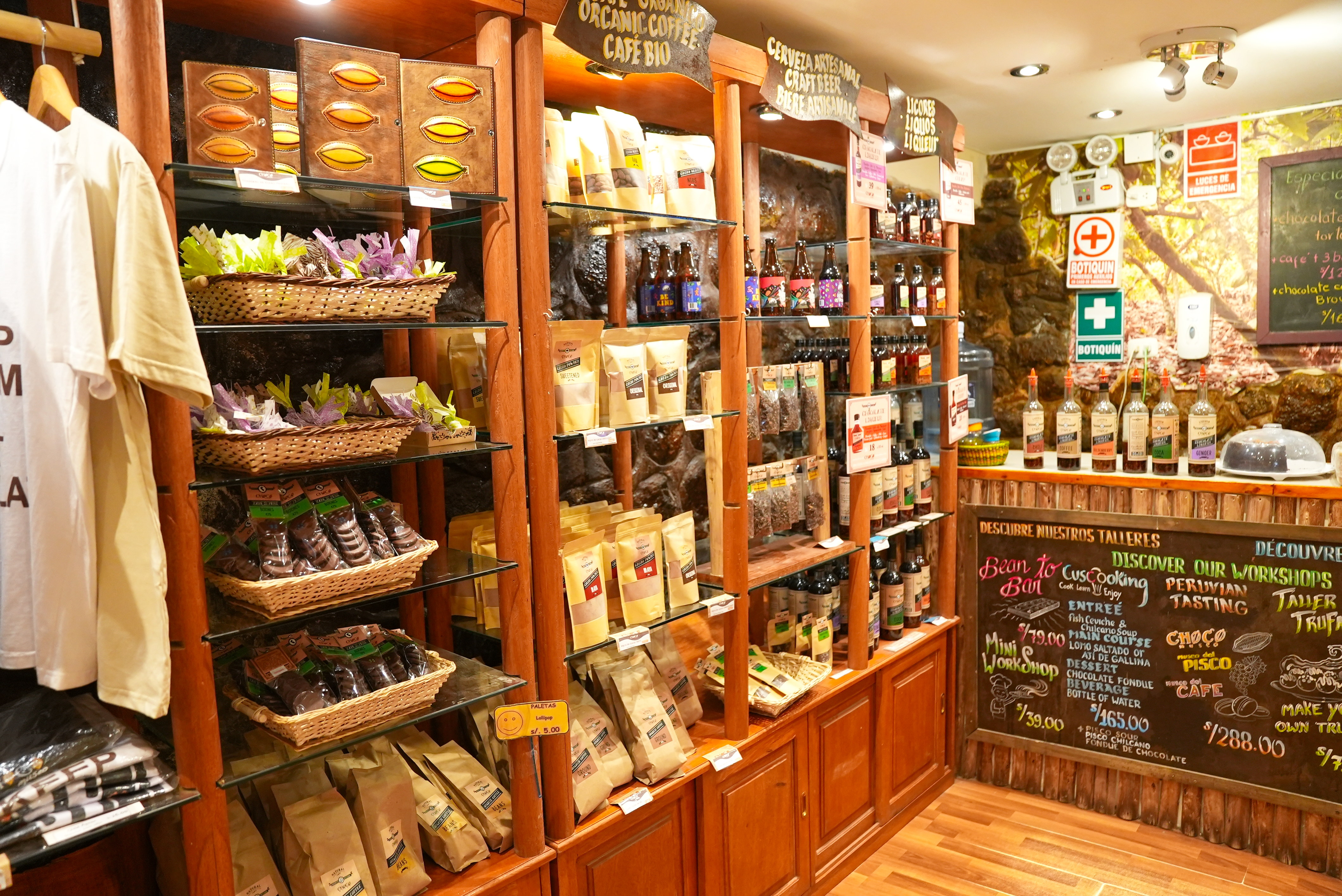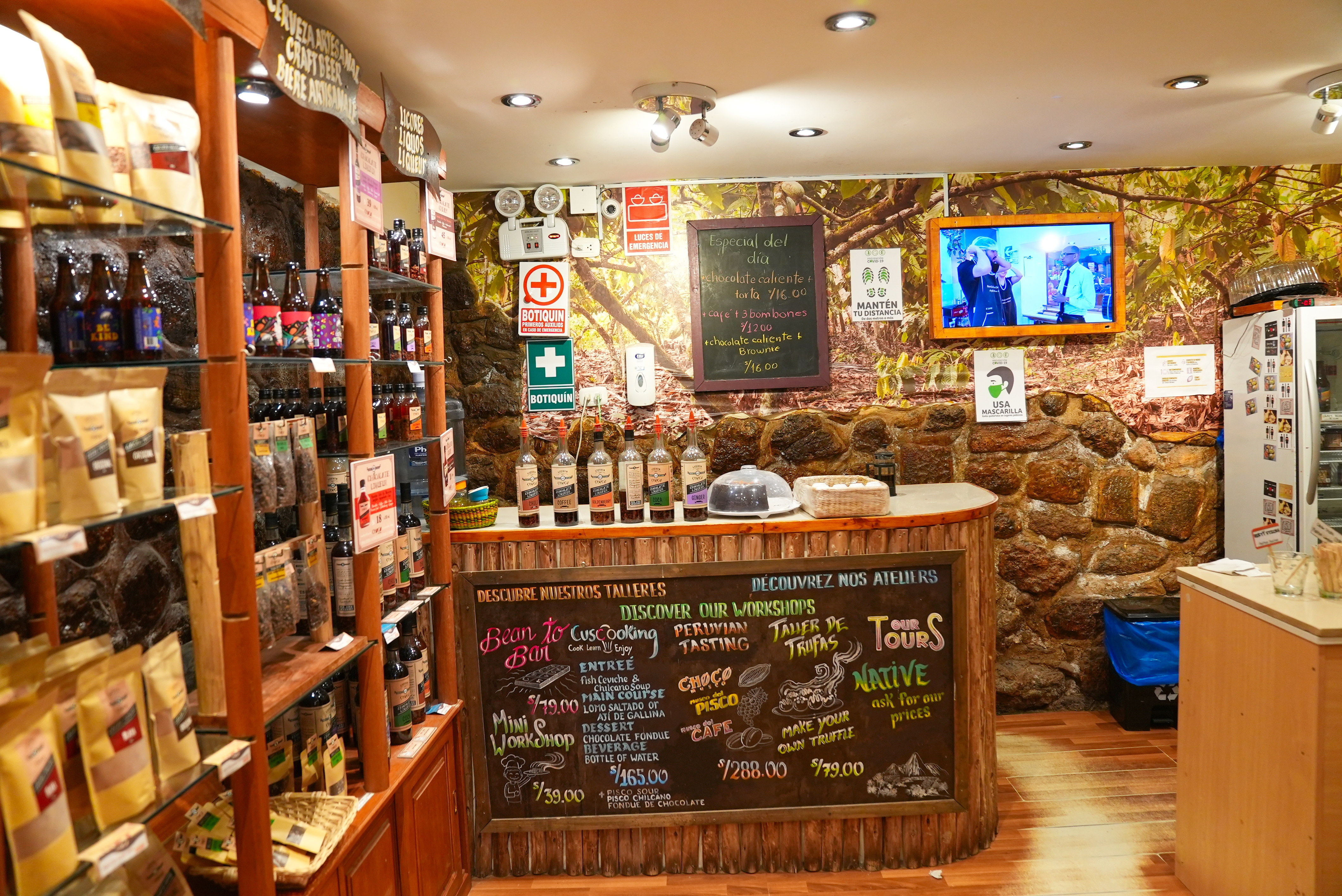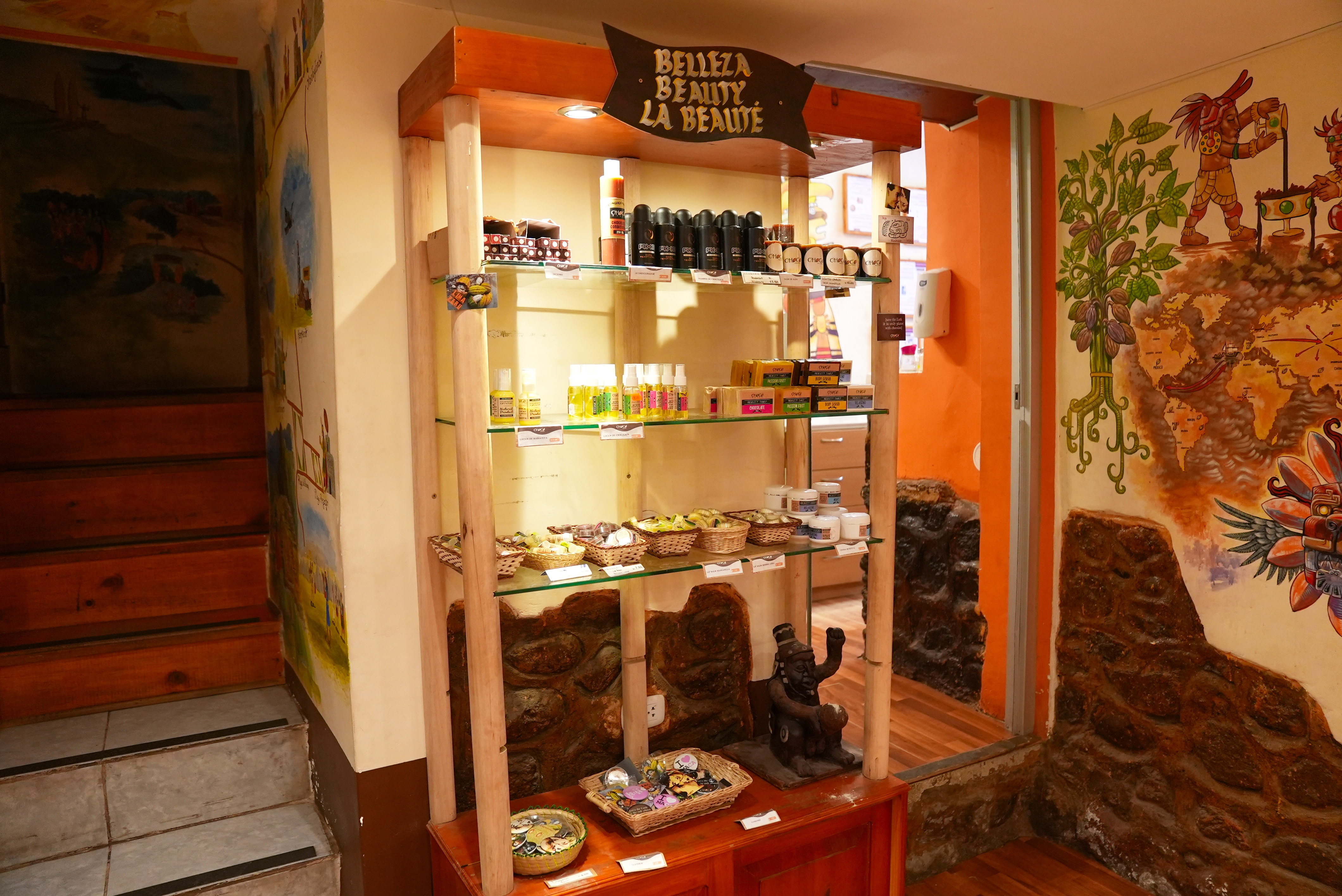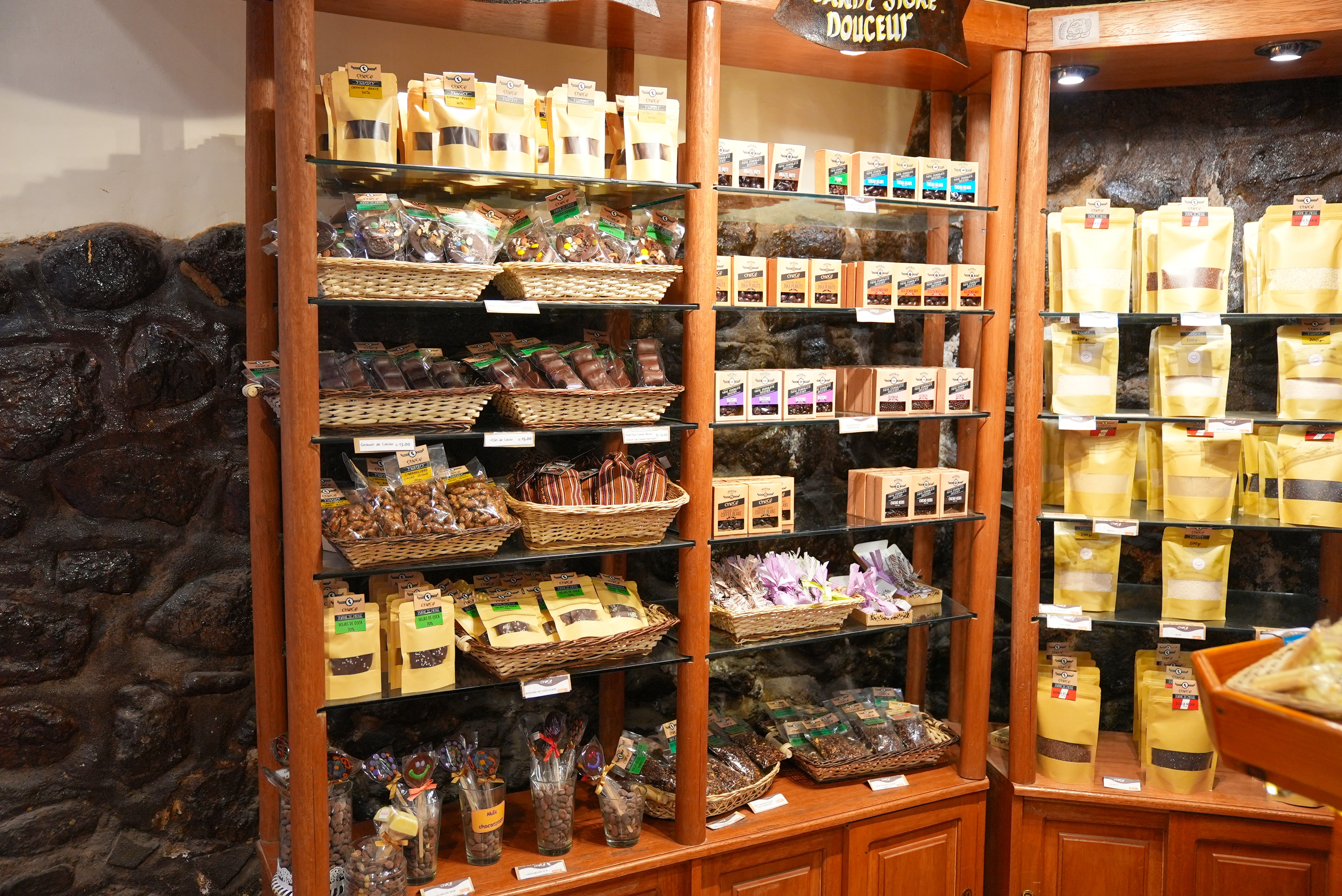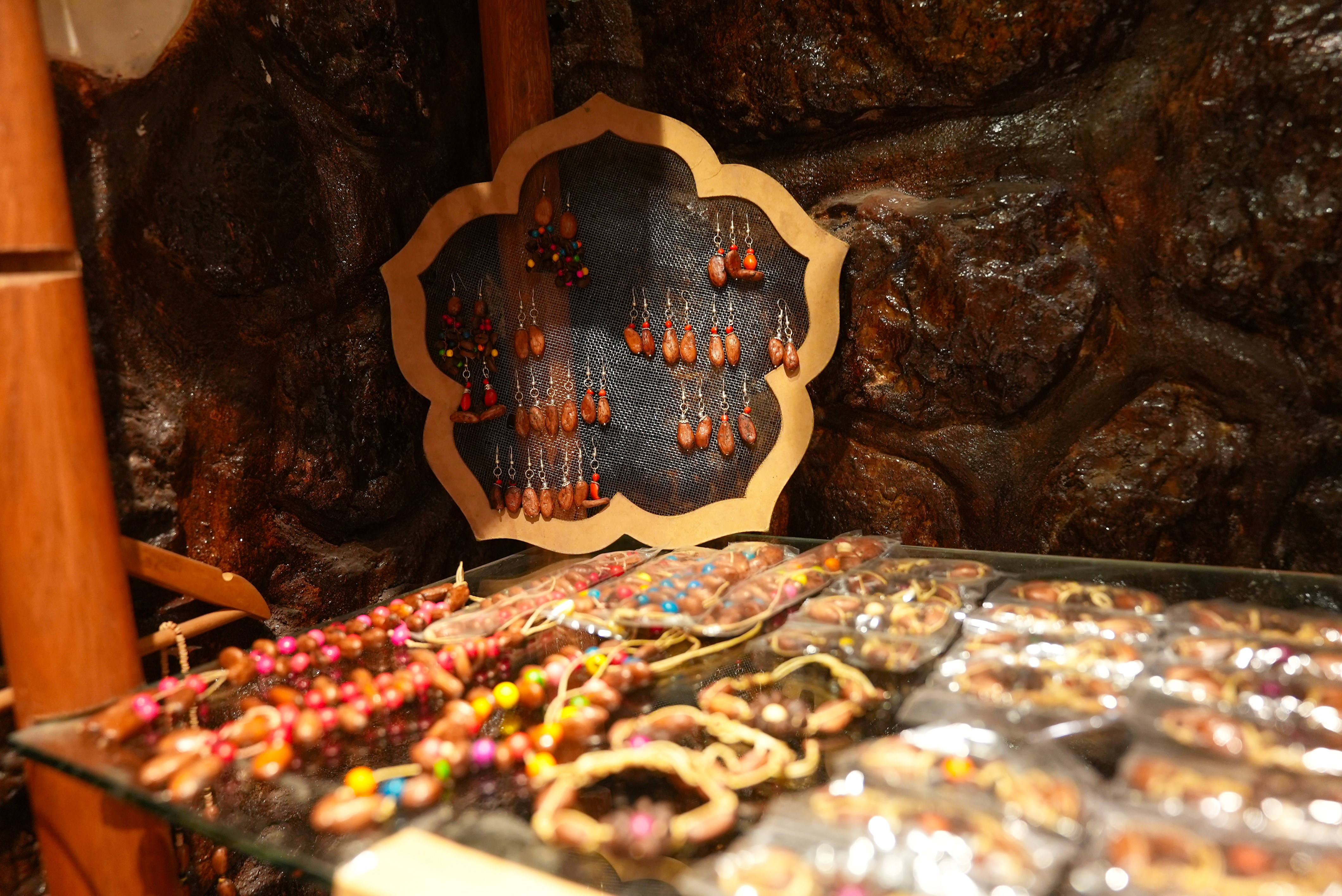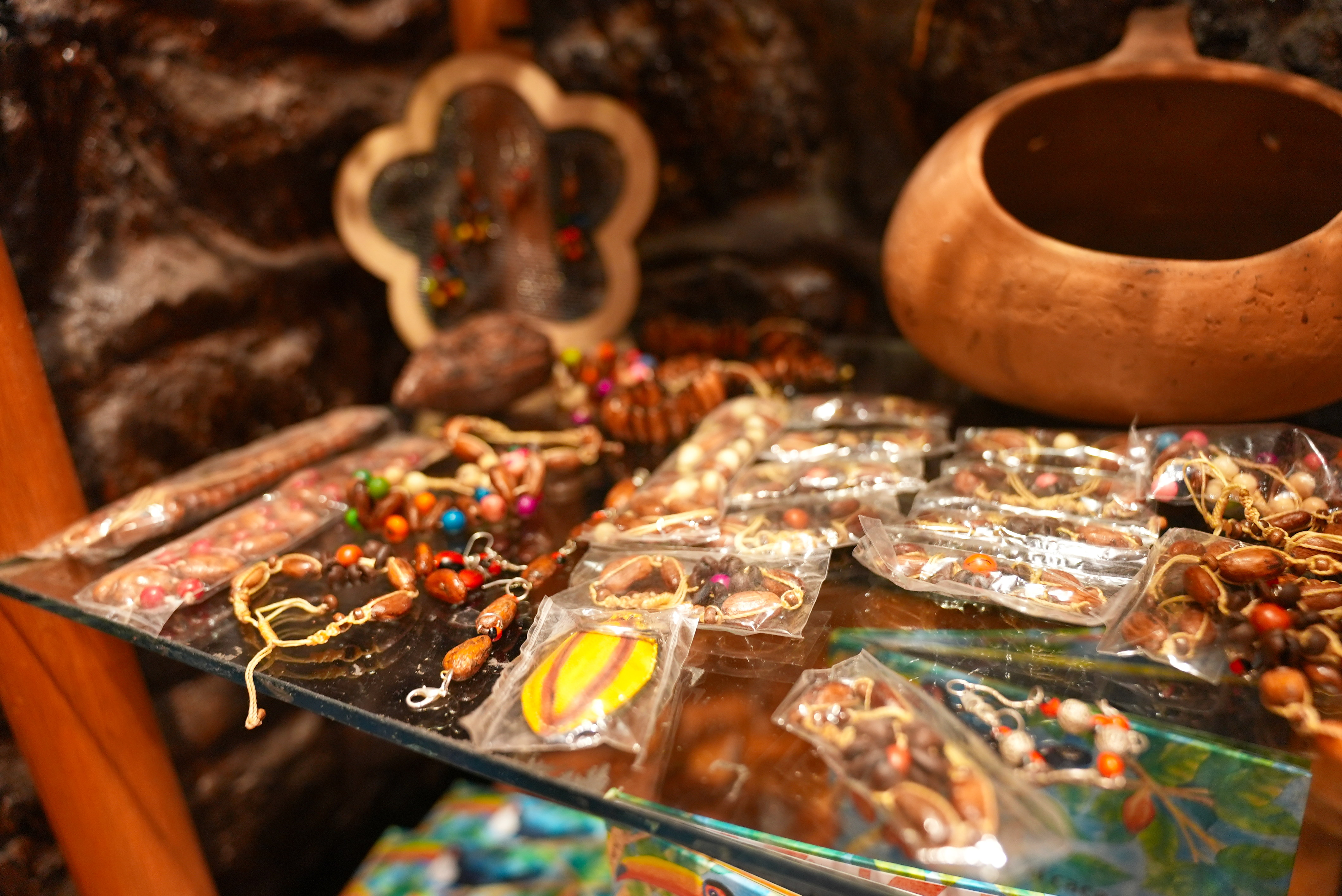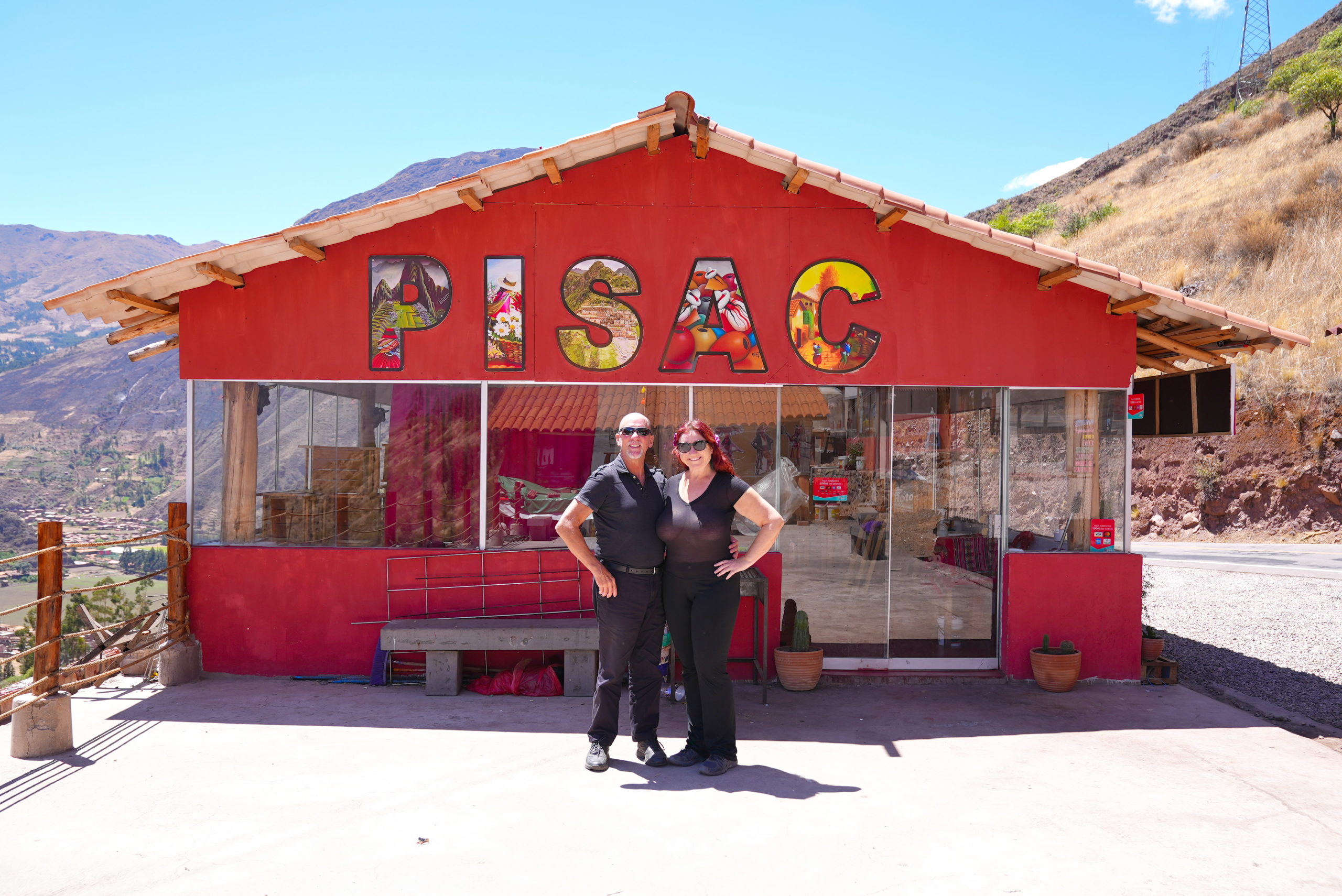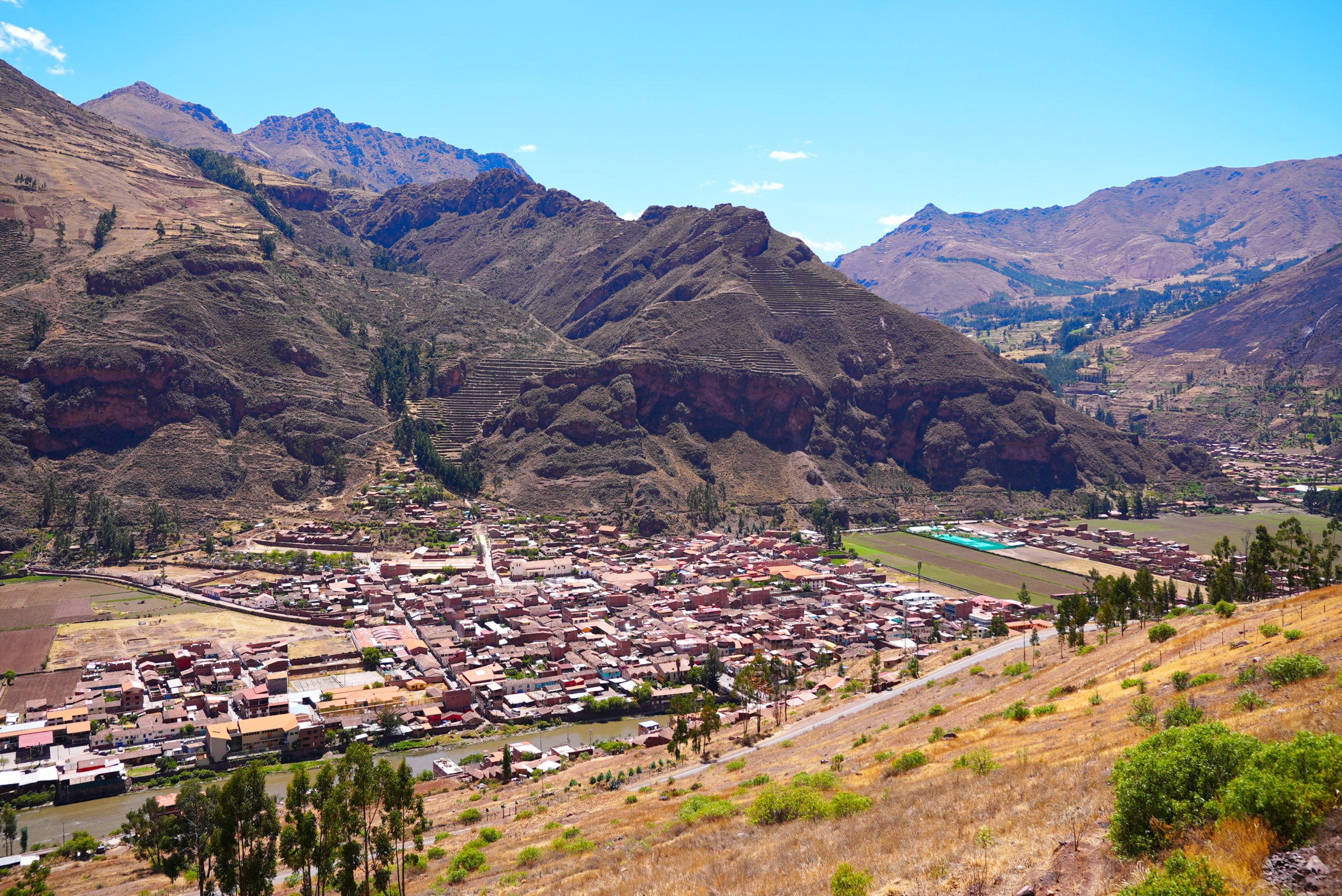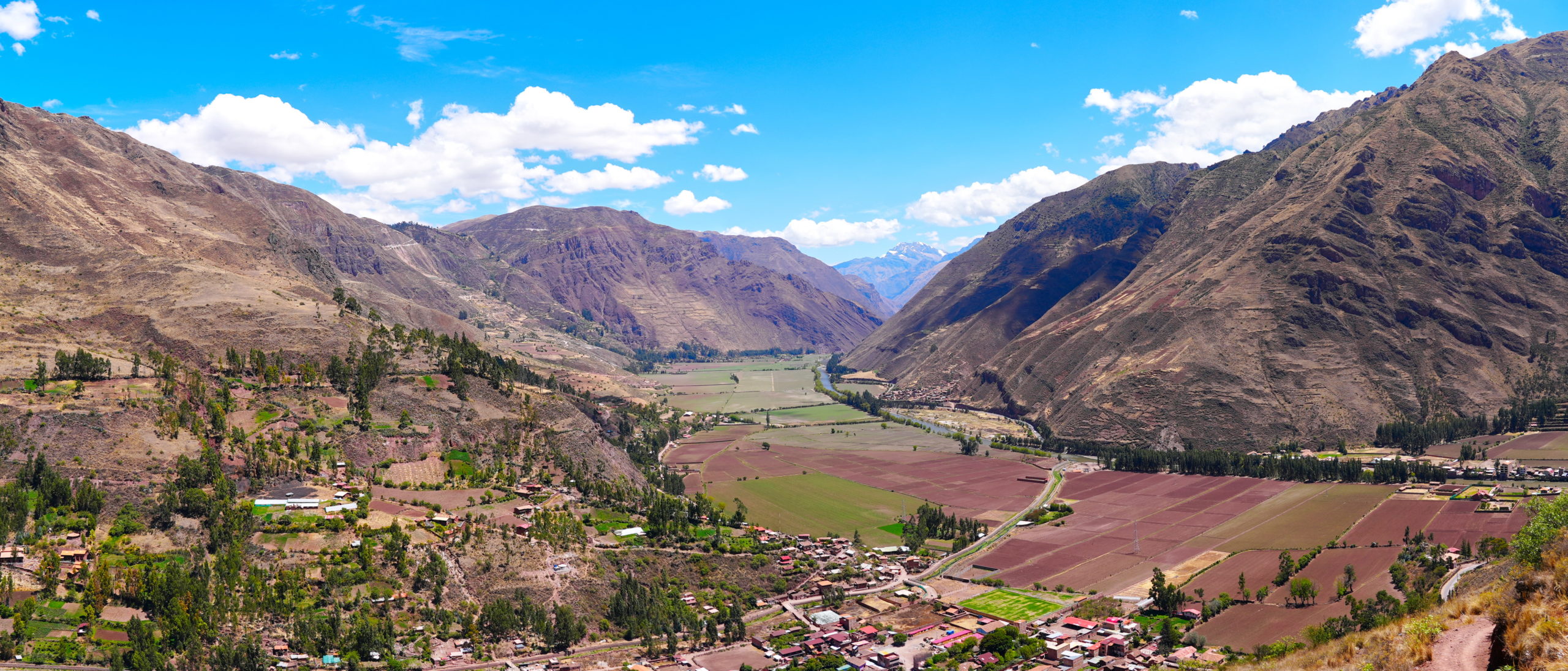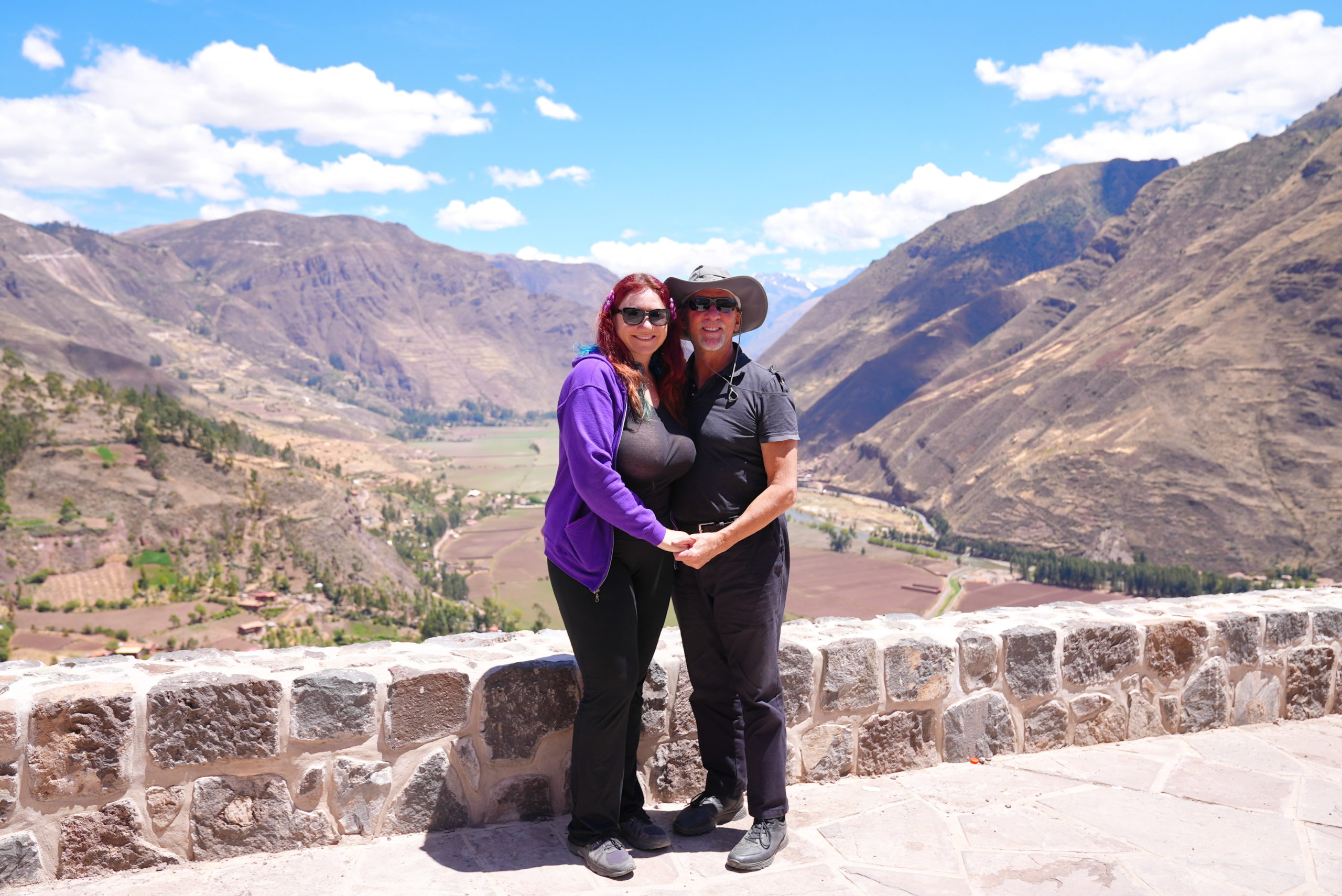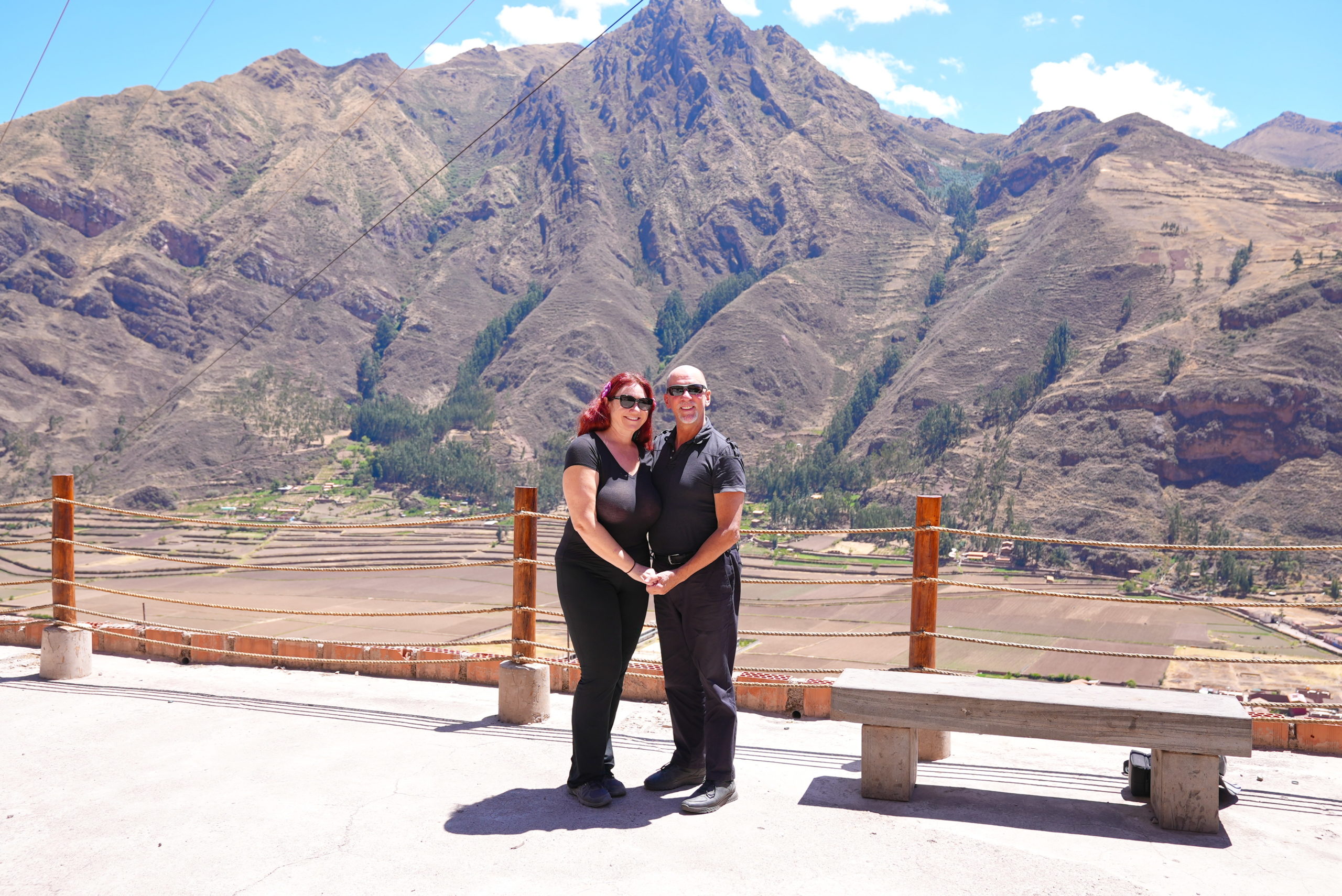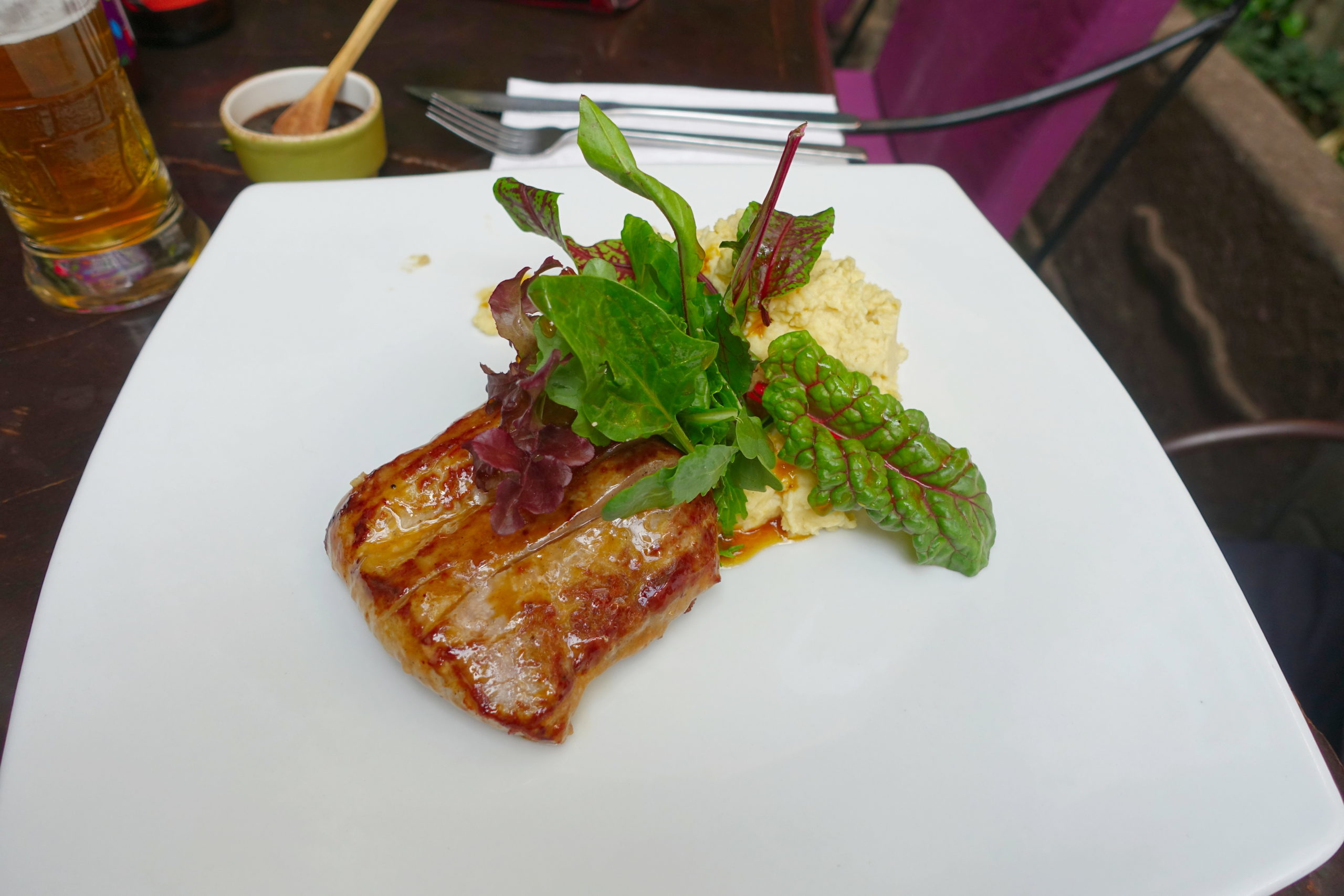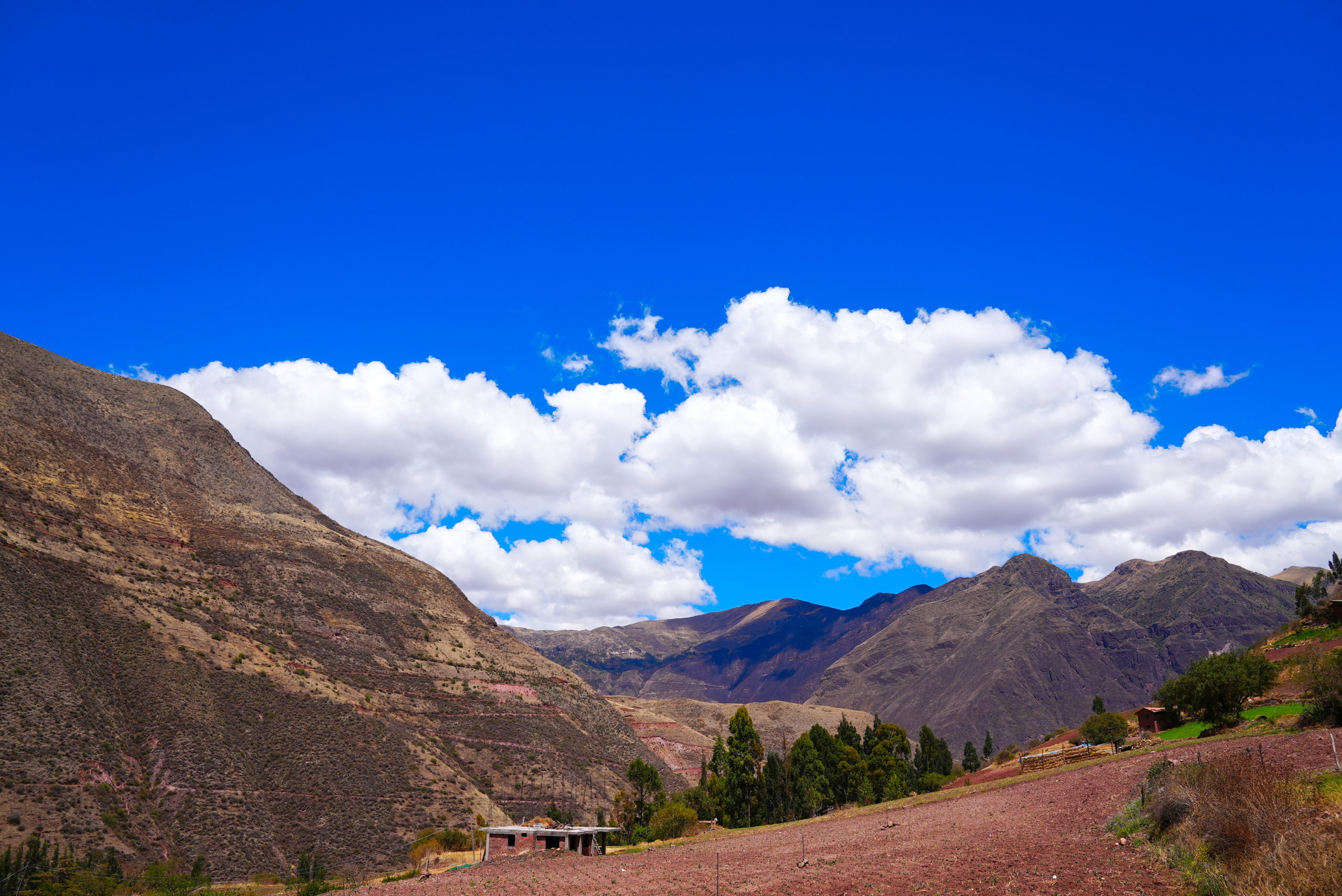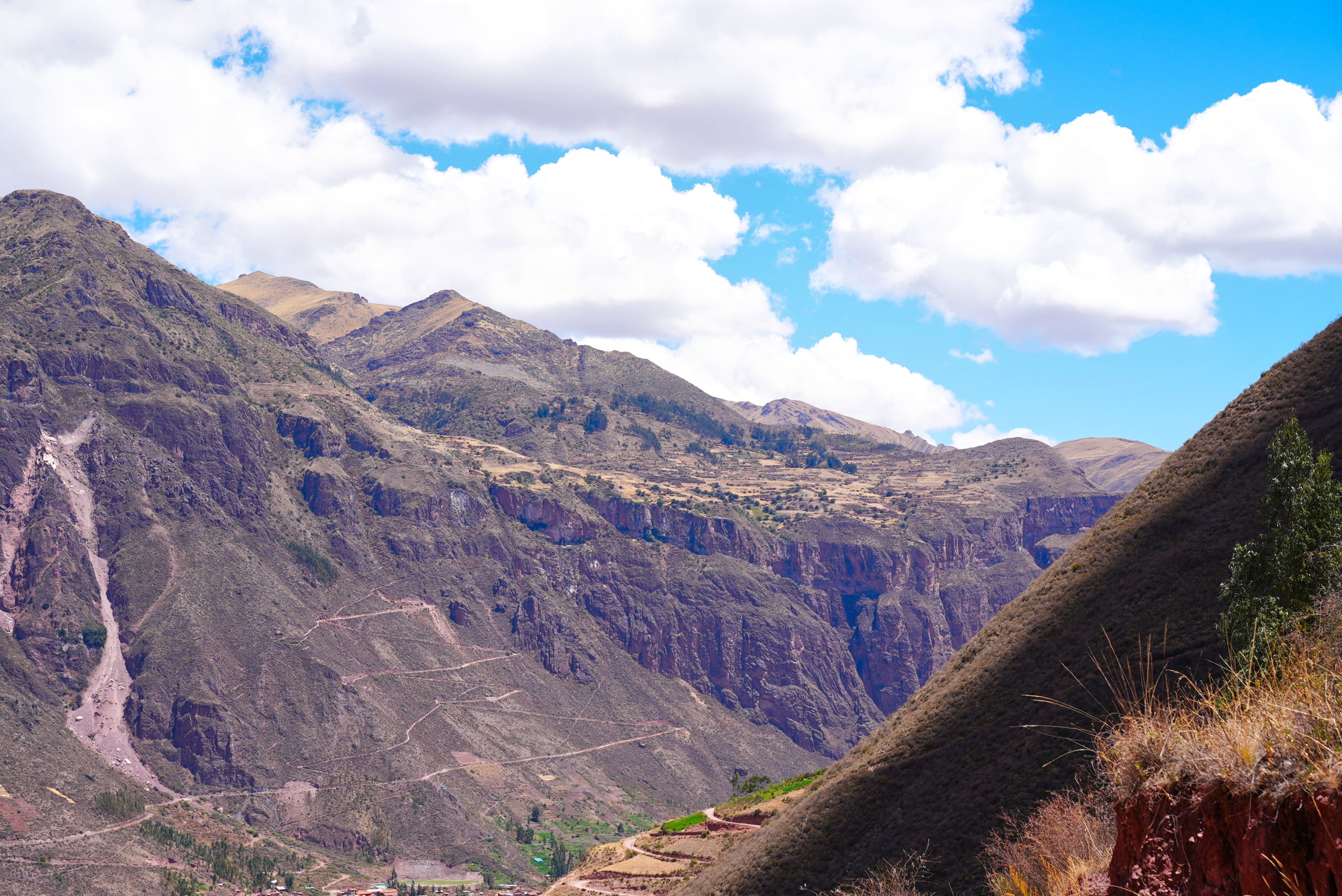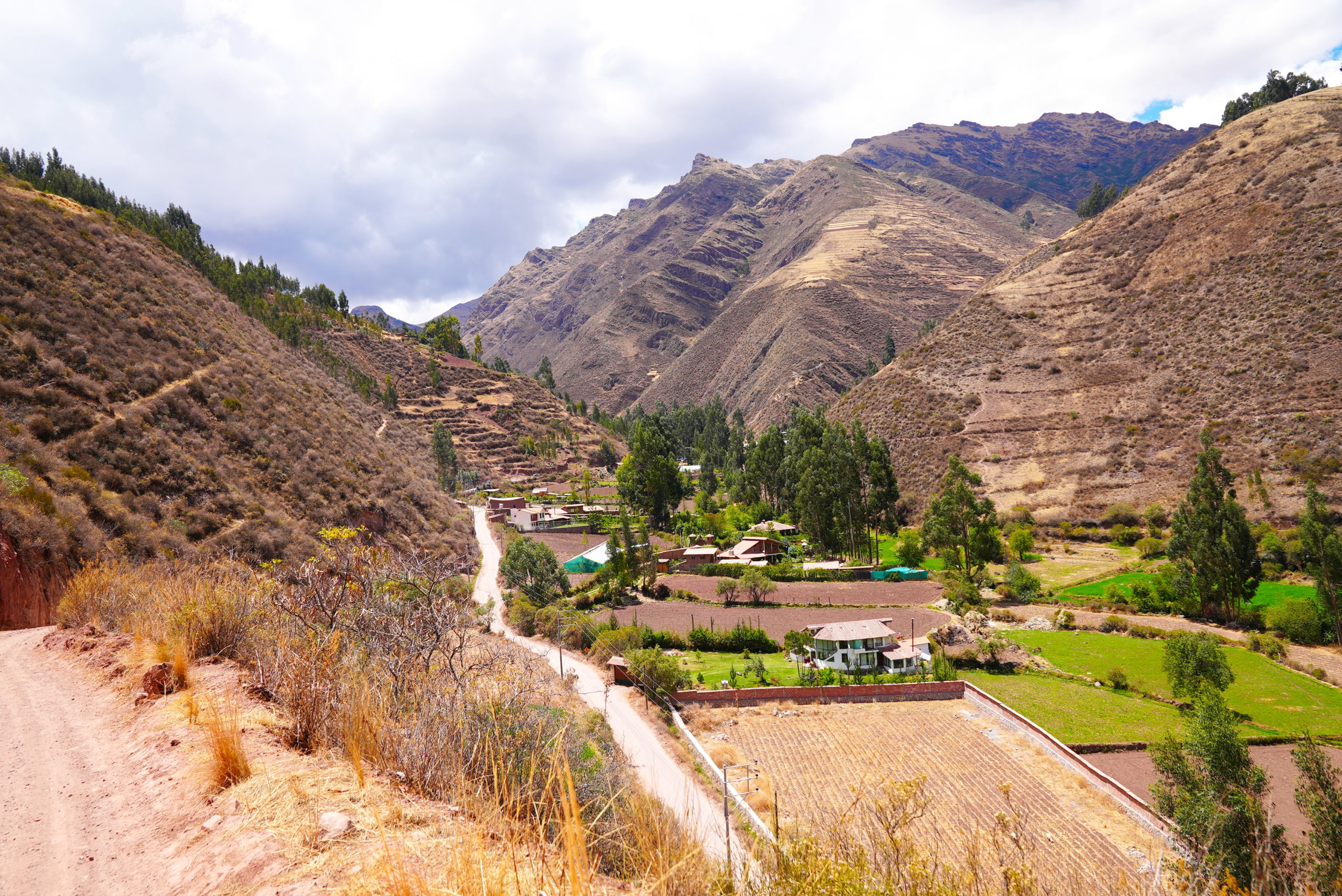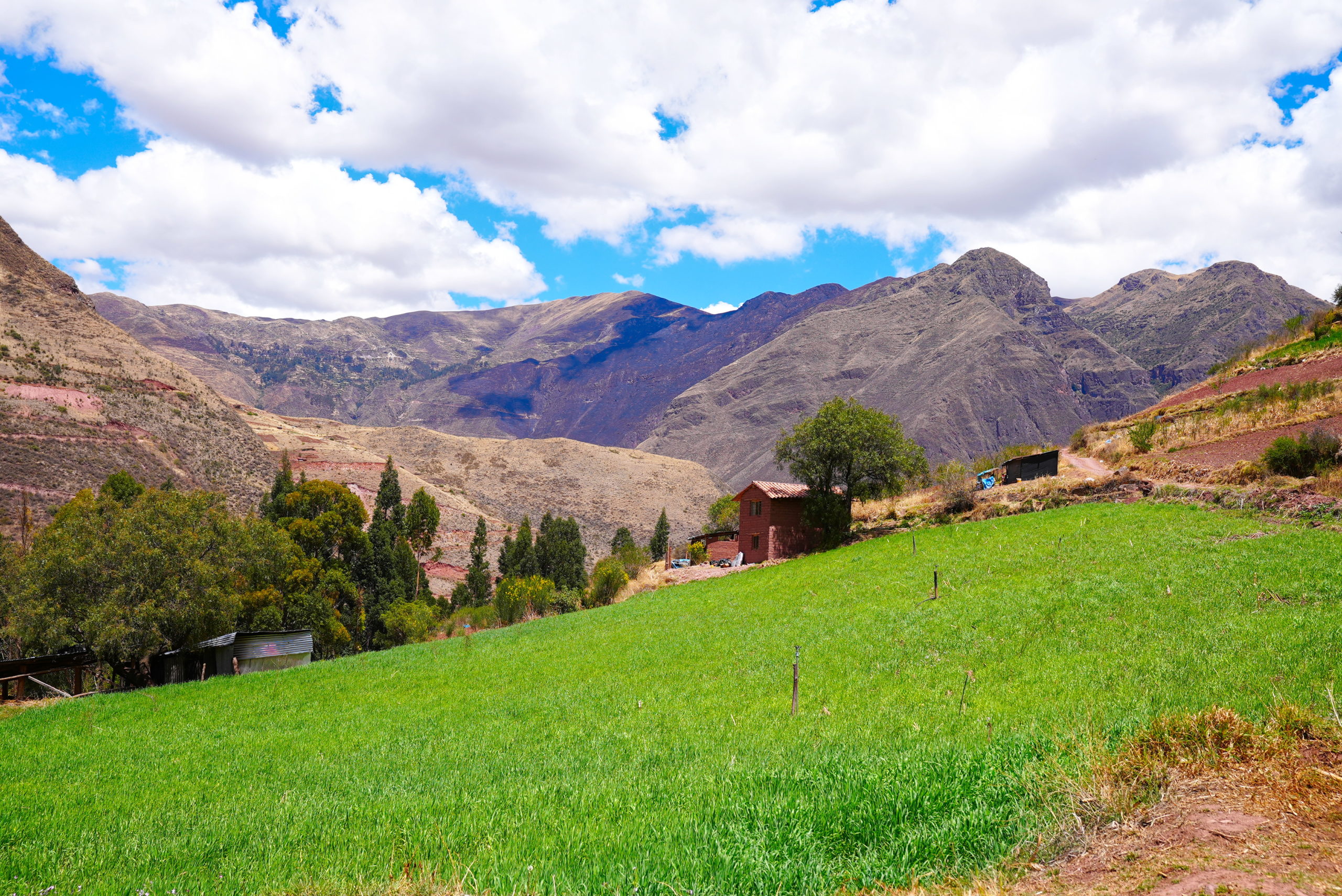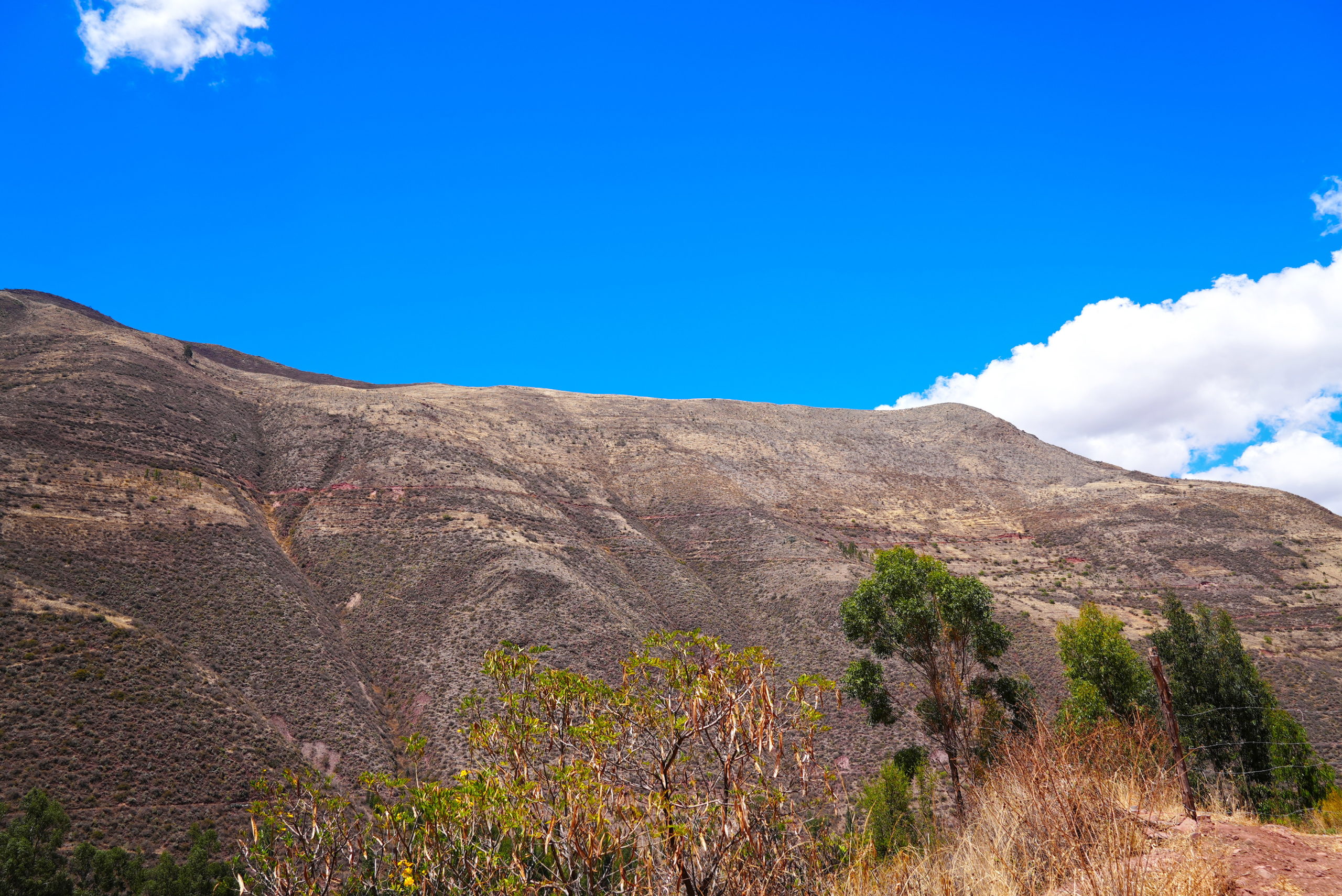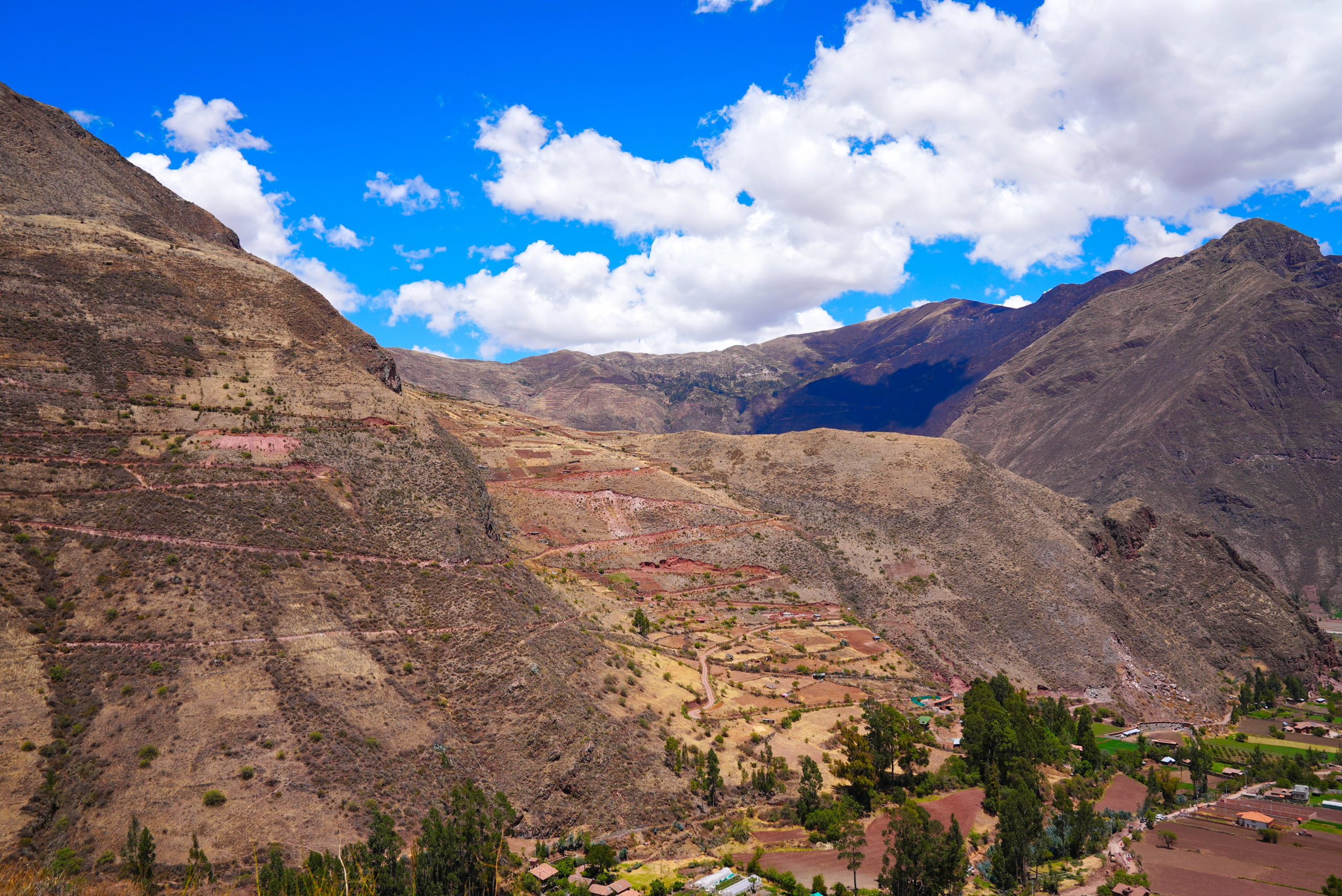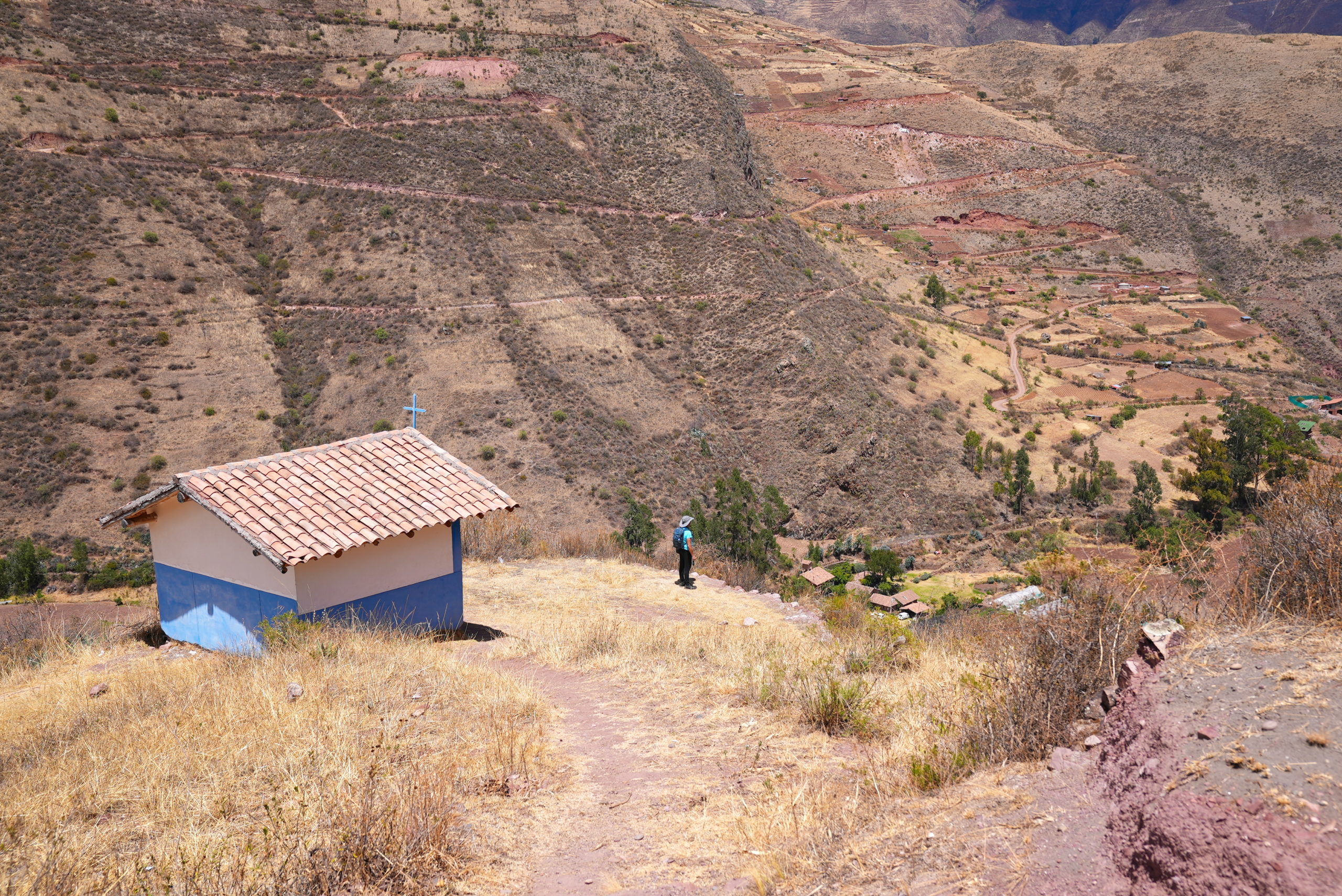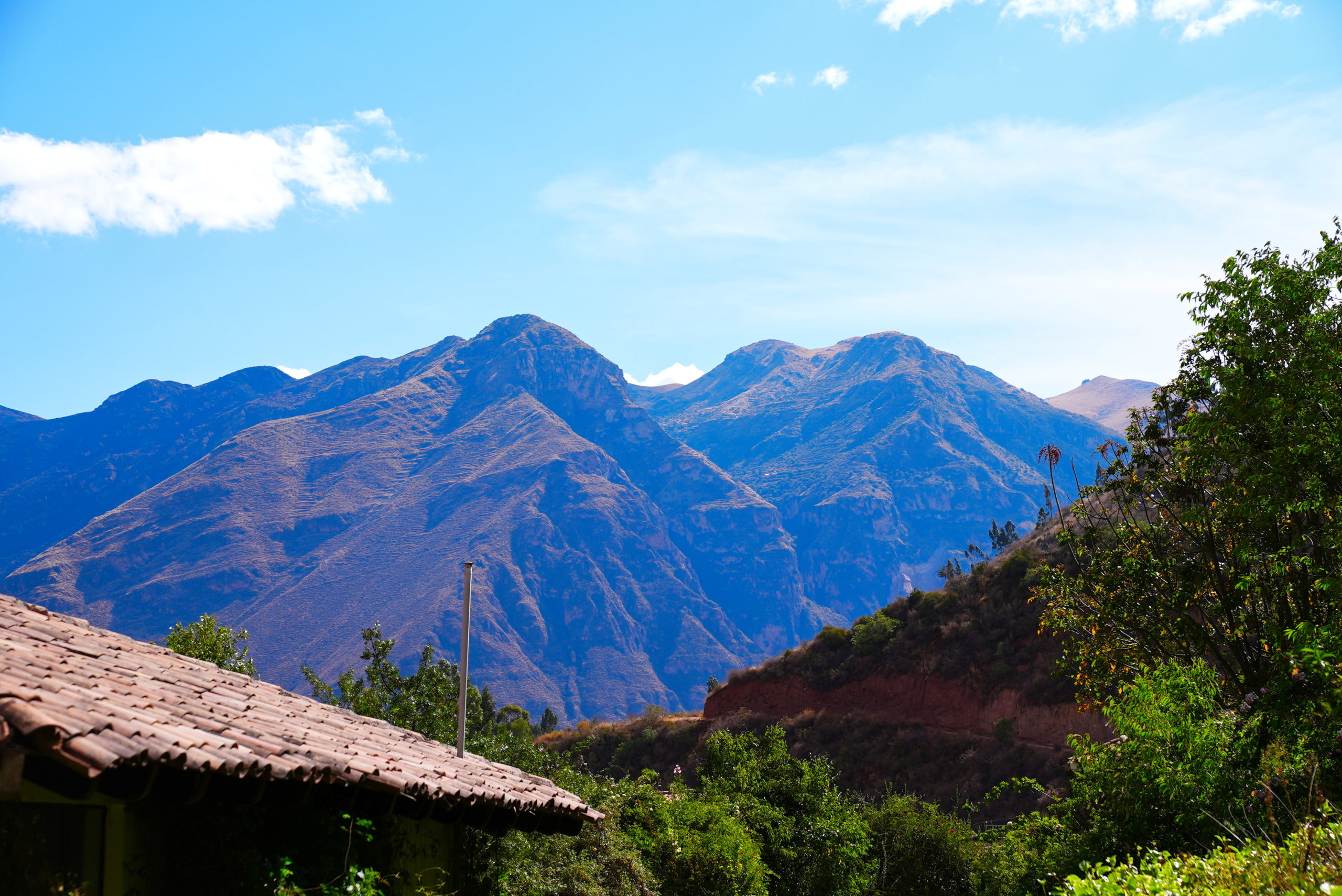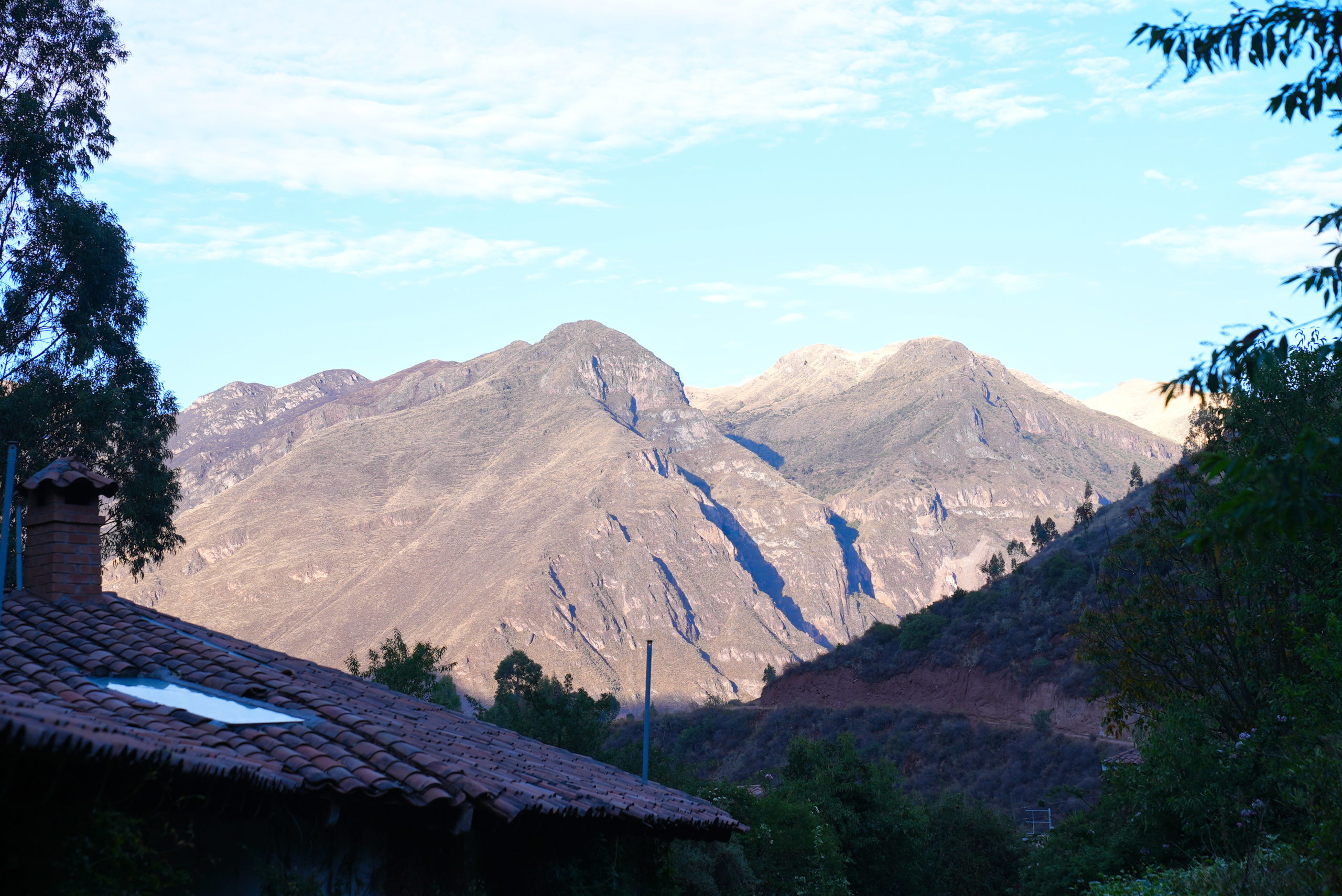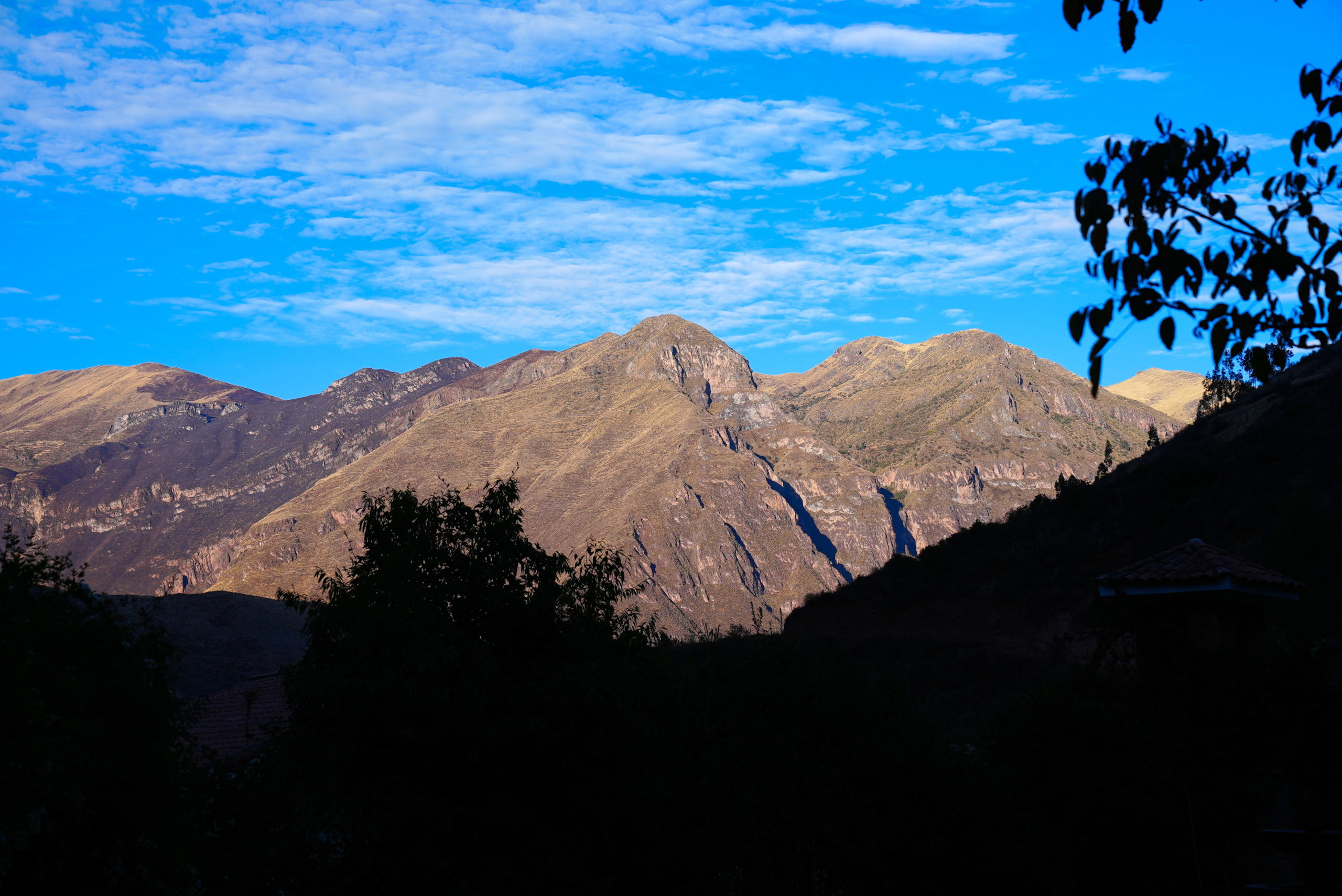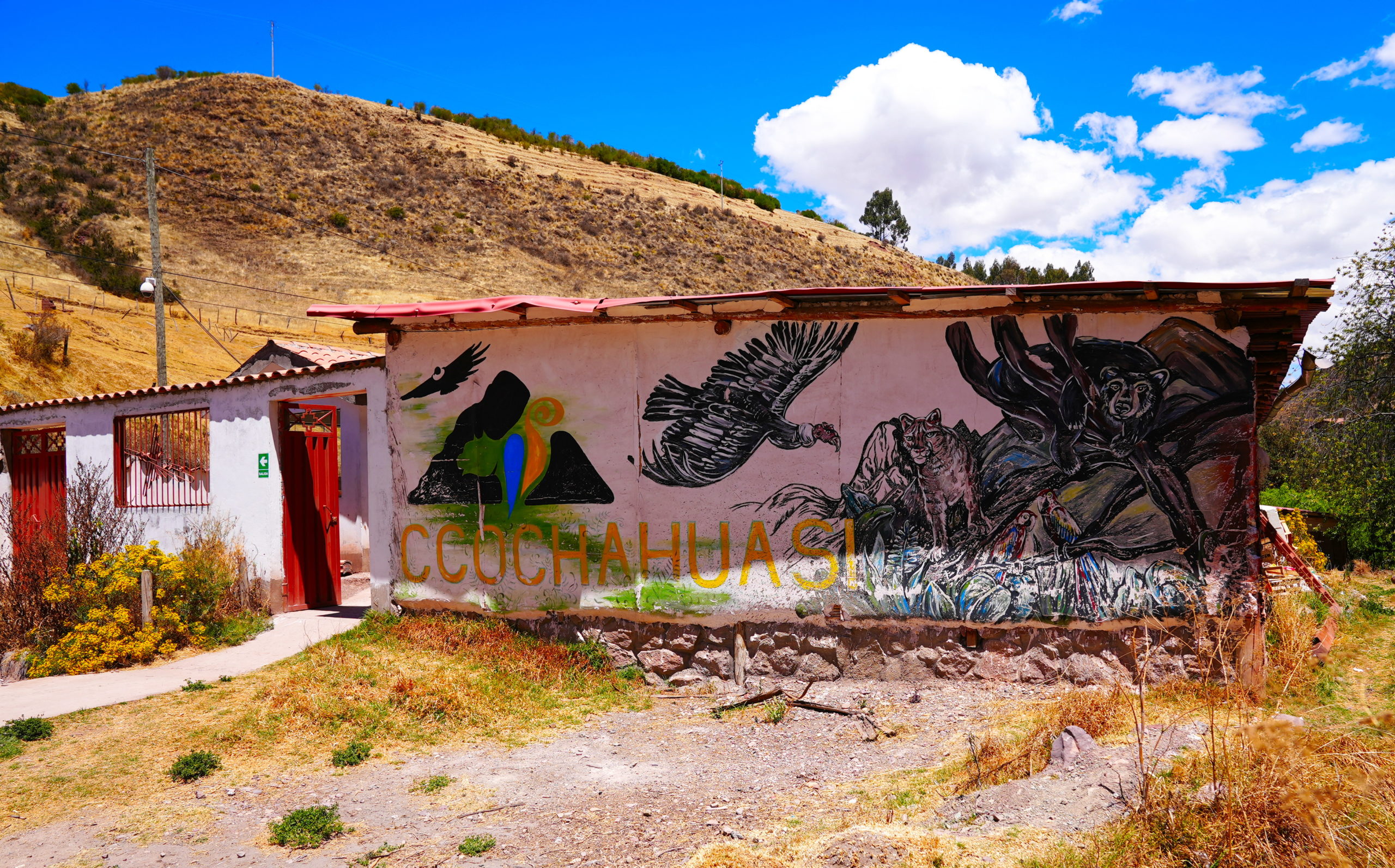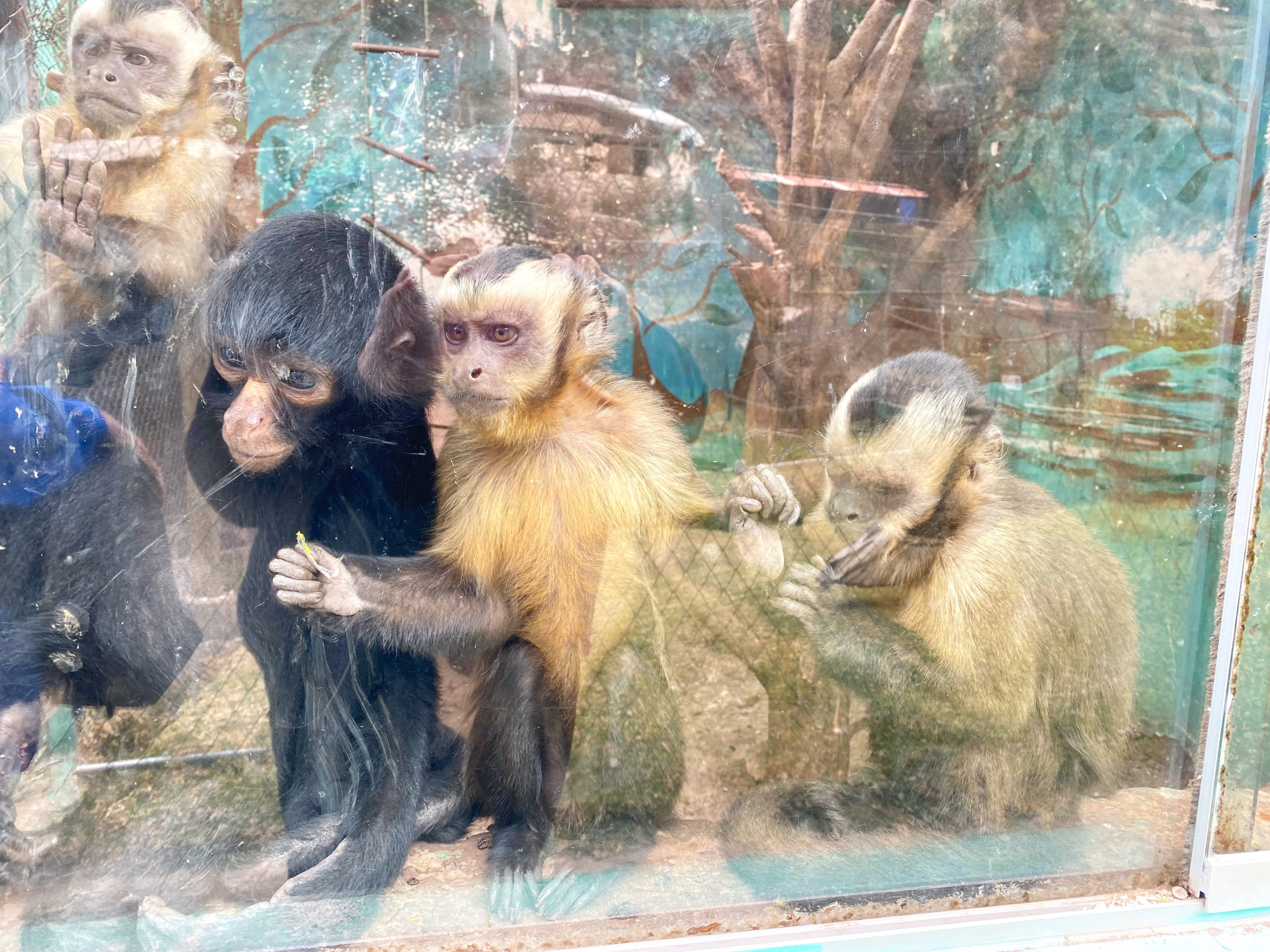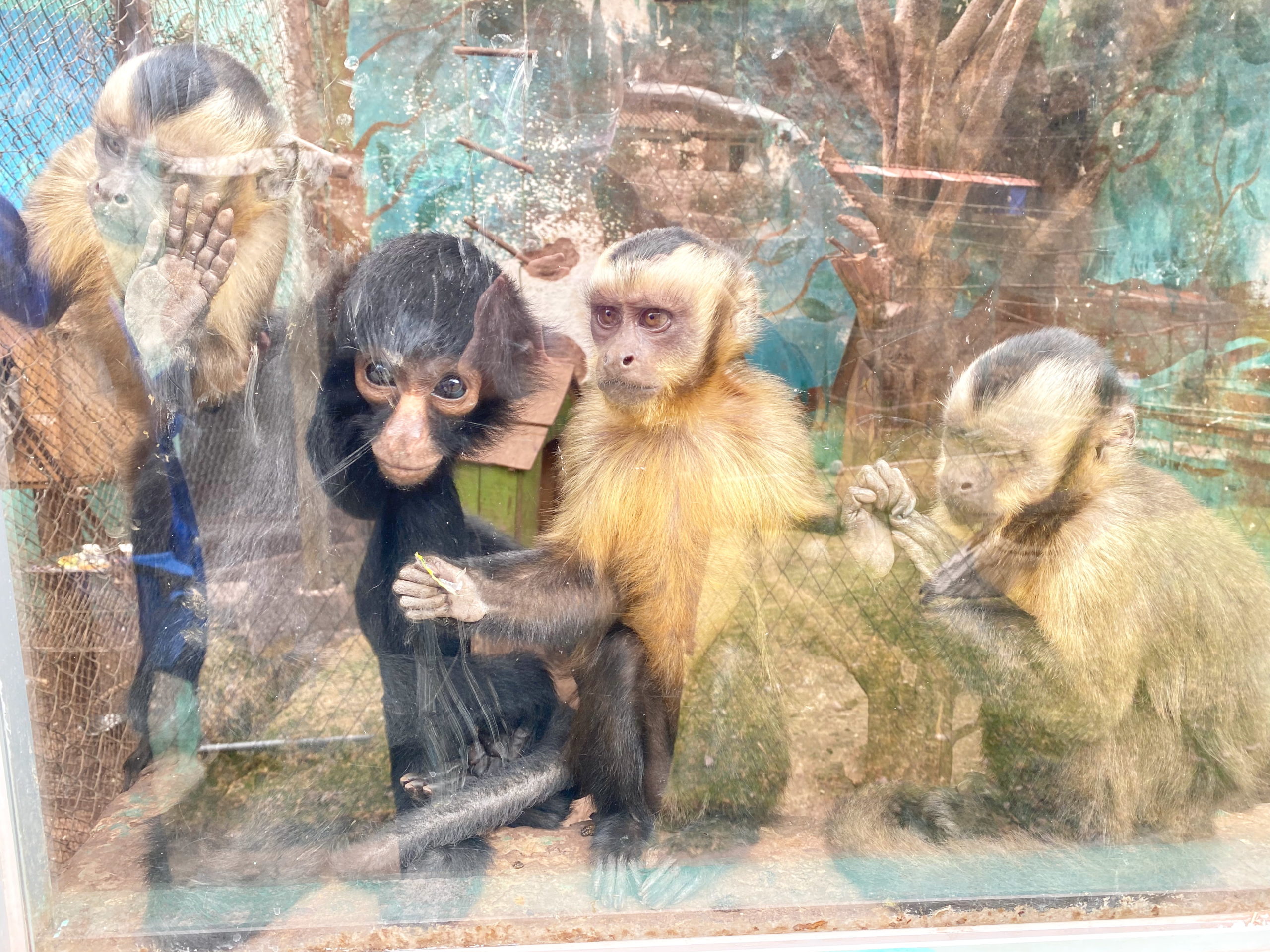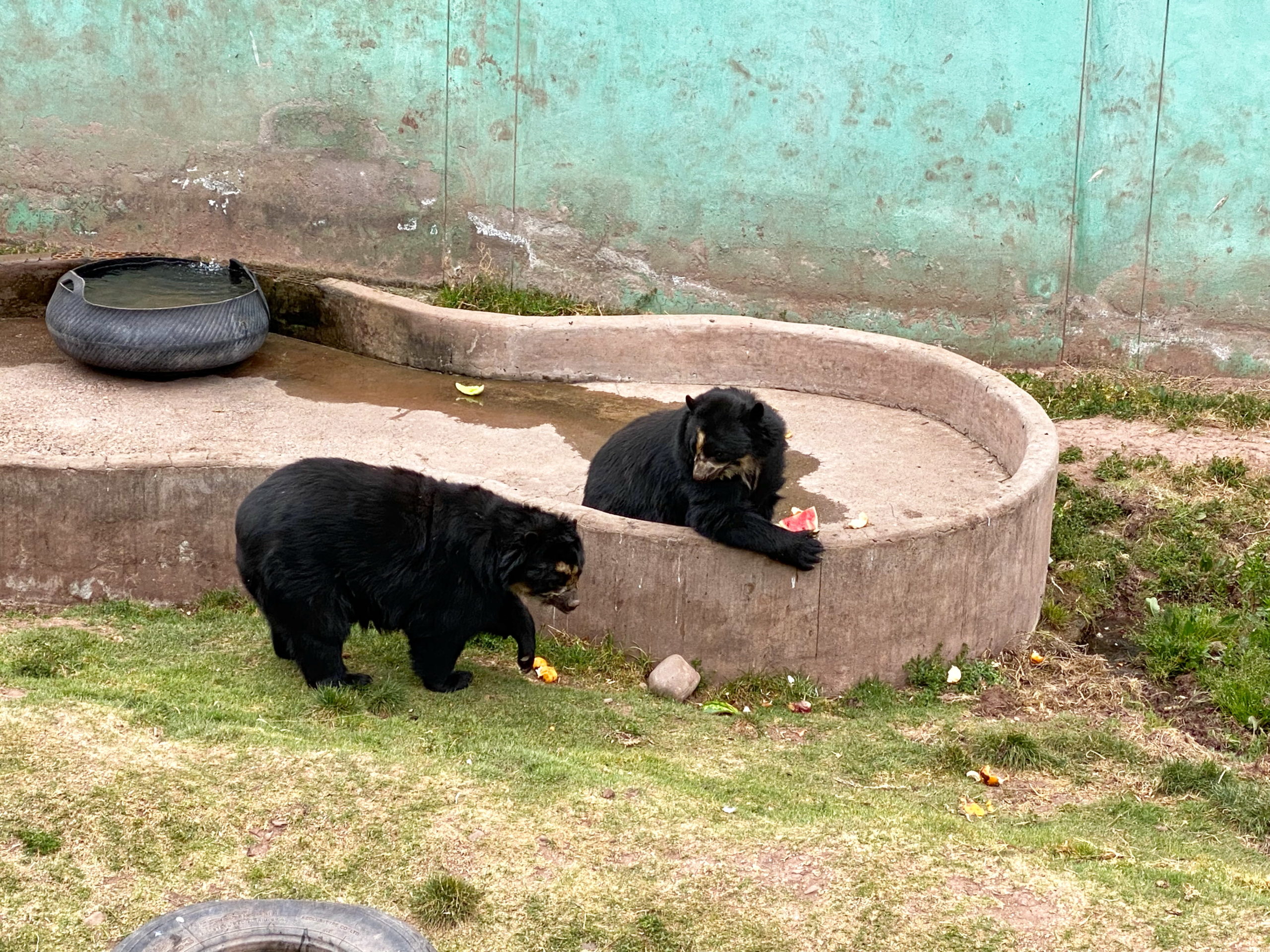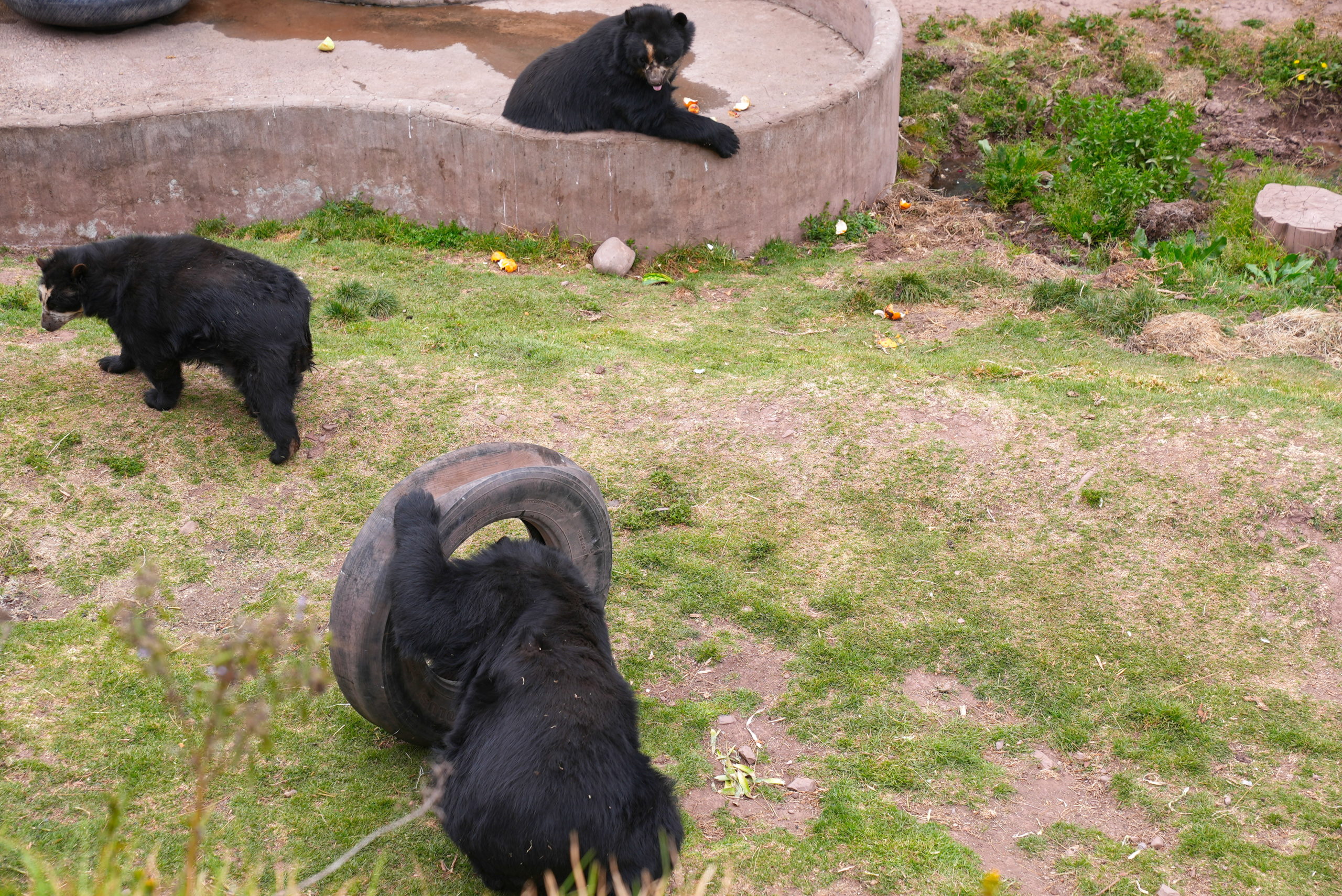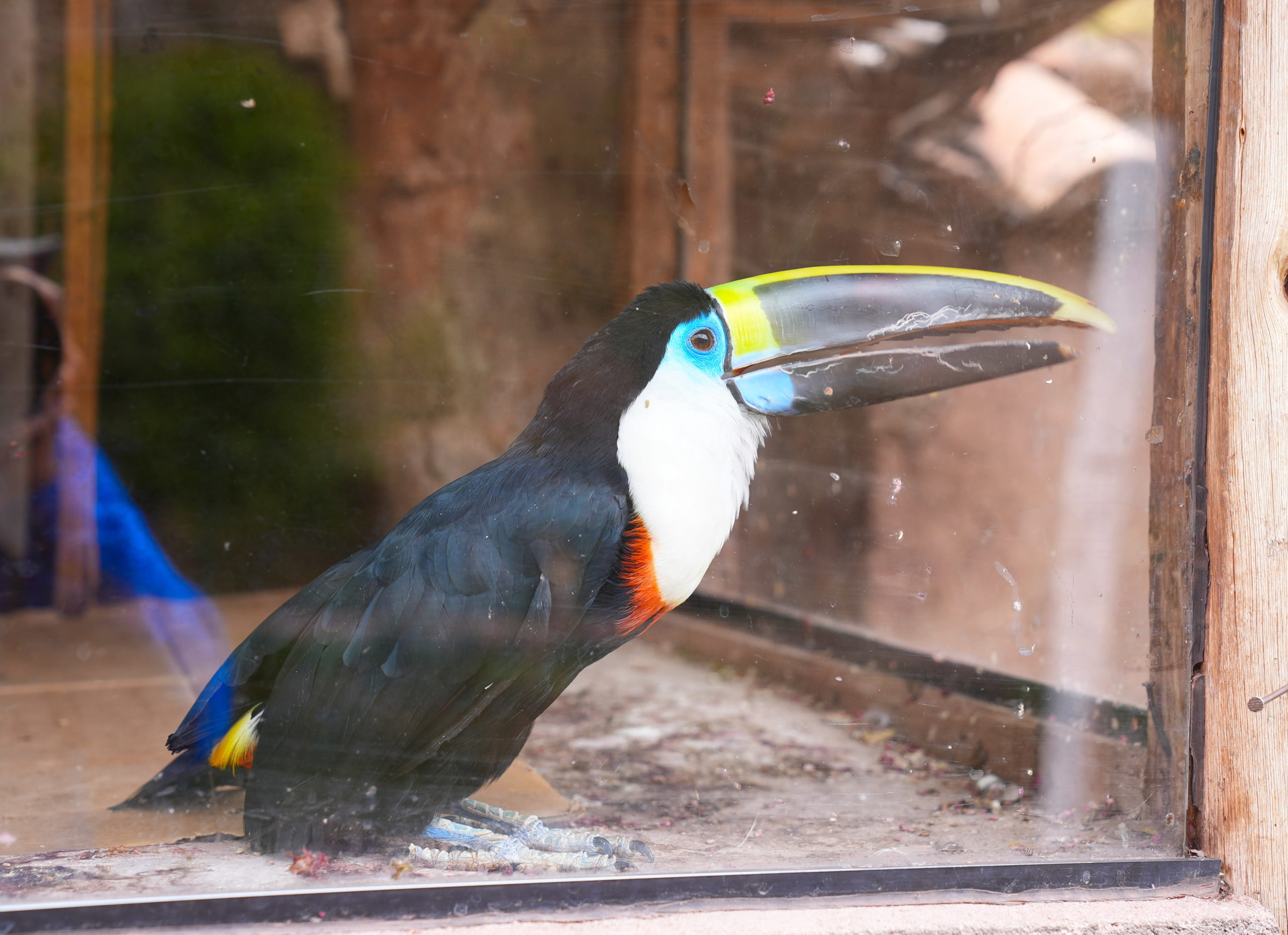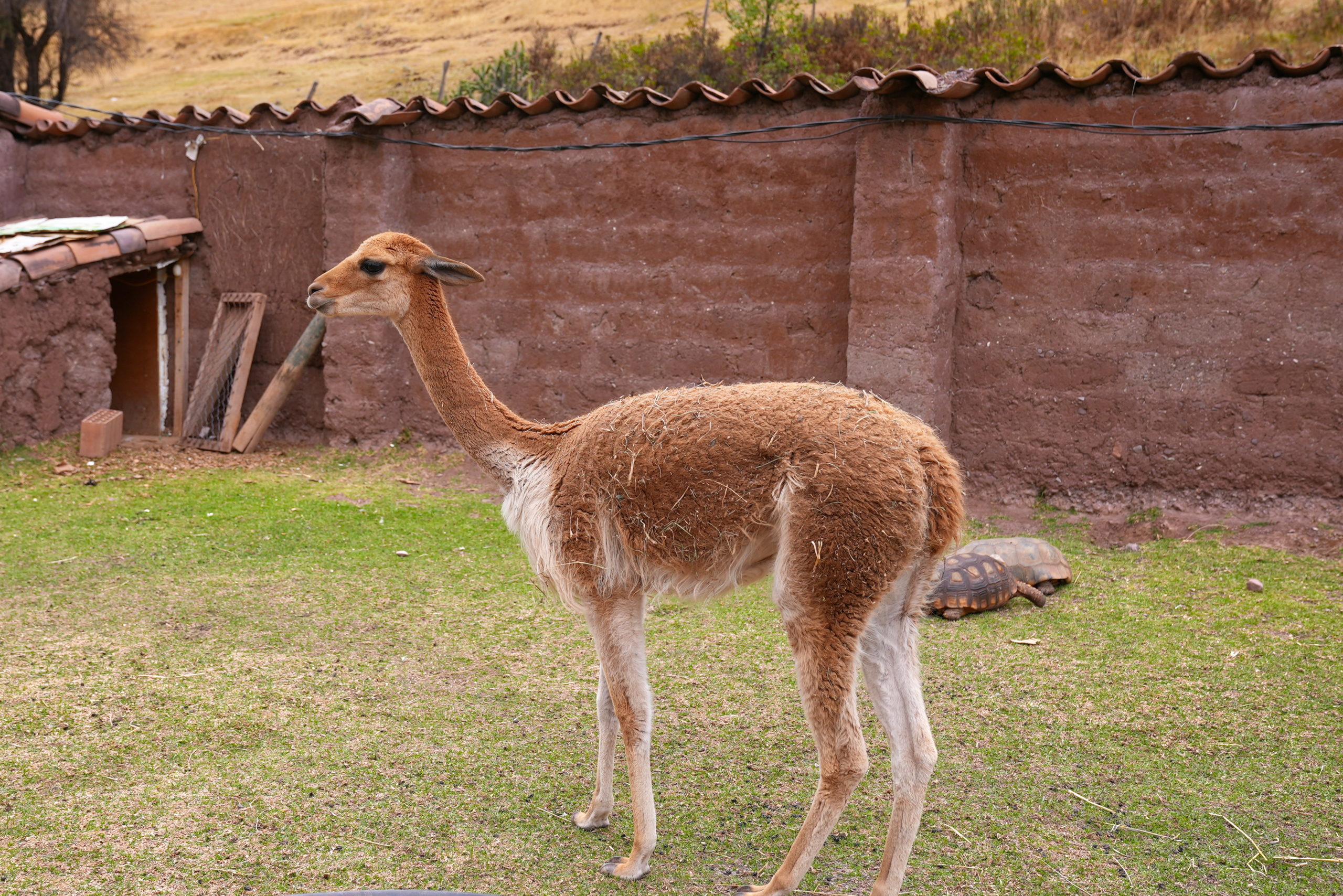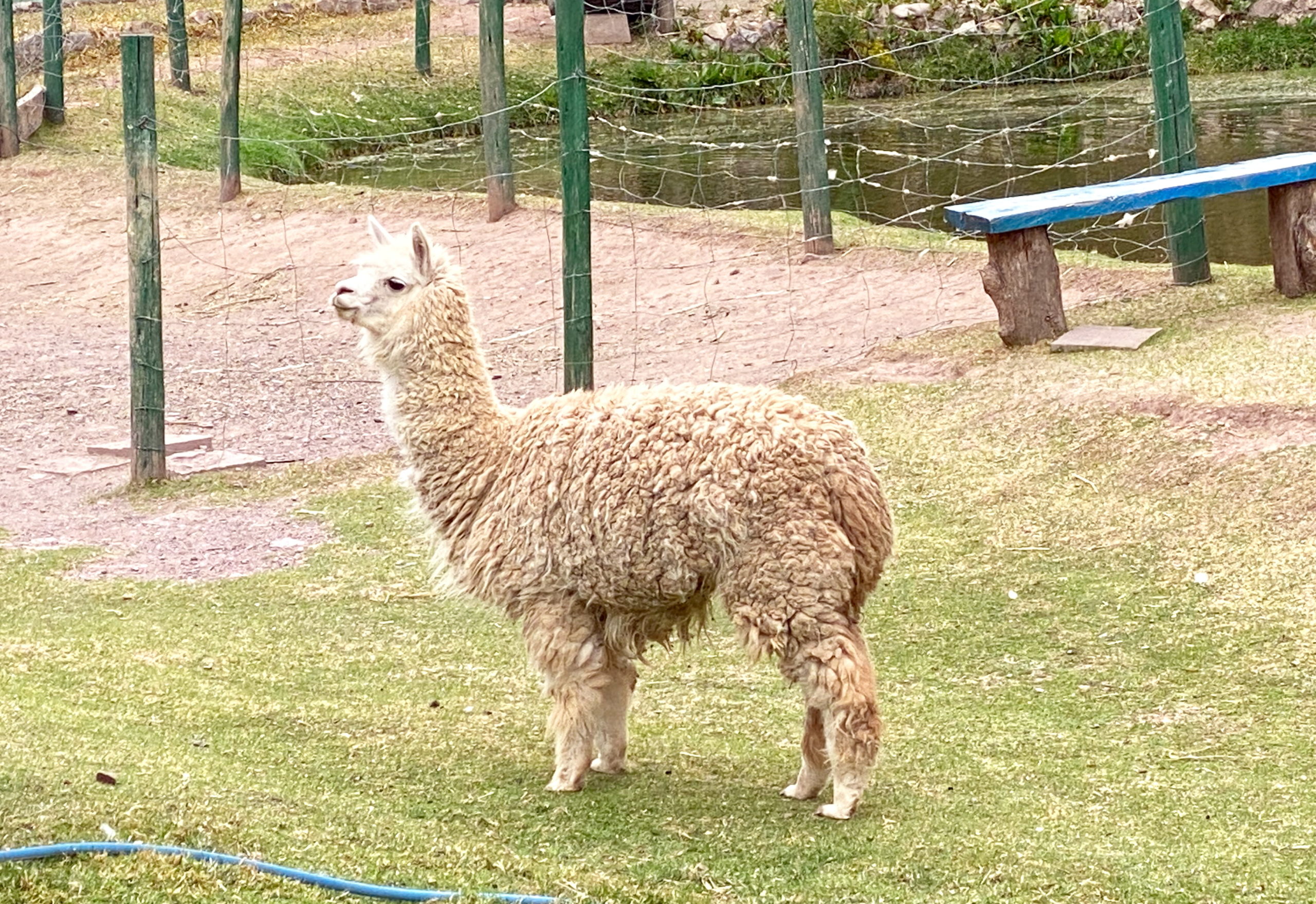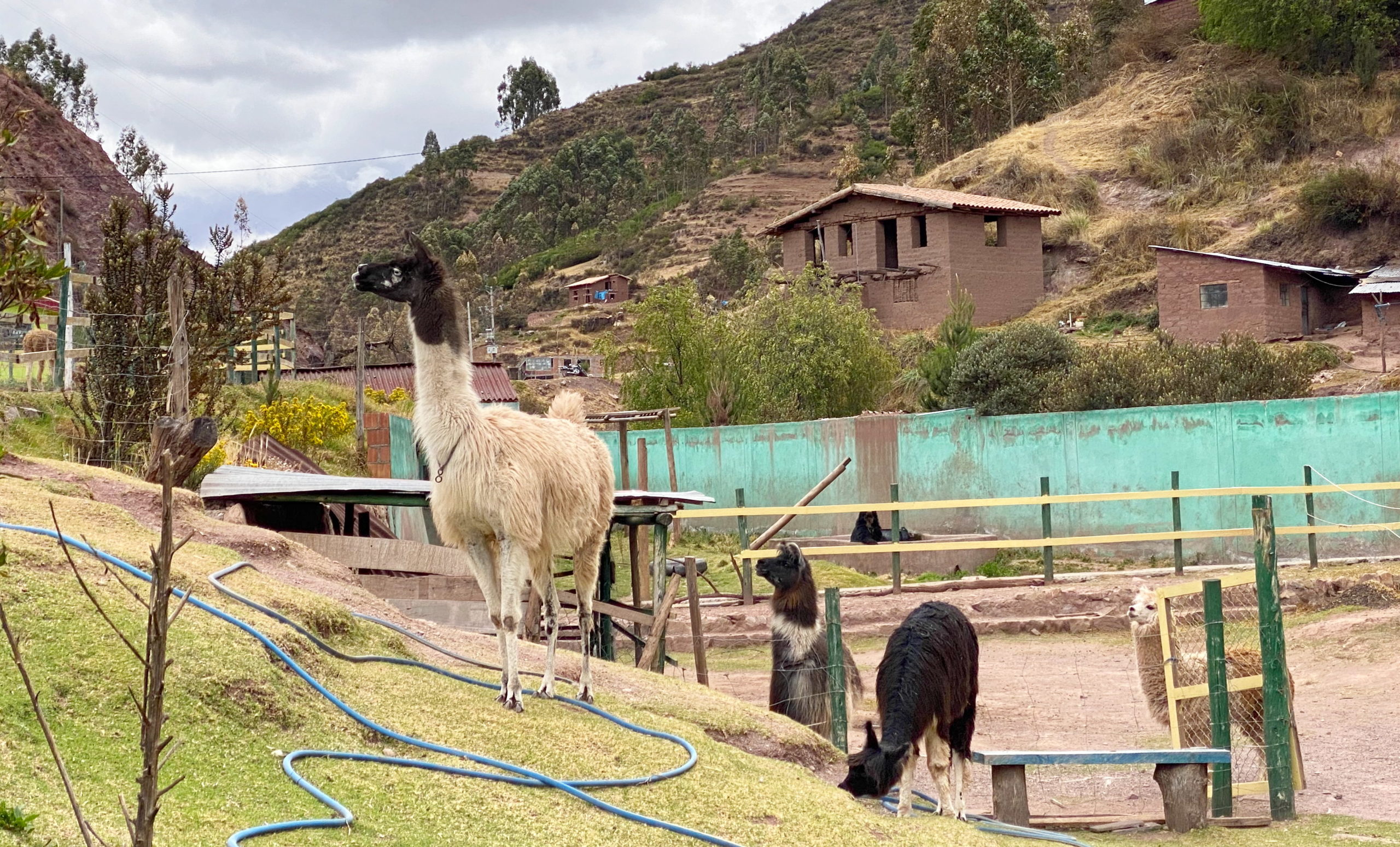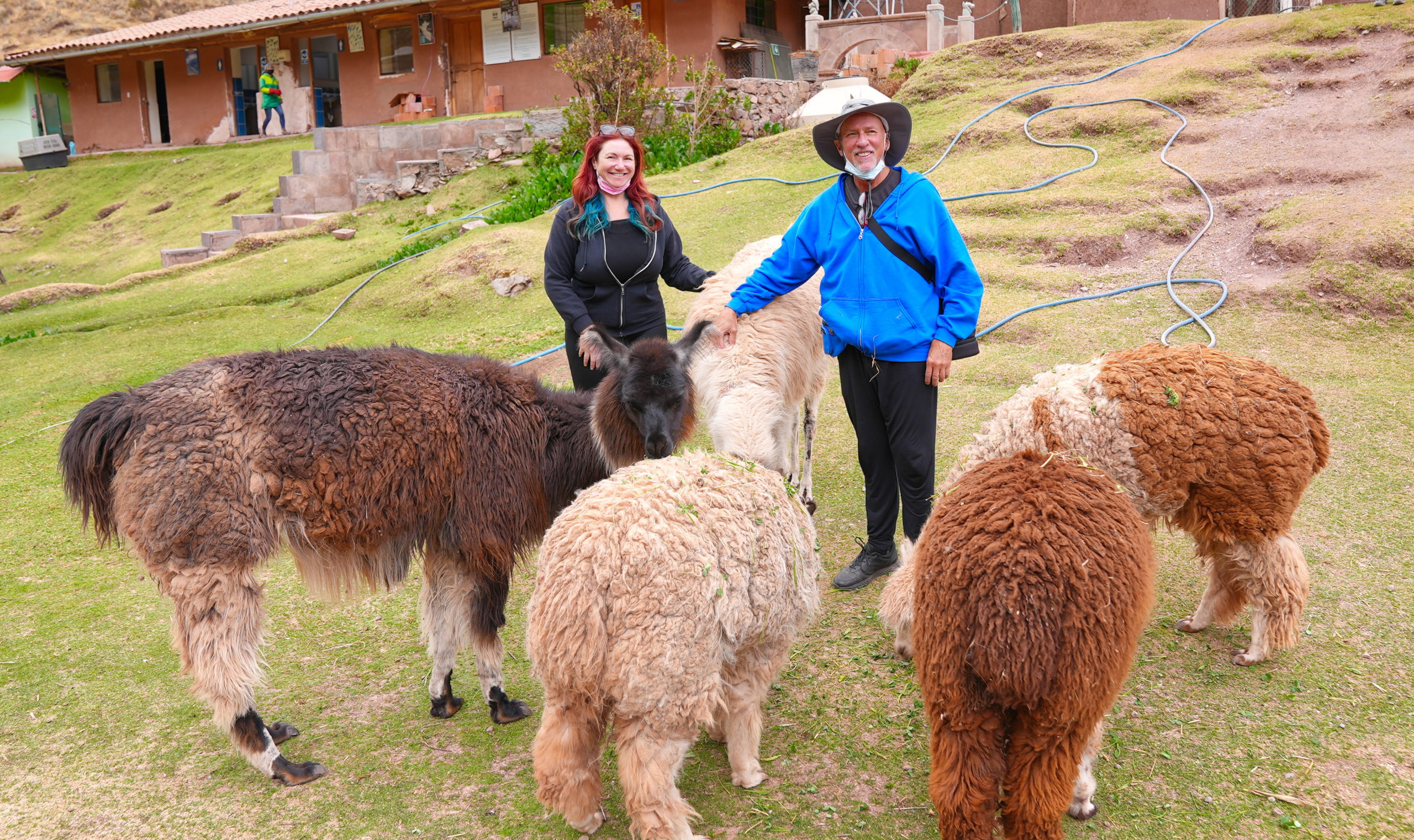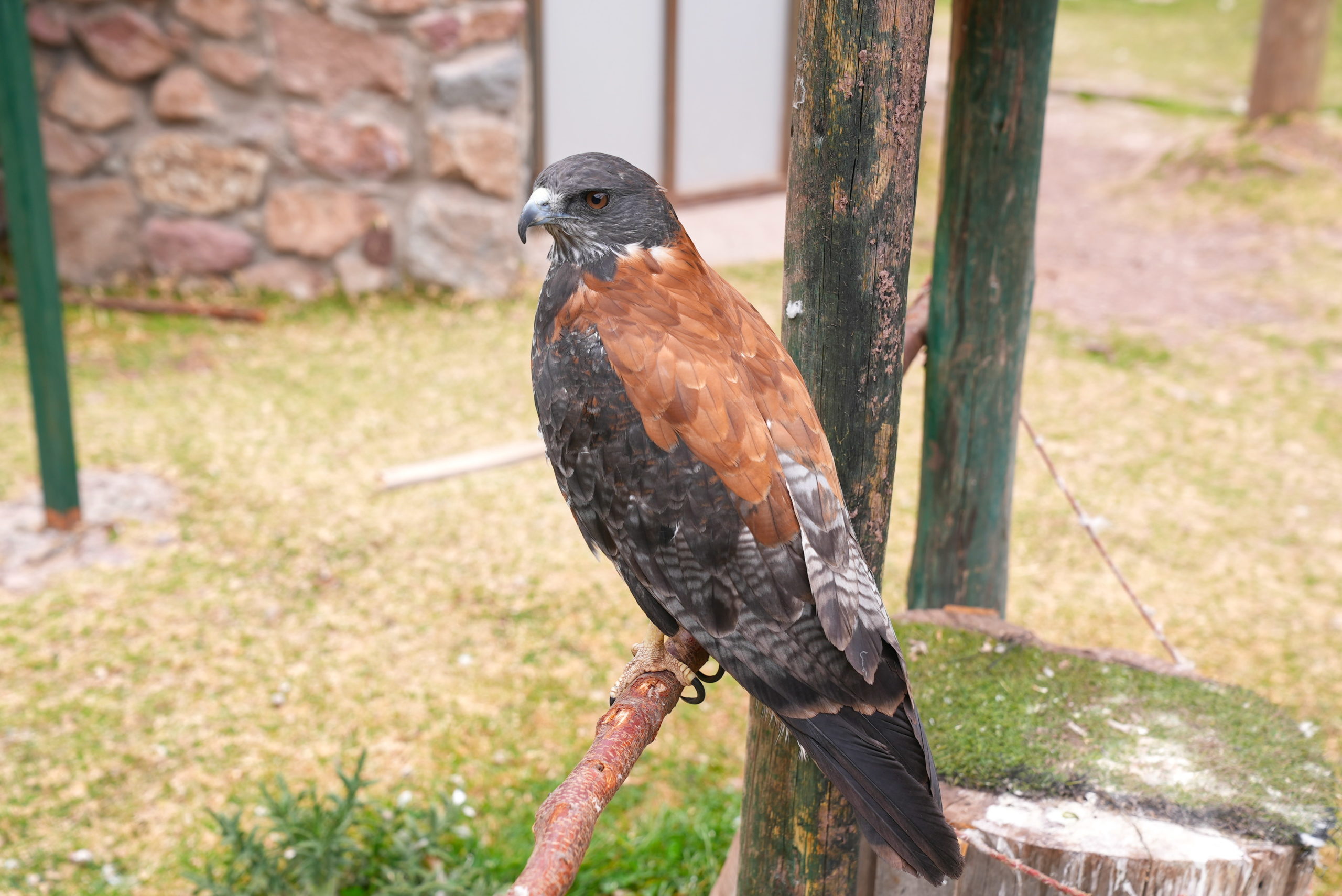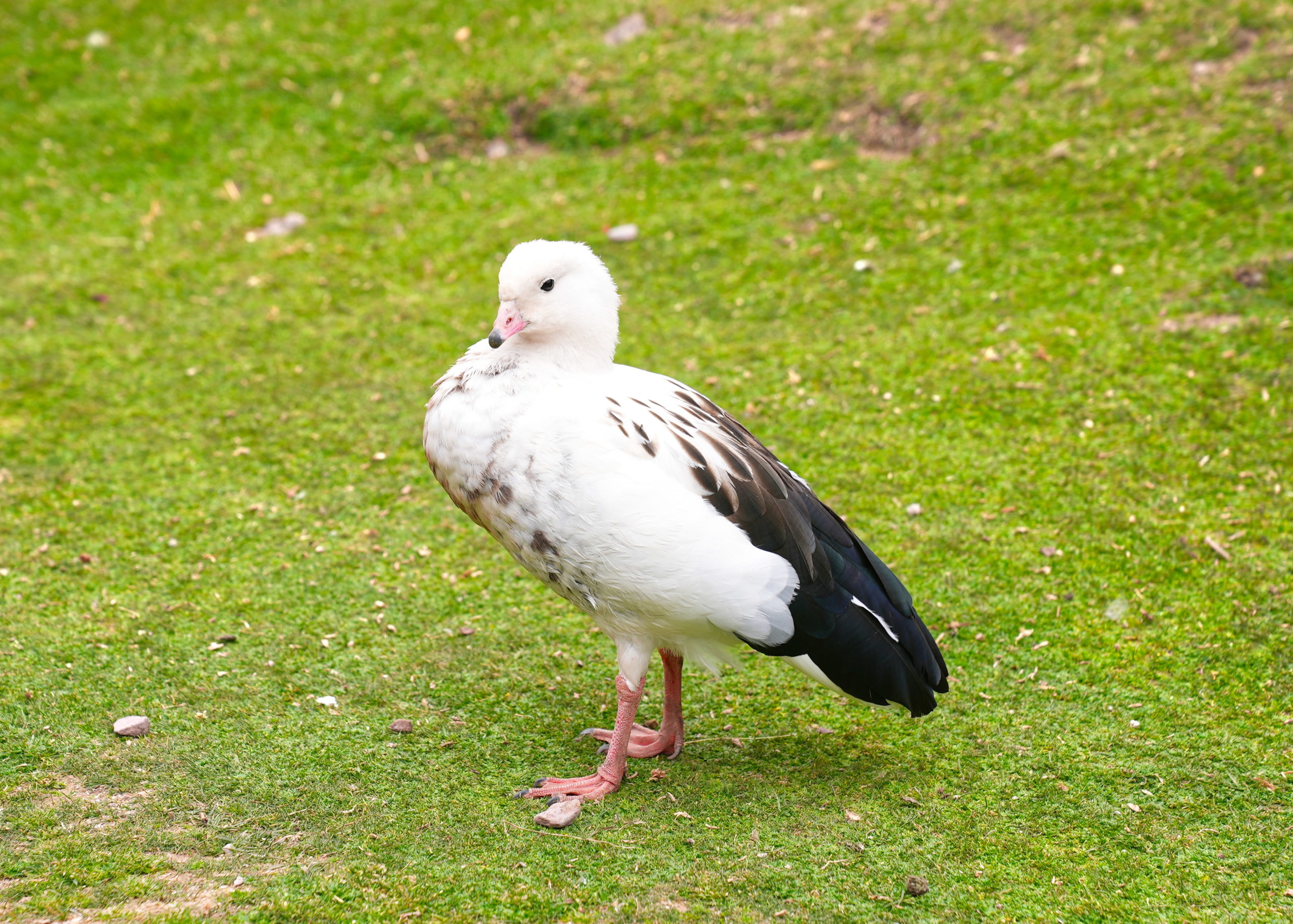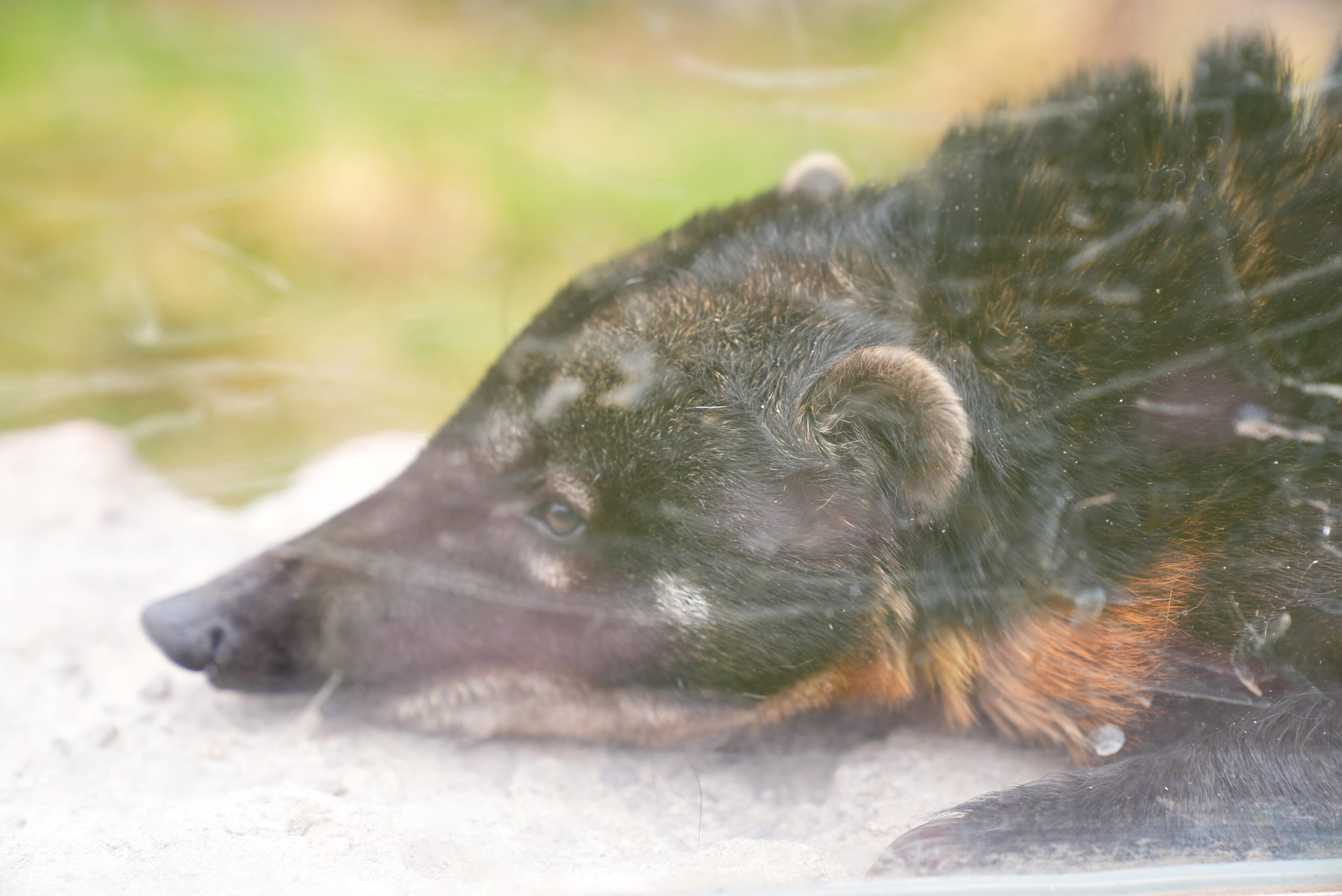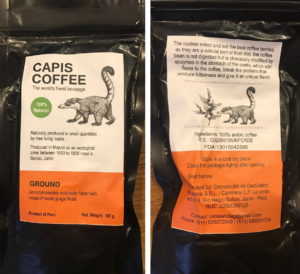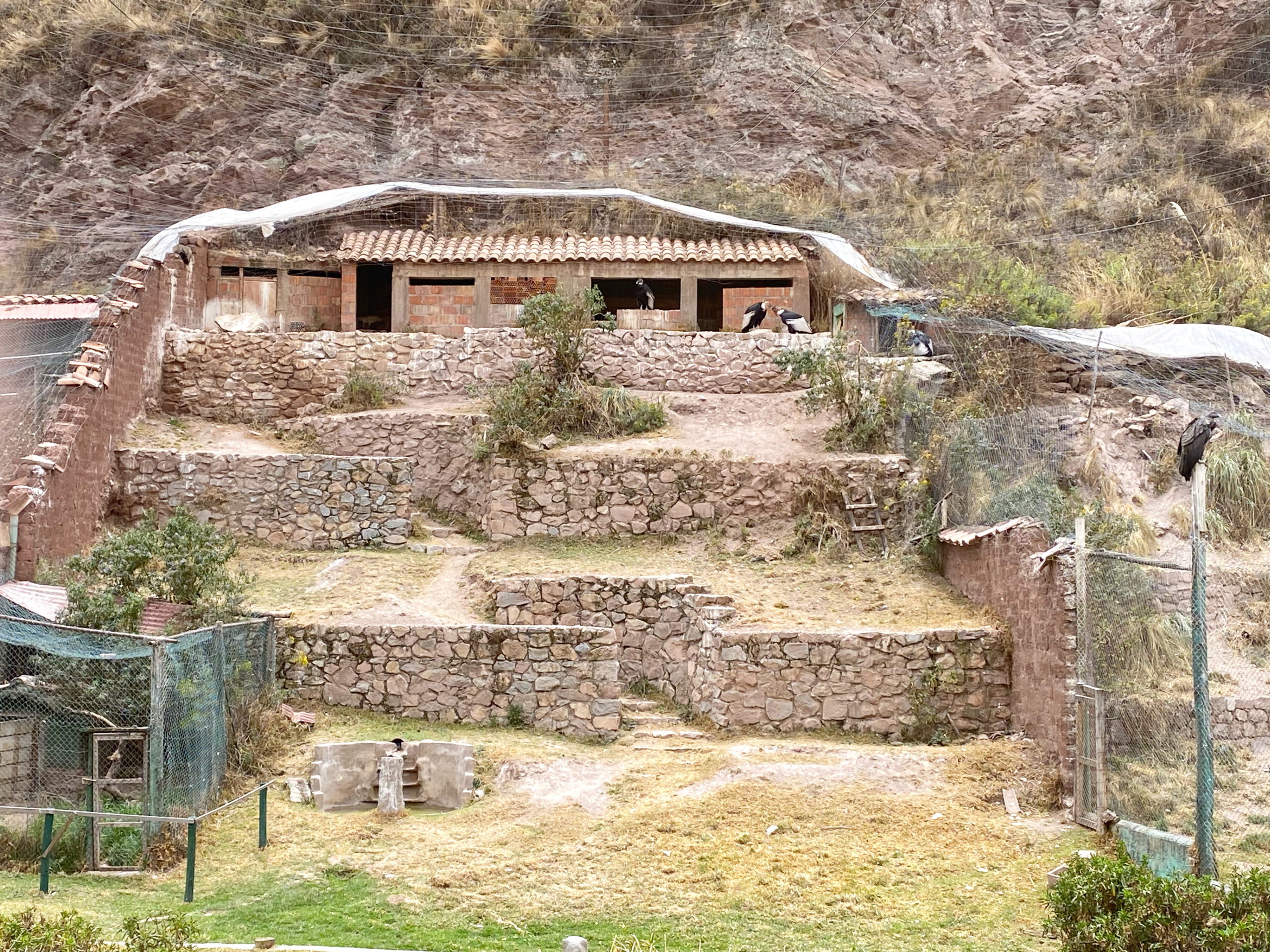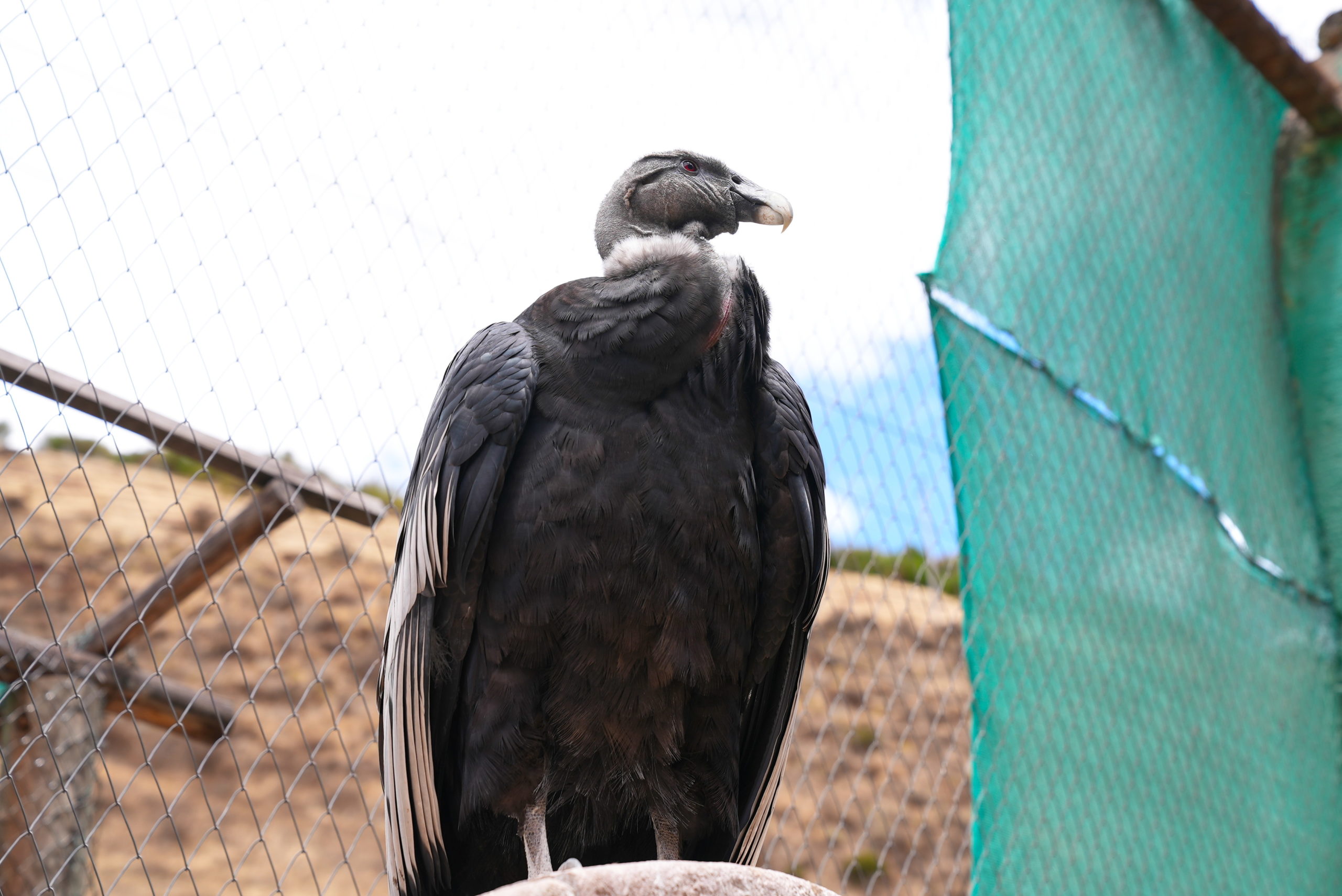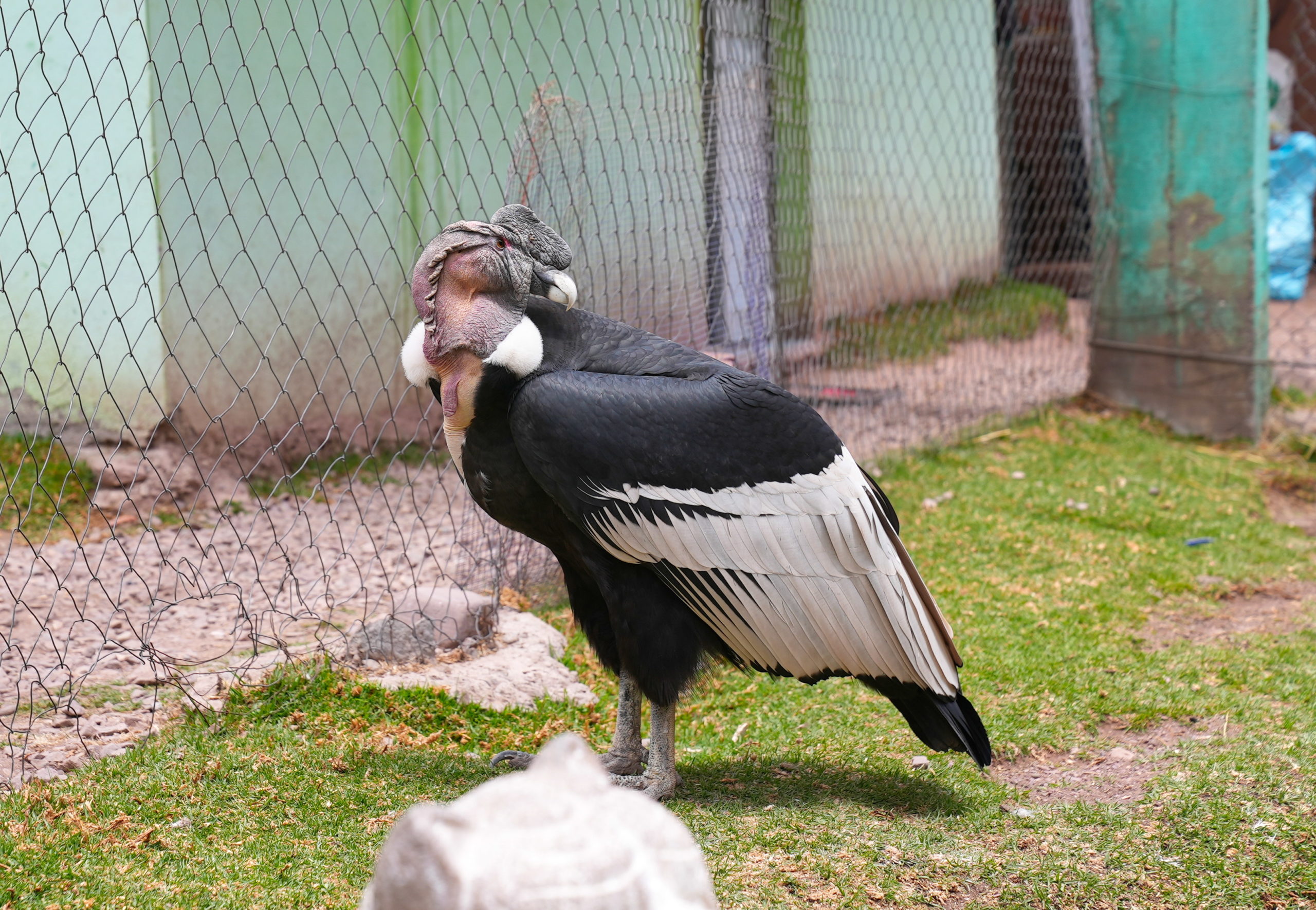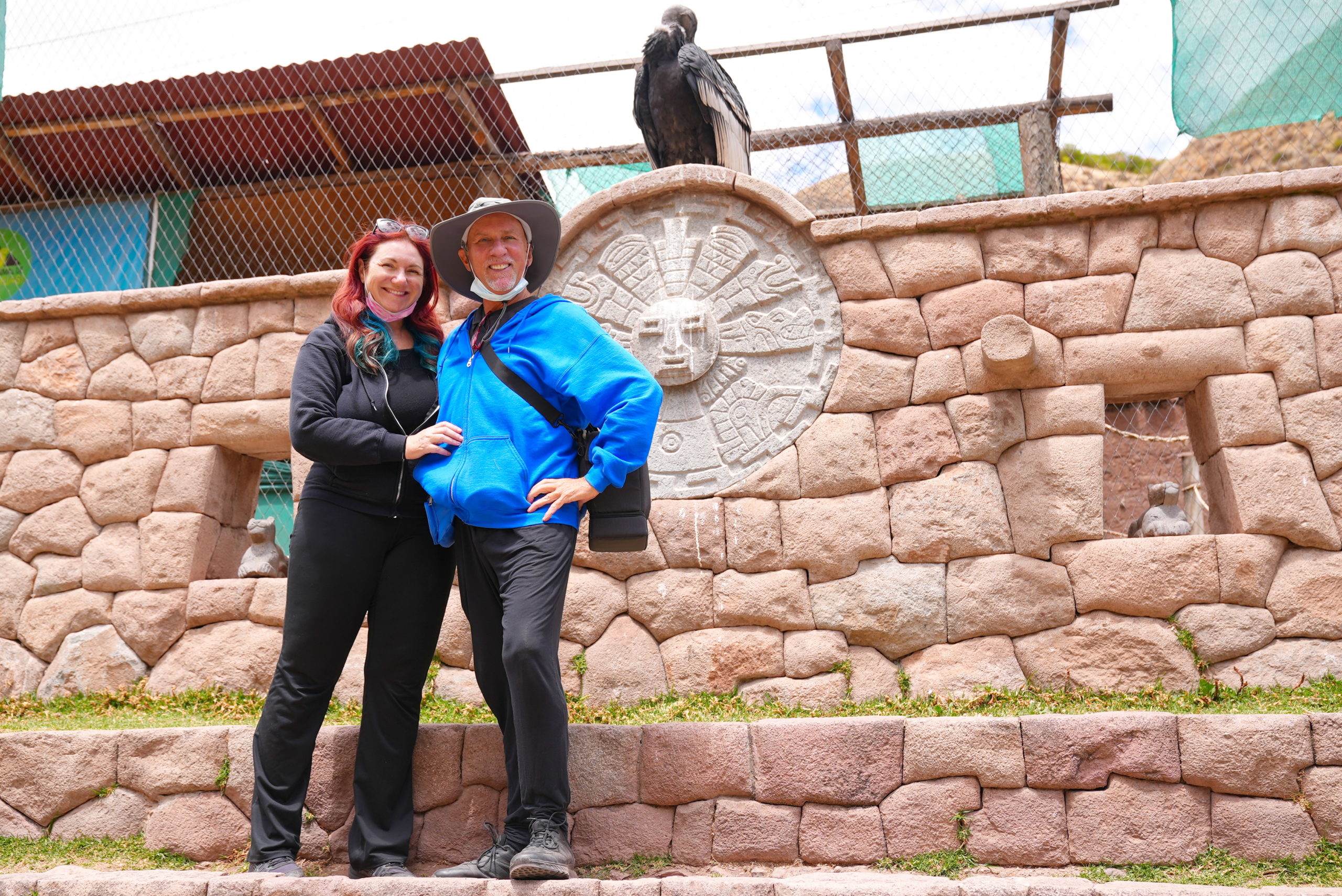As you may recall, our adventures took us to Peru, where we had, well, adventures. Herein we visit the lovely city of Cusco!
Cusco was the capital of the Inca Empire from the 13th century until the 16th-century Spanish conquest. In 1983, Cusco was declared a World Heritage Site by UNESCO with the title “City of Cuzco”, which, in our opinion, is pretty clever!
Items to note:
There is no official spelling of this town. Cusco, Cuzco, Qusqu, and Cozso are all accepted.
Cusco is frequently the first stop for adventurers traveling to Old Mountain (also known as Machu Picchu).
Cusco
Cusco is very close to Lake Titicaca, made famous by the Great Cornholio. The lake’s name is a favorite among young geographers. Sadly, our travels are during the Great Panic and flights no longer go directly from Cusco to Titicaca, so travel from Cusco to Lake Titicaca would go through Lima and take one full day, each way.
Cusco is a thriving city of almost half a million people. It has very uniform roofs, save for a few ugly white (probably government) buildings. The large square near the bottom, just left of center, is the Plaza de Armas de Cusco, which is “the central nucleus of modern Cusco, surrounded by tourist restaurants, jewelry stores, travel agencies and the same Catholic churches built during the colonial period and which constitute two of the most important monuments in the city: the Cathedral of Cusco and the Church of the Society of Jesus.” Yeah, Jesus has his own society. Sweet.
In the Plaza de Armas de Cusco is the Templo de San Pedro.
The internet will tell you that this is the Iglesia de San Pedro, but it’s a Templo. It says so by the blue and white plaque. “Templo De San Pedro. Antigua Parroquia Del Hospital De Los Naturales”. “El Terremoto de 1650 ocasionó la destrucción de casi toda la estrutura con excepción de una sala del hospital. Se tuvo que esperar 38 años hasta el 14 de septiembre de 1688 cuando se puso la piedra fundamental de la nueva iglesia (hoy Iglesia de San Pedro) contando con el apoyo del Obispo del Cusco Manuel de Mollinedo y Angulo. El hospital dejó de funcionar a inicios del siglo XIX, tras las convulsiones provocadas por los guerras de independencia hispanoamericanas.”
We want to look inside, but it’s closed. Sad. Besides, we are not allowed to take pictures of the inside of churches in Cusco, because God forbids it or something. Kill the Incas? Okay! Photograph the inside of a church? Sinner!
Near the Plaza de Armas de Cusco is the Arco de Santa Clara (roughly translated as the “Arch of Saint Clair”). According to the plaque, “ESTE ARCO DE TRIUNFO FUE CONSTRUIDO EN EL AÑO 1836 EN CONMEMORACION A LA CONFEDERATION PERU-BOLIVIANA”. Another plaque states:
TRIBUTE OF THE NATION TO THE HEROES OF THE FIRST LIBERTARIAN MOVEMENT OF PERU
LORENZO FARFAN DE LOS GODOS
ILDELFONSO CASTILLO
JUAN DE DIOS VERA
DIEGO AGUILAR
ASCENCIO VERGARA
JOSÉ GOMEZ
EXECUTED ON JUNE 30, 1780
DAY OF CUZCO JUNE 24, 1944
This speaks to the efforts of one José Gabriel Condorcanqui Noguera, who began the “Great Rebellion” against the Spanish crown, causing the death of more than 100,000 people. He is recognized as the founder of the Peruvian national identity. The statue of the fellow on top is not him; it represents liberty.
However, nothing happens when you go through the arch. Like, you don’t get teleported or anything. It’s just an arch.
The Monasterio de Carmelitas Descalzas de San José y Santa Teresa is owned by the Order of the Discalced Carmelites. “También es notable la reja del coro bajo, en el presbiterio, lado de la Epístola, defendido por seiscientas púas de hierro, mientras el coro alto sobre el sotacoro, sólo tiene celosías de inspiración mudéjar.” Yikes!
The Incas built the temple known as Kiswarkancha on the main square in Cusco. It was the Inca palace of Viracocha, ruler of the Kingdom of Cusco around a century before the Spanish colonists arrived. When the Spanish conquistadores arrived in Cuzco, they decided to take down the temple and build their Christian cathedral on that prominent site. Thus, we now have the Catedral Basílica de la Virgen de la Asunción.
The church is a major repository of Cusco’s colonial art. Much of that artwork originated from the Escuela Cuzquena, a school built by the Spanish to educate the Incas and their descendants with the methods and disciplines of European renaissance style artwork. This school was famous throughout the colonial Americas, but the Quechua painters were limited to painting scenes of European and Catholic importance. The restrictions imposed on the Inca artists meant that they were not permitted to sign their own artwork; thus, much of it is unidentifiable. Nice, eh?
The most photographed church in Cusco’s square is the Iglesia de la Compañía de Jesús. It is built on Amarucancha, the palace of the Inca Huayna Cápac. The original was built in 1576, but God sent an earthquake to destroy it so that an even better church could be built!
There are seventeen churches in Cusco. I know what you are thinking: Man, they must have A LOT of sinners. I have no comment.
Note that if you follow the small street to the left of the church, you can find public restrooms.
This statue in Cusco Square honors Pachacútec, a ruler most famous for constructing Machu Picchu and dying “naturalmente”, rather than at the hands of the Spanish.
During Pachacútec’s reign, Cusco grew from a hamlet into an empire that could compete with, and eventually overtake, the Chimú. Pachacútec began an era of conquest that, within three generations, expanded the Inca dominion from the valley of Cusco to nearly the whole of western South America. Thus, after destroying all the Inca temples, we honor their great culture with this statue. Praise the Lord!
On to more mundane history, the influence of the colonial period can be seen in the architecture found on common streets in Cusco.
Cusco has indoor shopping areas, but all sorts of goods can be found just by walking around. When you travel to Peru, you are enjoined to avoid drinking or washing food with tap water. So, we have to wonder on the enforcement of hygiene, and decline to purchase any produce.
In the US, we have stores dedicated to hiking; these stores sell expensive, state-of-the-art backpacks. Peruvians have no need for such folly; a simple plastic tarp carries everything one needs to embark on a journey.
Somebody thought this was a good idea. There is a lot I don’t understand about a lot.
Probably the most obvious item of concern is the large outhouse built atop another structure. I admire their ingenuity, but question their judgment.
Then there is the “No Estacionar” sign. Besides the fact that it is being ignored, it’s facing the wrong way on a one-way street.
Yup, a lot I don’t understand.
Those colorful women have a young alpaca and a small baby alpaca. For money, you can take a photograph of the alpacas or, for even more money, you can pet the young one or hold the baby and take a photograph.
No, I’m not paying them, because this photograph is for, um, the historical record.
There is more than one business in Cusco calling themselves “Shaman Shop”. If you search the Internet, this is not the one that Google knows about. Rather, this one sells cool objet d’art. We are looking for a pene de cuarzo for our friend; sadly, this store does not carry such items.
When you first arrive in Cusco, you notice all the houses and business that display the rainbow flag, which has some notoriety as a symbol of LGBT social movement.
Wrong. This is the official flag of Cusco, apparently appropriated by western culture. Oh, well. At least we didn’t destroy them in the process.
But Cusco is more than just history. There is a thriving market. Let’s visit!
Mercado San Pedro
The Central Market of Cusco or Mercado de San Pedro was built in 1925 and is the oldest in the city. The construction was directed by Gustav Eiffel, the same fellow who built the Eiffel Tower in Paris
This looks promising. Let’s see what’s inside.
Look! We can buy alpaca (or llama?) hats with long strands, possibly alpaca (or llama?) fur. And we can get a bag that reads “Machu Picchu”, without the trouble of actually going there!
This seems a bit more hygienic than the situation in the street. But what is the red rope for? Perhaps to remind us not to climb on the food…?
If you are in the market for nuts and grains, this happy employee with gladly assist you.
There are also textiles for sale, next to what appears to be a food court. Looks yummy!
This plate of wieners makes me want to start up the ol’ grill, get my favorite mustard, and chow down!
This fellow has a good business idea. For every cow that dies, you get one cow but he gets four feet!
When pulling the skin off a face, be sure to leave the eyes so that you can make eye contact.
Okay, most kidding aside: what do they do with this? Like, does mom come home, show the kids what she bought, then fry it in butter and serve it? And, what did they do with the skin?
Doesn’t this look tasty? Now, think back to those wieners, and think about what is probably in them….
I’m pretty sure the tube is the trachea. You might have thought it was the esophagus, but remember: the trachea is for breathing and must stay open at all times. Thus, it is ribbed for her breathing pleasure.
And if you still aren’t hungry, well, let’s just bring home a bucket of brains. Maybe with fava beans and a nice Chianti.
Cuy
As long as we are stimulating our appetites, let’s get some cuy!
Cuy are rodent common to South America. They are originally from the Andes and, in the wild, are found on grassy plains and occupy an ecological niche similar to that of cattle. They were domesticated about 7,000 years ago, and now serve as a food source. So we have stopped in a small town called Lamay (more on Lamay in another article) to enjoy this delicacy.
We are not sure what to expect, and peer into the oven-air oven. I guess no one orders them “rare”.
“Can we see it?” we ask? Our translator inquires on our behalf, and the cook pulls it out of the fire. But wait, there’s more!
In fact, we can pose with them! Yes, it’s a bit different than how we handle food or food-like products in California, but sī fuerīs Rōmae, Rōmānō vīvitō mōre.
We sit at our table and sip beer. In the back of the restaurant, we hear CHOP! CHOP! CHOP! Moments later, we are served cuy on a plate of potatoes. Finally, we dine!
This is the best cuy I have ever eaten!
In fact, the cuy is meatier than chicken, and heavily spiced. We eat only a small piece, more to say we’ve done it than to actually do it.
Our driver, however, attacks the cuy with a gusto. Apparently, it is a treat that locals eat only a few times a year, and there is plenty of it, so you are looking at one happy Peruvian.
Done correctly, one uses one’s hands and eats with enthusiasm, ensuring no meat is left uneaten. And indeed, our driver does eat all the cuy, save for the two small pieces we ate. This is the way to a Peruvian’s heart.
Chocolate
As you know, the food of the gods originated in the Americas, so it is fitting that we visit Choco Museo in Cusco.
The first thing to learn is that chocolate can be incorporated into a sex education workshop. There is just so much “right” about this concept.
The second thing to learn is that the Incan women were VERY satisfied. Yes, indeed.
Chocolate is good.
Pisac
Not far from Cusco is the thriving metropolis of Písac, famous mostly as a place near ruins.
We stop at the Písac Welcome Center, but it is closed. Sad. But it makes for a good photograph, right?
This is Písac. Nice, eh? Our driver explains to us that the lines dug into the mountain, when observed correctly, look like a condor. We take his word for it.
In fact, this area is picturesque, reminiscent of some of the prettier parts of Colorado.
But, there isn’t really much to do here, so we ask our driver to take a photograph of us being happy in Písac.
Now, for you folks younger than 25, pay attention: this is not magic. My phone is not floating in the air, taking pictures on its own. Nothing of the sort. In fact, it is possible to have photographs of yourself without your foreshortened arm eclipsing half the photograph. You just ask someone take your picture. True! You “communicate using your words”, and it works.
It’s a crazy world, ain’t it?
Okay, we are doing one thing in Písac. We tell our driver that we want to taste alpaca, and he takes us to a nice restaurant here. I know that food always looks unattractive in a photograph, but this particular steak is delicious. It’s a pity we do not serve this treat in California. (It is significantly better than cuy.)
The Andes
You might have realized by now that we are in the Andes. Here is an important point: there is no “And” or “Ande” mountain. All of them and one of them is still the Andes, in the same way that there is no Alp mountain.
So, let’s take a look at the Andes.
Where we are staying is about 3,000 meters elevation. We’ve hiked a bit, so we are even higher. There isn’t much in the air to diffuse the sunlight, so the sky looks how it is supposed to look.
First, notice the scar on the left. Mountains are made of rocks. Rocks fall, sometimes en masse. Don’t build a house there. Second, although we people like to live in river valleys, there is a community of people who live in the high mountain flat areas, raising livestock. And third, we carve roads in the sides of mountains because no one has bothered to invent flying cars.
The valley narrows and, for some people, that’s the perfect place to build their homestead. Just a quiet place in the country. Notice the house in the foreground; it has many windows, yet a view of nothing. <shrug>
One day, when we perfect our weather machines, the whole planet will be green. Now, it’s just a field here and there.
Look closely. Very, very closely. Just to the right of center in the middle of the photograph is a small, white dot. That is a car or truck, being driven from somewhere to somewhere else. These Peruvians are a brave lot.
Where we see pristine beauty, they see a need for roads. Well, perhaps we need to see beauty in scarred hills….
Guidebooks depict meadows, forests, and streams. But, no; this is what it’s really like.
That small building appears to be for religious purposes. Such structures can be seen throughout this area. One can not go inside. Its purpose remains a mystery.
These next three photos show the same set of mountains at different times of the day. Also, the small, white dot is a building. Yes, someone lives and/or works there.
These photographs are in sharp detail in part due to the clean Andean air.
Here you can better see the high mountain valley. We wonder if the people living there are tuned-in to world events, or if they are happily oblivious, living their lives in harmony with their world. Alas, we are disinclined to drive there and ask them.
Ccochahuasi Animal Sanctuary
The Ccochahuasi Animal Sanctuary is “a private organization, dedicated to rescuing and looking after animals which have suffered mistreatment of any kind from former owners or evil poachers or illegal hunters whom commercialize protected species.” We suppose that animals suffering mistreatment from nice poachers are not included…but maybe that’s just marketing material and these folks help all animals in need. Yes, that’s probably it.
A mural greets us at the front gate, featuring condors, a bear, a cat, and other birds. Okay, let’s go in!
This looks like a crazy painting of monkeys plotting evil deeds. It’s not. Well, it’s not a painting…
I’m including this photograph just to show that, indeed, it is not a painting. These monkeys really look like this, and we are glad there is thick glass between us and them.
These spectacled bears have been rescued, so we suppose they are better off than they were. Still, it’s sad to be the largest land carnivore in this part of the world and be stuck in a small enclosure.
On the other hand, only 5% of their diet is meat, and they have plenty of food and good friends, so, according to US beer commercials, that’s all that matters.
The spectacled bear (Tremarctos ornatus), also known as the Andean bear, Andean short-faced bear, or mountain bear and locally as jukumari (Aymara and Quechua), ukumari (Quechua) or ukuku, is the last remaining short-faced bear (subfamily Tremarctinae). The Andean bear is of great importance to indigenous nationalities, especially from the highlands, although it is also known by the Achuar, Cofán, Kichwa and Shuar Amazonian indigenous nationalities. Thus, depending on the area, it has received various names, the most common being the spectacled bear, although it is also known as cariblanco, negro, anteojudo and bestia, to name a few. It also has a name in several indigenous languages; “in Achuar Chicham (Achuar language) it is called Chayú; in A’ingae (Cofán language) it is called Ocomari; in Kichwa language it is known as Ukumari, Yana Puma, Yana Usu, or Uturunku, depending on the region or the Kichwa people; In the Pai Cocä language (Secoya people) it is called Kina Take; while in the Shuar Chicham language (Shuar people), the bear is called Chái, Sanchipin Chái, Cheiva or Chiánkrap”.
This caged creature is a white-throated toucan, found in the Amazon basin. We don’t know how he got here. They eat mostly fruits, but will prey on lizards, birds eggs, and insect. We don’t know why his bill looks cracked, because our Spanish is not good enough to ask about it.
There are four camelid species inhabiting South America: two wild species, guanaco (Lama guanicoe) and vicuña (Vicugna vicugna), and two domestic species, llama (Lama glama) and alpaca (Vicugna pacos). Can you figure out which one this is?
You can see why alpacas are kept for their wool: they grow a lot of it. Interesting fact: Alpacas communicate through body language. The most common is spitting when they are in distress, fearful, or attempt to show dominance. Yeah, you’d think that “spitting” would be a more common form of expression than it is, wouldn’t you.
“In Aymara mythology llamas are important beings. The Heavenly Llama is said to drink water from the ocean and urinates as it rains.” Also, “Not to be confused with Lama, a Tibetan Buddhist teacher.”
We are allowed to approach the critters and pet them. We are told by the staff that, since they are accustomed to humans, they will not spit on us. Notice that these fellows are not in a pen, but are allowed to wander freely. Notice, too, that this is during the Great Covid 19 Panic of 2020-2021, so we must wear chin diapers.
This variable hawk is being care for because its other eye has gone missing in action. In the wild, they are most often seen riding the warm thermals.
This happy fellow is an Andean goose. “Andean geese have developed a mutation in their hemoglobin that has led to a vast increase in hemoglobin-oxygen affinity. More specifically, Hiebl et al. found that the Andean goose has developed mutations that lead to five amino-acid substitutions in the alpha-chain and five substitutions in the beta-chain of their hemoglobin. A particular substitution in the Andean goose beta-chain has led to the elimination of a Van der Waals interaction between the alpha-chain and the beta-chain, This has destabilized the T-state (the deoxygenated state of hemoglobin), which has led to a higher affinity for being in the R-state (oxygenated state of hemoglobin). Overall, this mutation increases the hemoglobin-oxygen affinity of the Andean goose.”
So, there!
The name “coatimundi” comes from the Tupian languages of Brazil, where it means “lone coati”. Sad.
However, there is more to being a coati than just being sad. There is poop. There is coffee. And there is Coati Poop Coffee.
In the wild, coatis are very picky about the fruits they eat. Only the best and ripest are consumed. This includes the best and ripest coffee beans. Well, the coati digests the fruity goodness surrounding the beans, but not the beans themselves. This means that the best and ripest coffee beans can be harvested from coati poop, in the same way that we harvest…well, I don’t think we go out of our way to eat any other animal’s poop. But I digest.
While in the digestive tract, the beans ferment and absorb flavors of other fruits passing through their gut. (It seems the beans would also absorb the flavors of insects, slugs, and other detritus, but the coffee websites never talk about that.)
It turns out that Ccochahuasi Animal Sanctuary sells Capis coffee! And, although it might be overpriced here in the USA, it cost us only $6 per 100 grams when you buy it directly from the source. Well, not directly…but you know what I mean. Hey, wait a minute! $6 per 100 grams is $27 per pound. Ouch! Oh, well, we are supporting a good cause.
What does it taste like? First, I must point out that I don’t drink coffee regularly, and I especially don’t drink Starbucks, the McDonalds of coffee. Basically, food should taste good without additives, and if you are drinking a “blend”, it’s because they are mixing good coffee with bad coffee.
Even though I’m not an avid coffee drinker, we have tasted coffee when traveling, as one does. We have experienced authentic coffee from Turkey, Cuba, Costa Rica, Kaua’i, and Peru, among others… Turkish coffee is very strong and not for the faint of heart. They mix water or milk with very finely ground coffee beans and bring it to a boil. They do not press the beans or strain them through a filter, which is why it is so strong. In Turkey, they sometimes put a cube of sugar in their mouth to make it palatable. Cuban coffee (that you buy in Cuba) is smooth. We visited an organic tobacco farm that also grew coffee fruits. Of course, they have ideal weather for such crops, and it shows in their delicious cups of coffee. I even got used to having a few sips of Cuban coffee with our authentic Cuban breakfast every morning. Costa Rican coffee is very smooth; they brew it about the strength of tea and boast the purity of their 100% arabica beans (robusta plants are not allowed in the country except for educational purposes). We visited a coffee and chocolate museum in Costa Rica where they showed us the whole process of farming, roasting, and brewing coffee. This is the only coffee that I really like! And we still order our coffee from them for the smooth and sweet flavor. The coffee in Kaua’i, on the other hand, raves about the variety of flavors of coffee available. We enjoyed a coffee tasting in one of their plantations where you can taste a from dozens of flavors of coffee (such as hazelnut, macadamia, vanilla, chocolate, coconut caramel crunch, pumpkin pie, mild/medium/dark varieties, etc.). The coffee was all free, though if you want to add milk it is at $.23 per serving. The vanilla macadamia nut was our favorite.
Coati Poop coffee has a medium coffee flavor, with a hint of nut.
There. Now you know.
All kidding aside, it is actually quite good once you get over the “my coffee has been in an animal’s butt” thing. We did buy a few bags and gave them out as gifts. It was amazing to see who had already heard of “cat-poop coffee” (though we did have to correct them that no cat was involved, it’s a coati!). My brother just thought it was a cute image on the front when his wife and son exclaimed, “Is that what I think it is? Oh my god, that’s like super expensive!” And one relative explained to my Mom the whole process of what the coffee is and why it’s such an exquisite gift. A good friend of mine didn’t have a clue but his girlfriend said, “Your friend has a funny sense of humor, doesn’t he?” And so, I became famous for giving out $80/bag (in America, if you can find it) poop coffee to my family and friends.
We are escorted to large area enclosed with netting and wire. At the far end are Andean Condors. We are told to prepare our cameras and wait.
Fly, my pretties!
Condors have a wingspan of up to 3.3 meters and weigh up to 15 kg. According to the internet, “The condor nests at elevations up to 5,000 meters, generally on inaccessible rock ledges.” Meaning, these magical birds nest on rock ledges they can’t access. Alrighty then!
That growth on his head is a caruncle. Only males have them. Why? Only the condors know, and they aren’t talking.
We are sure that you’ve enjoyed sharing our visit to Peru. But wait! There is more! There are more adventures in Peru, including visits to Lamay, Inca sites, Aguas Calientes, and the famous Machu Picchu!

